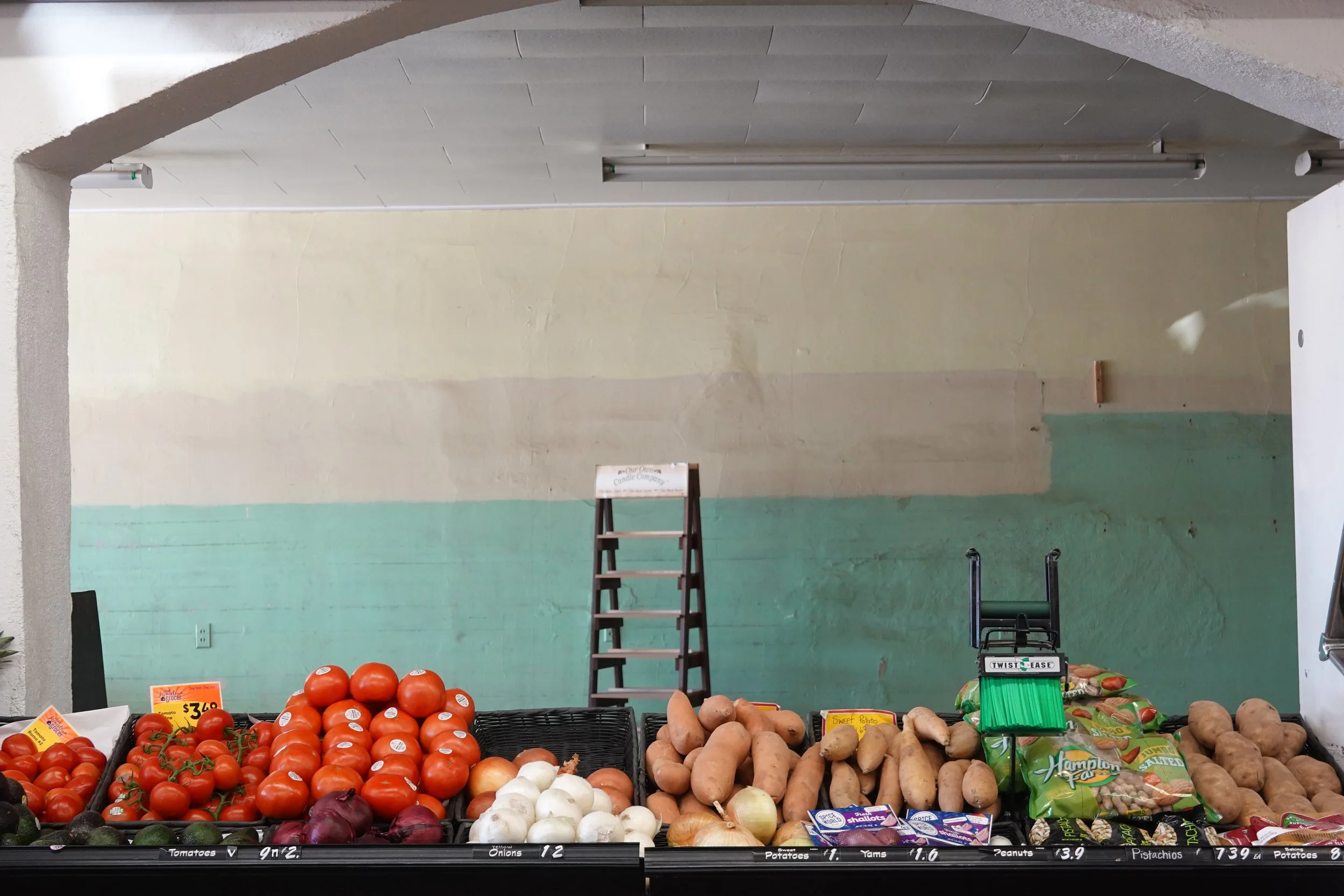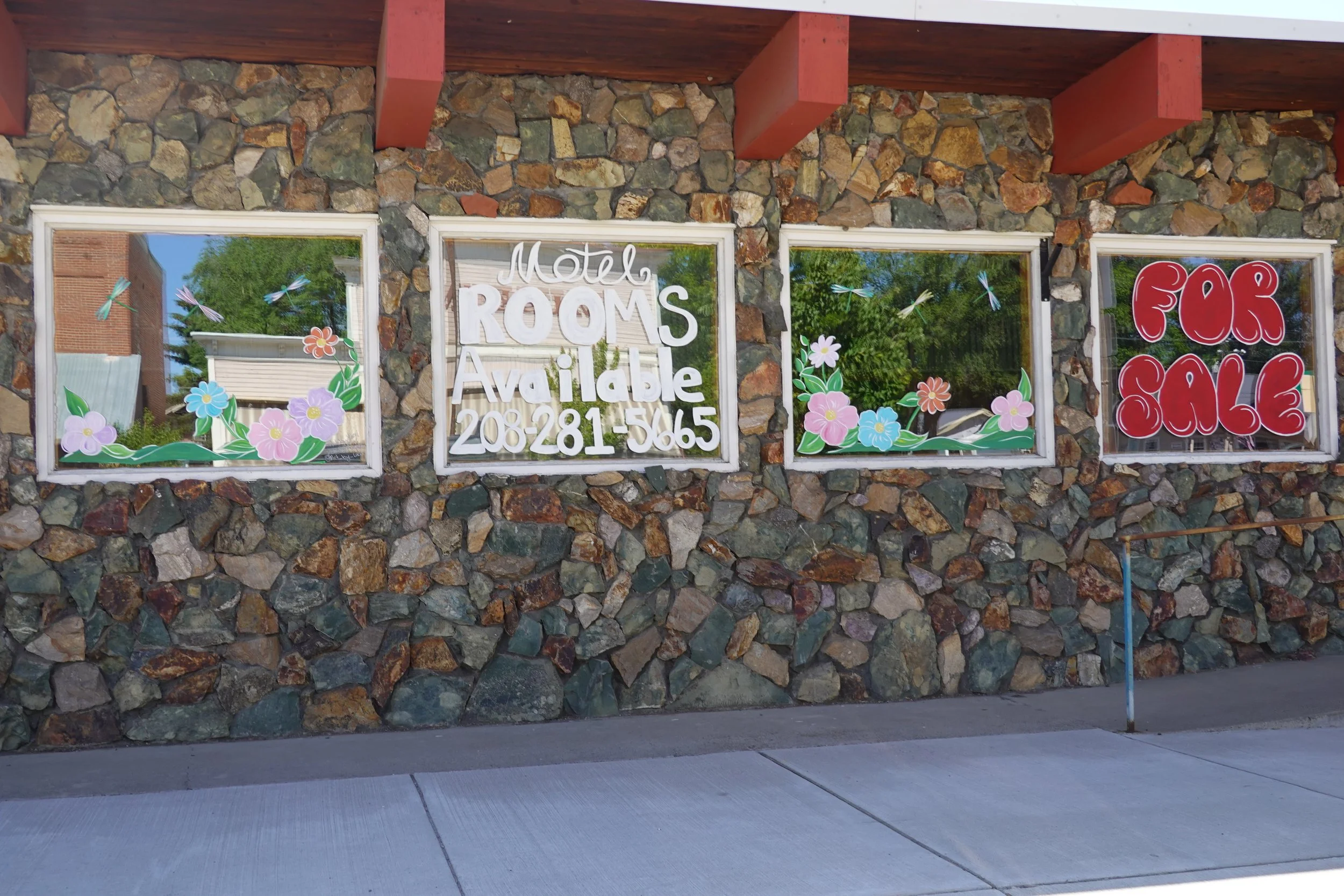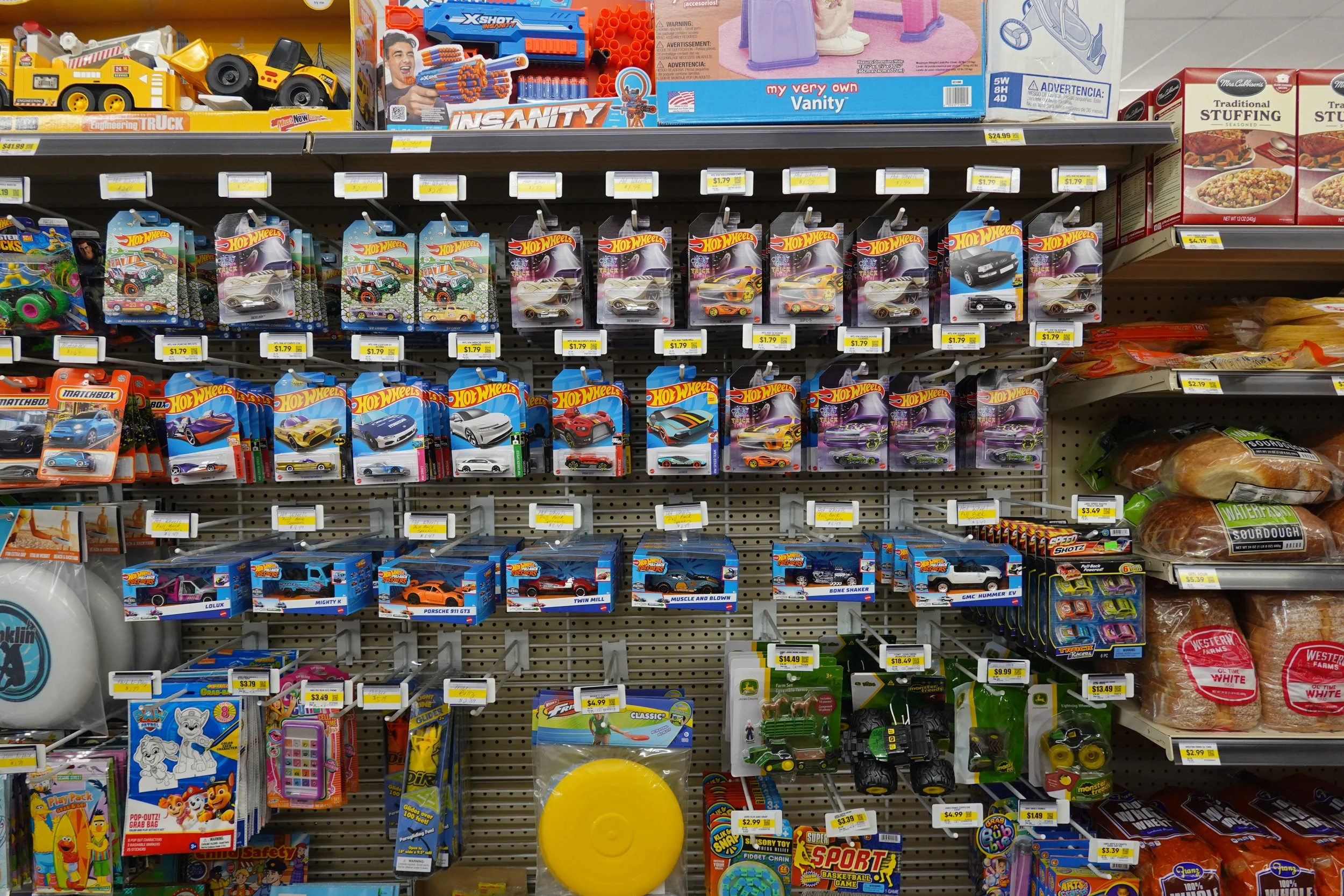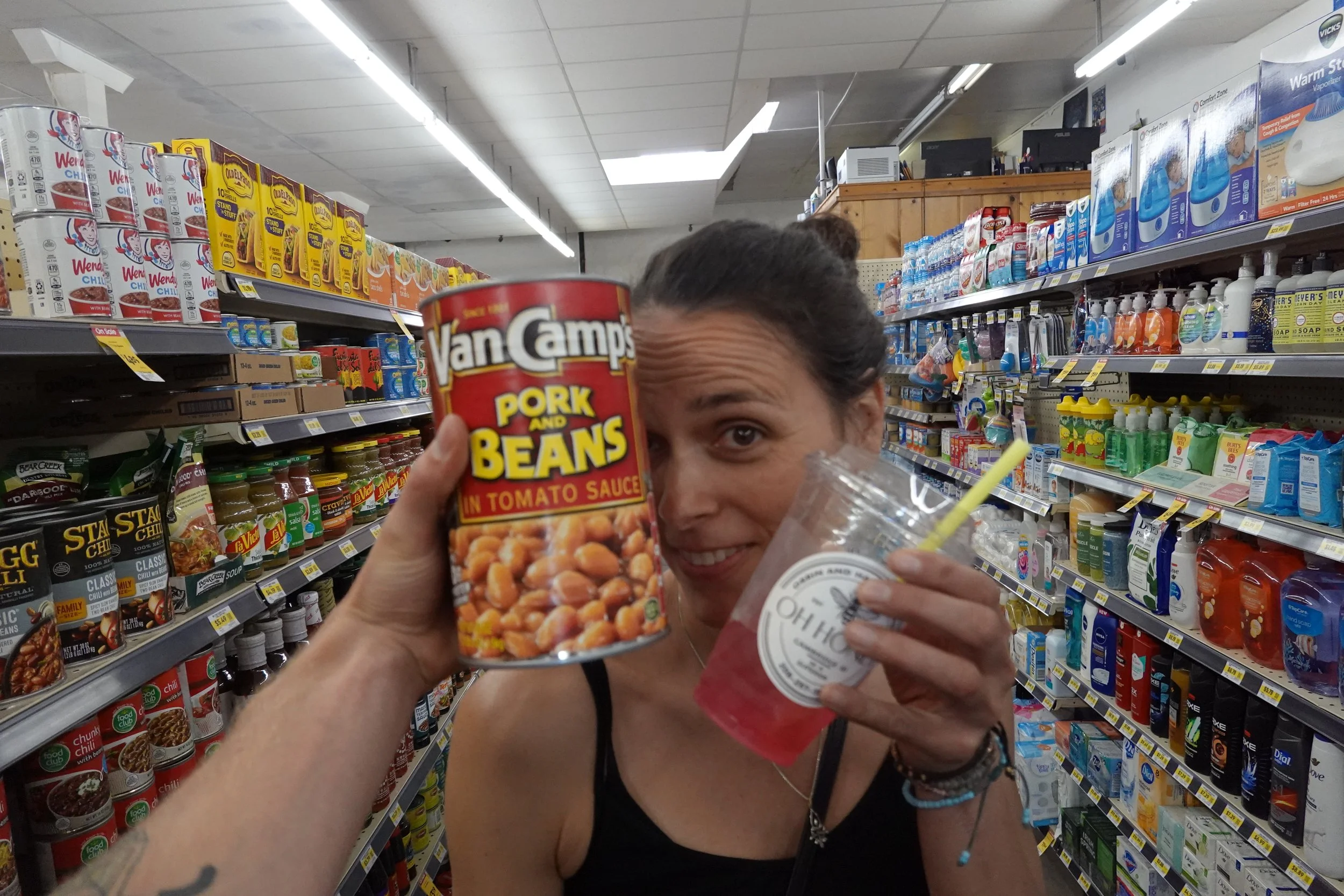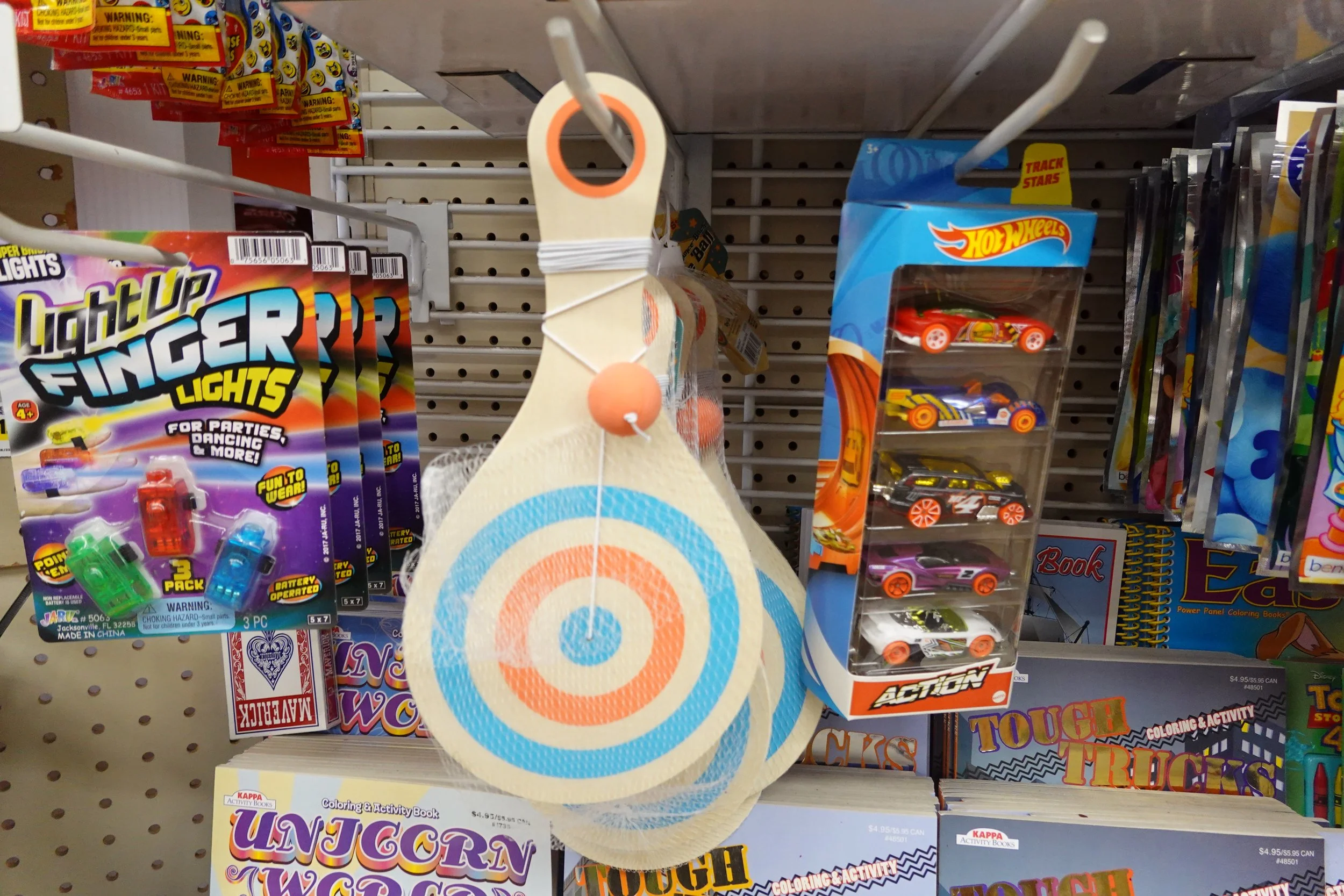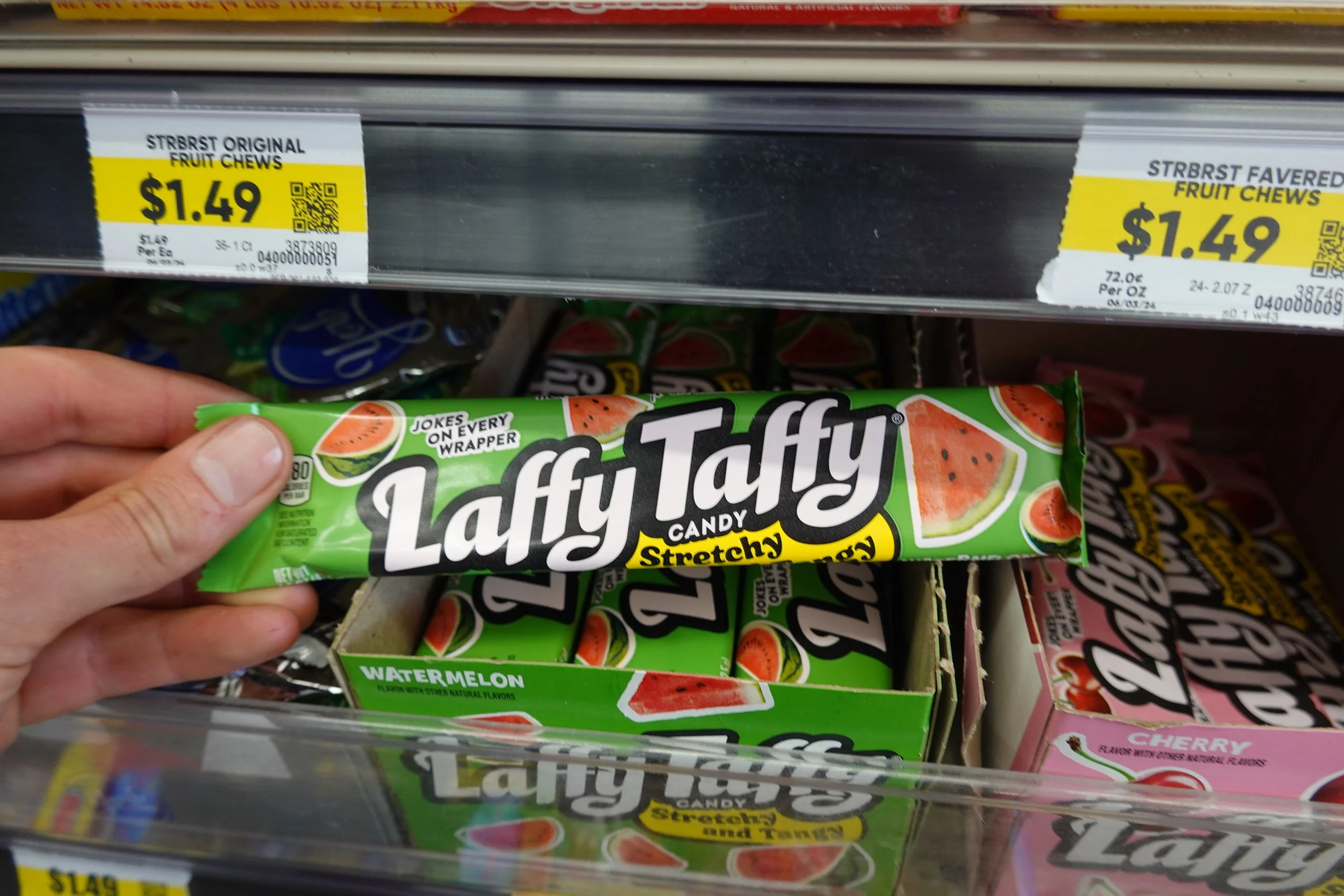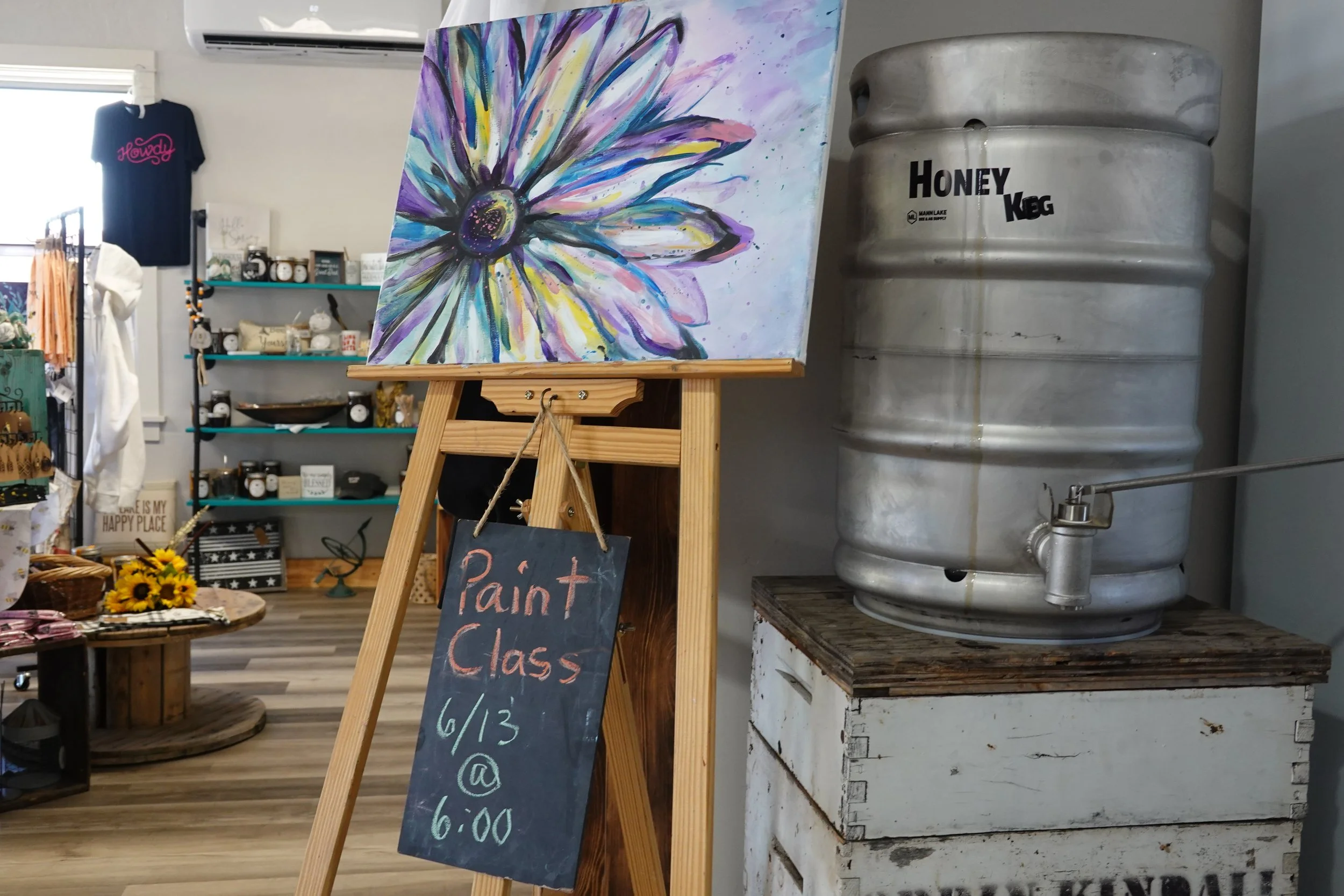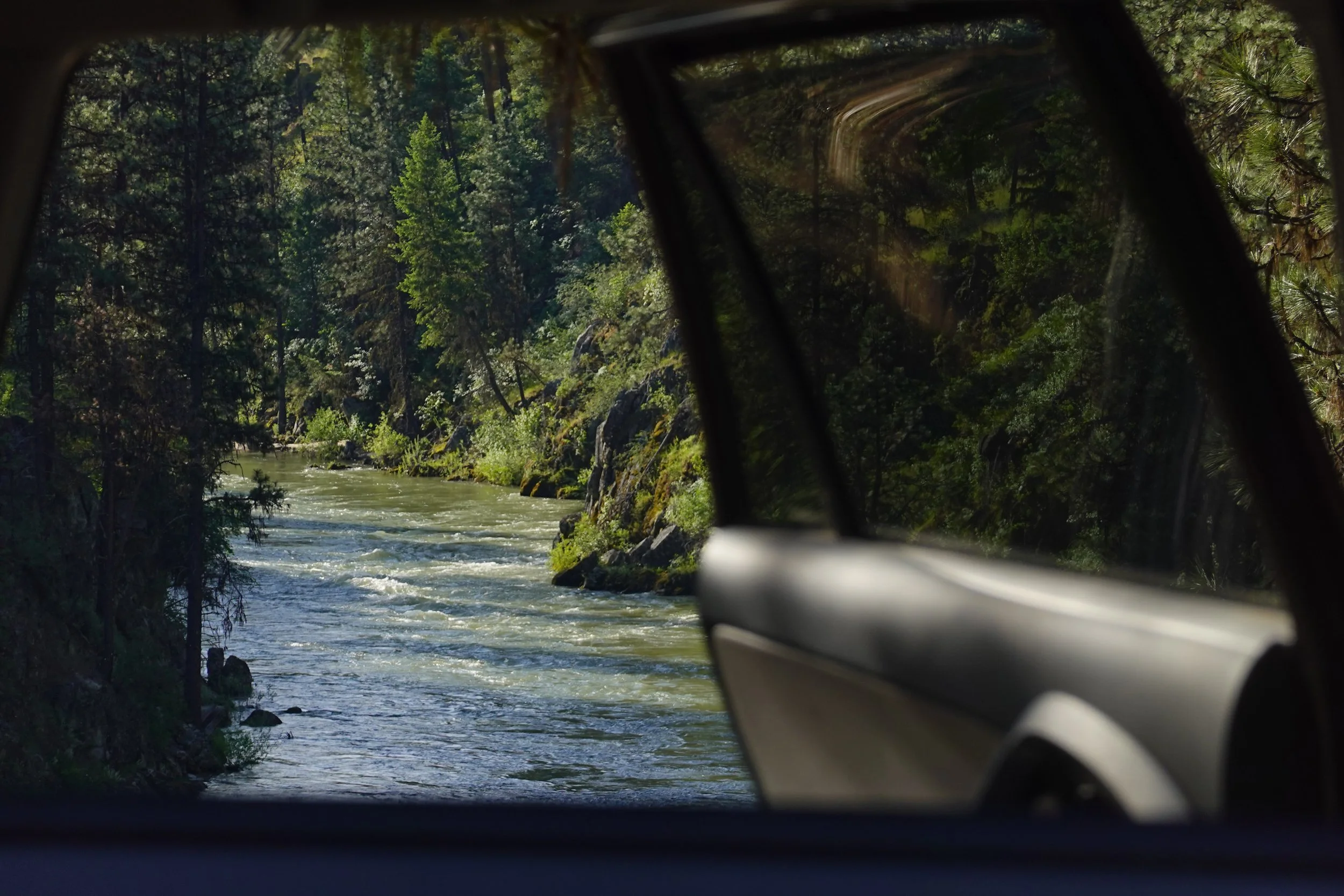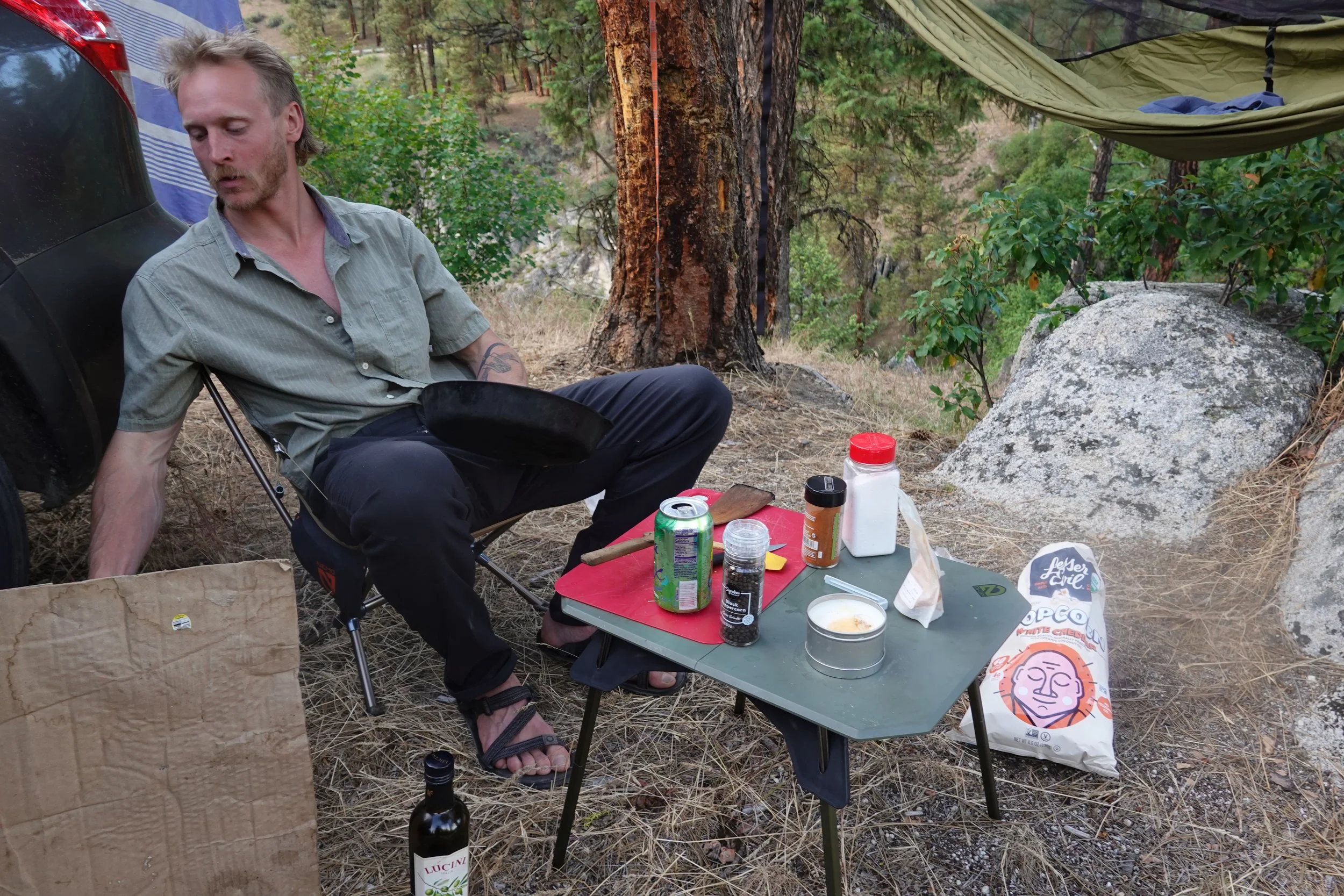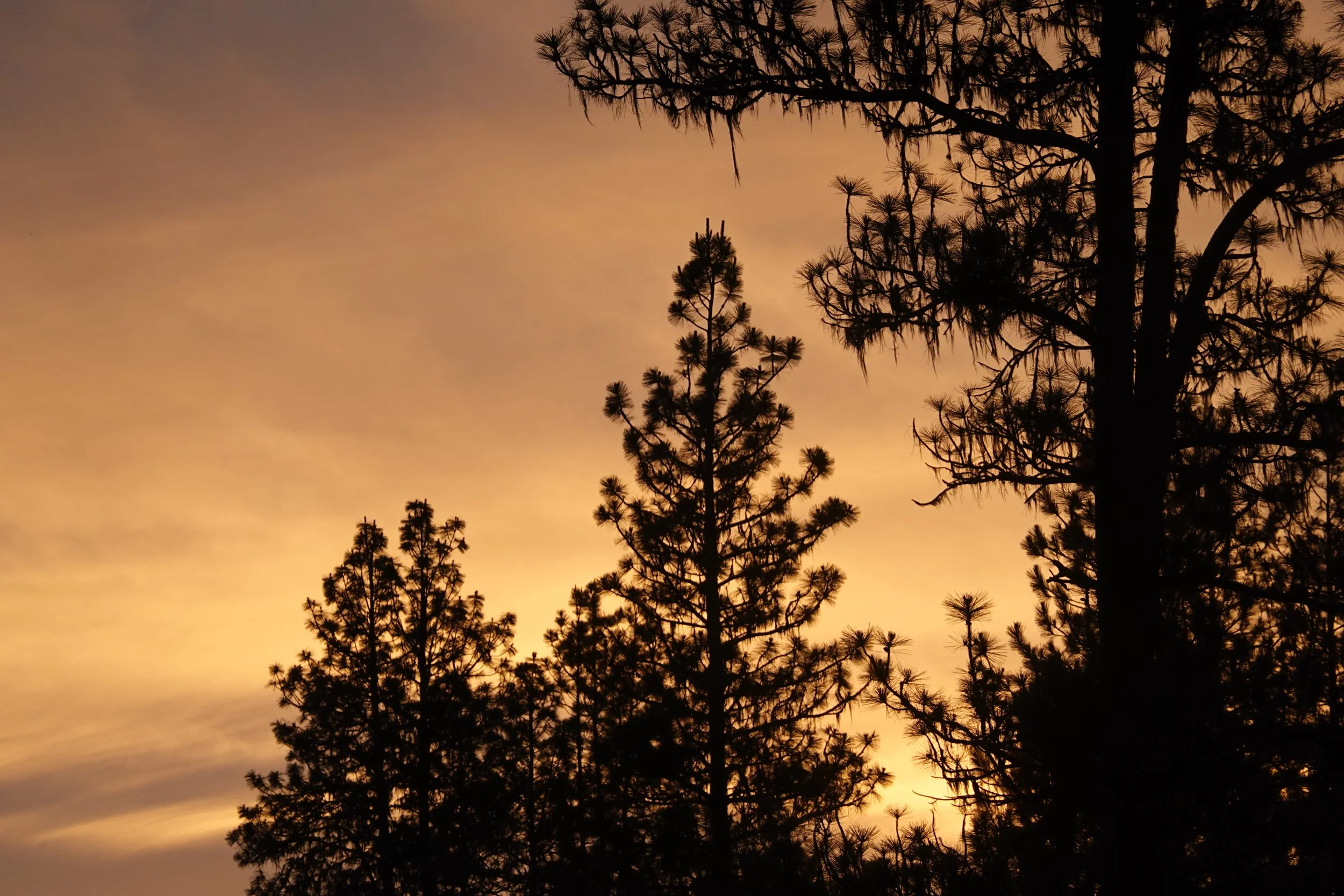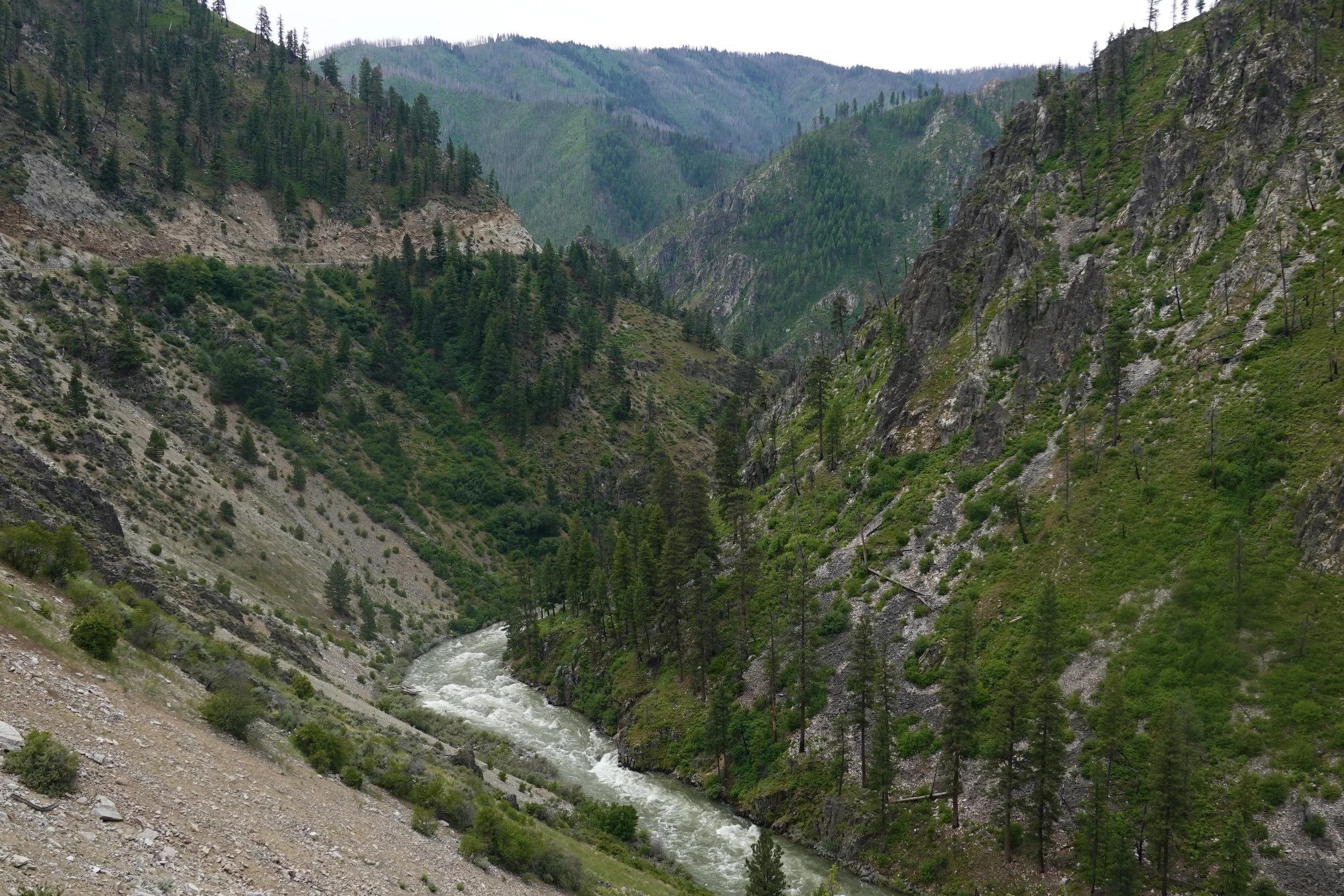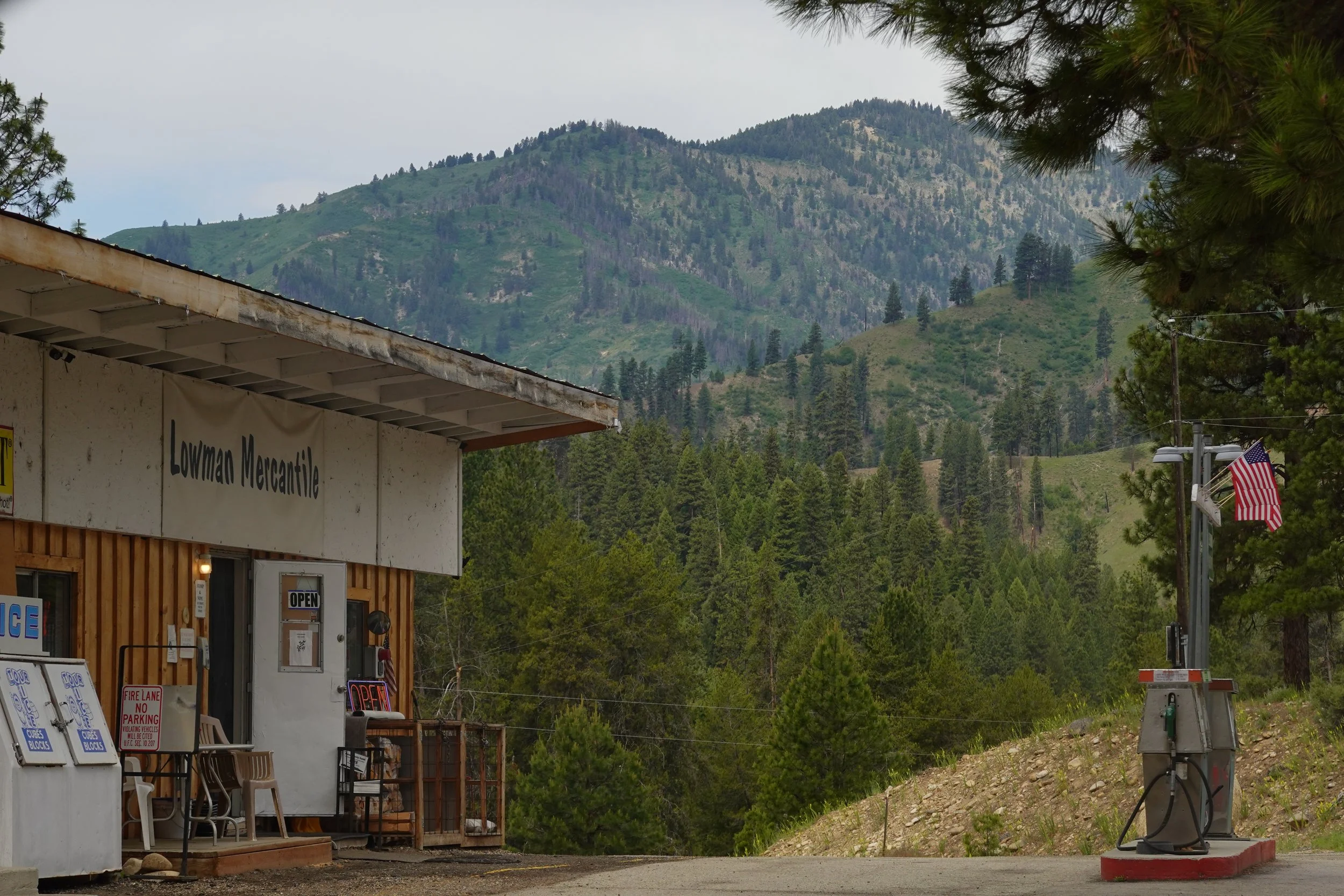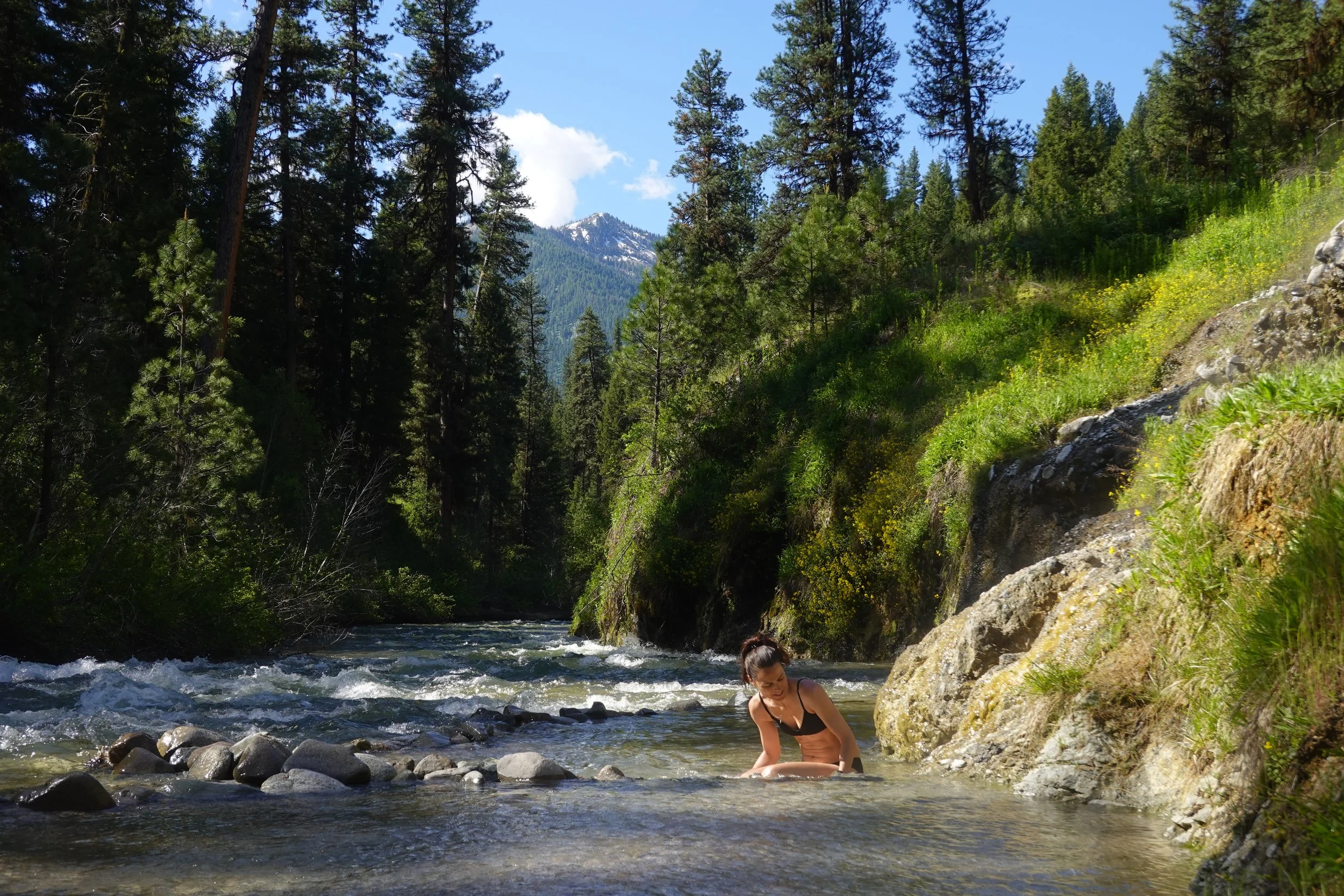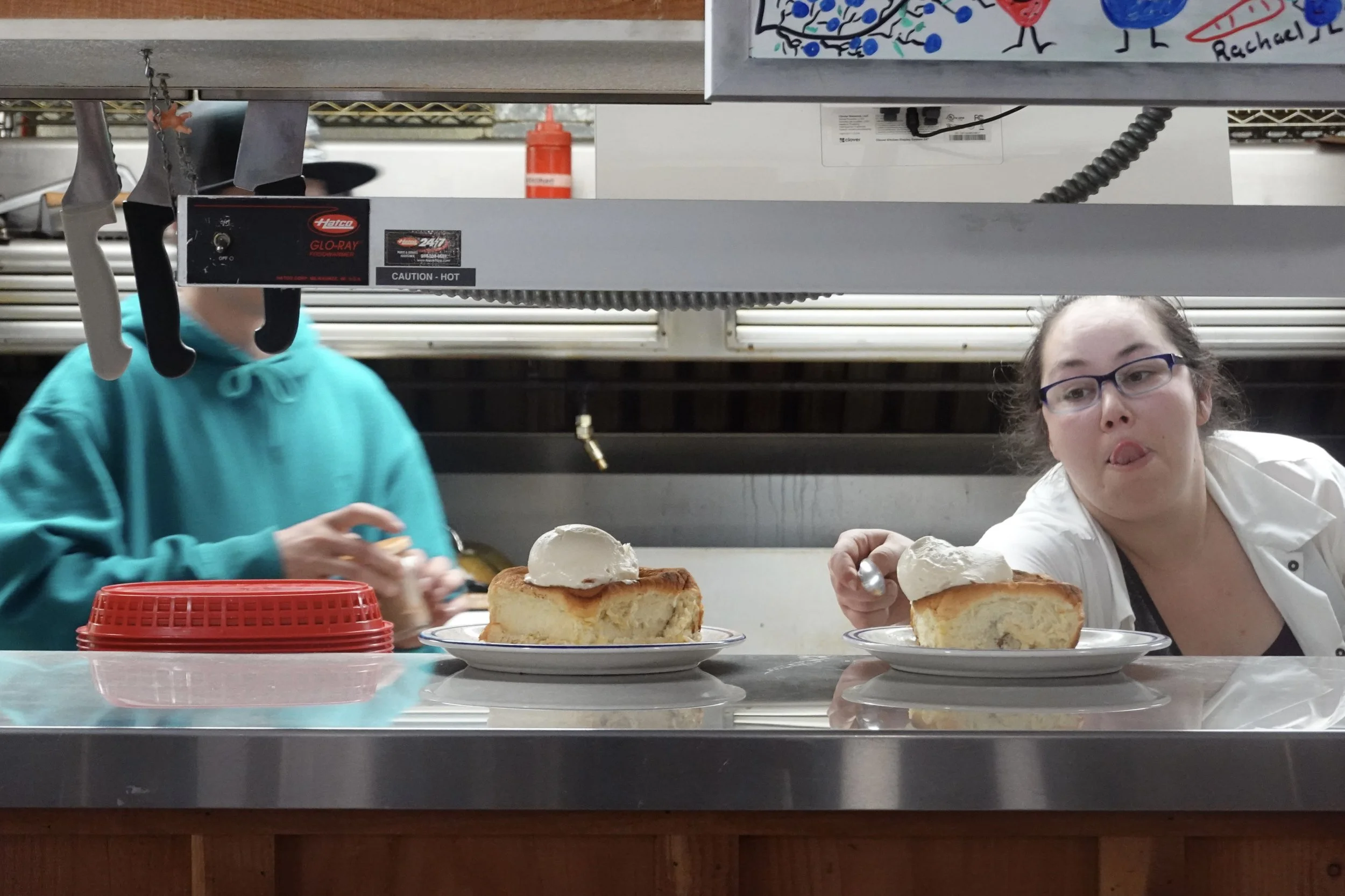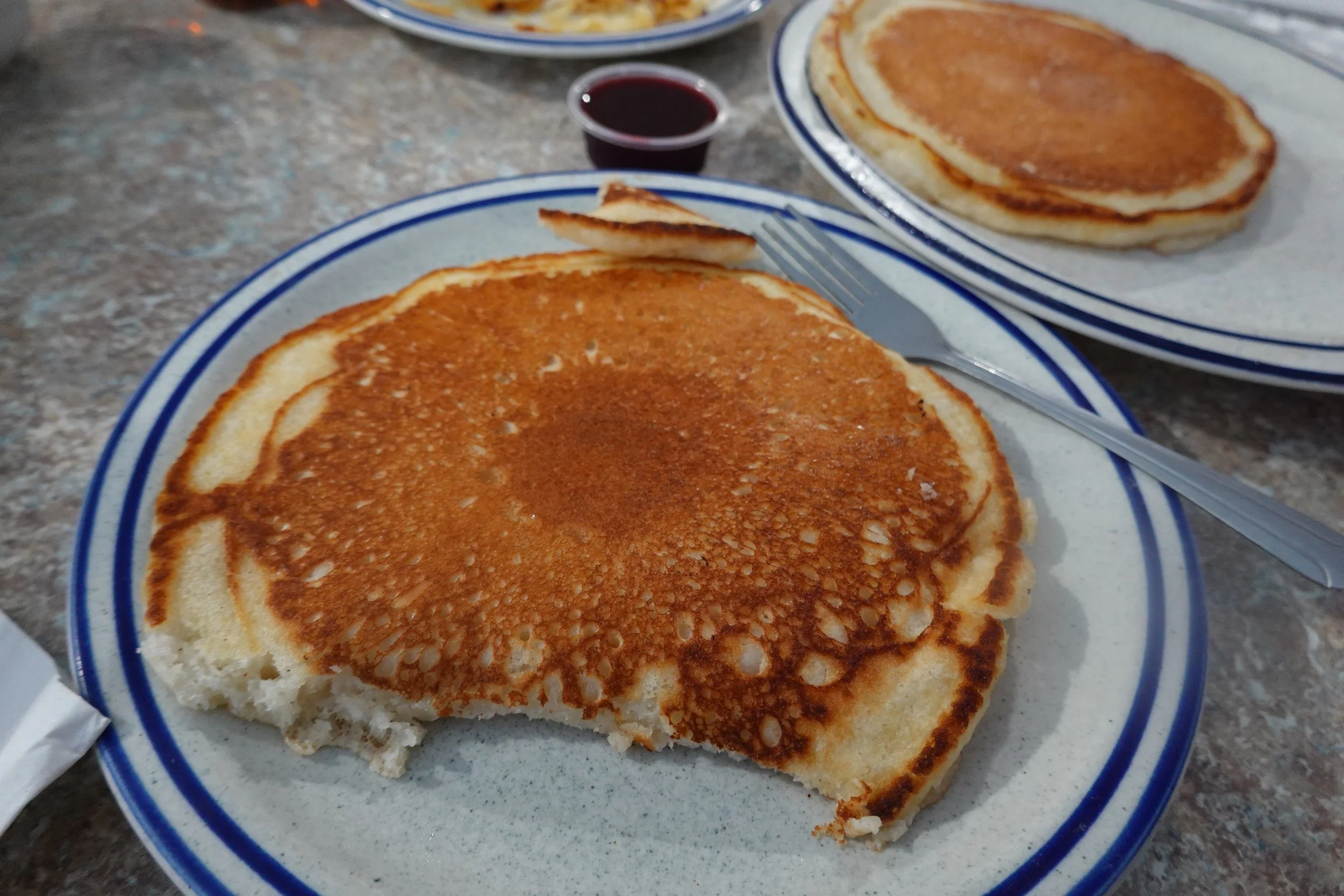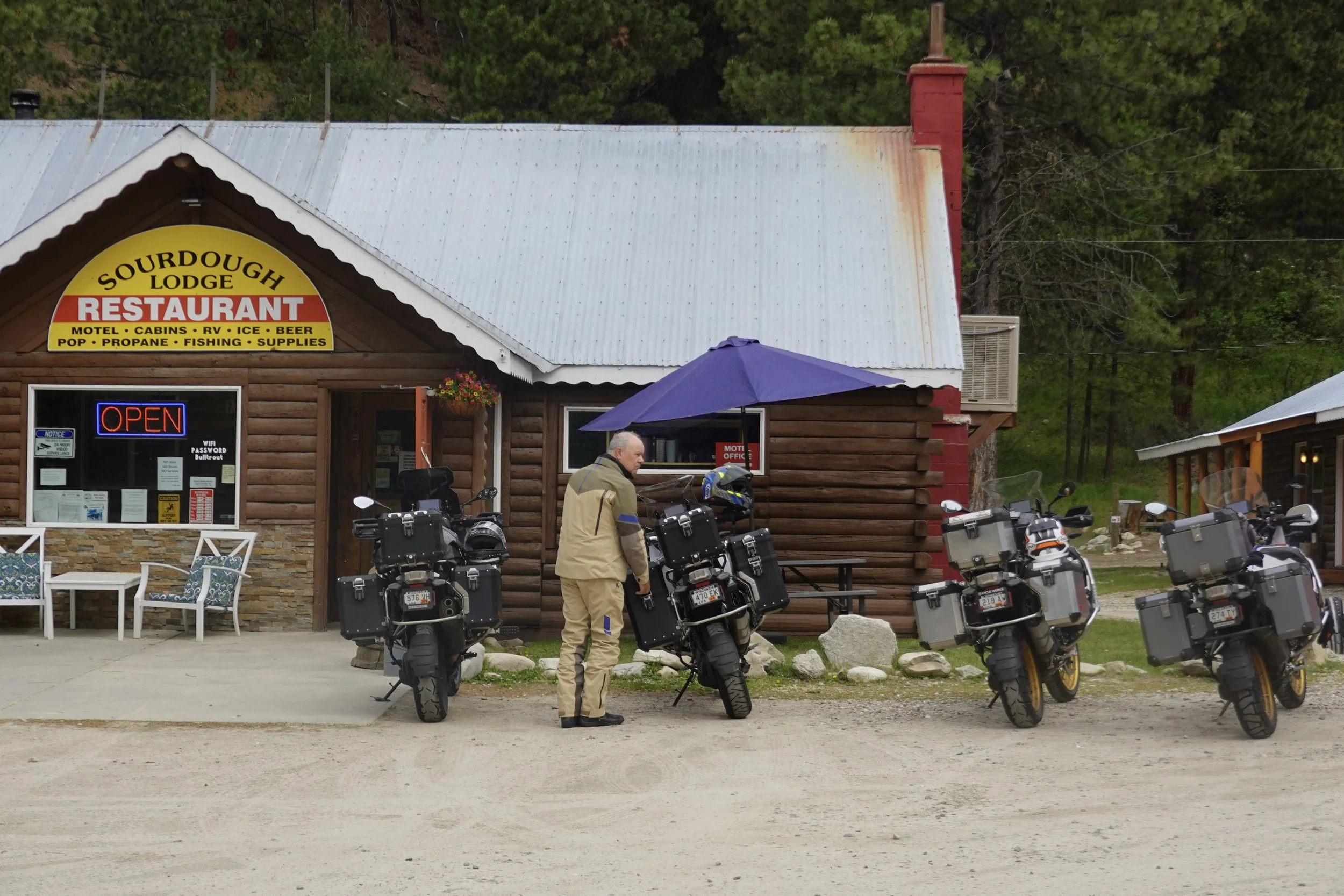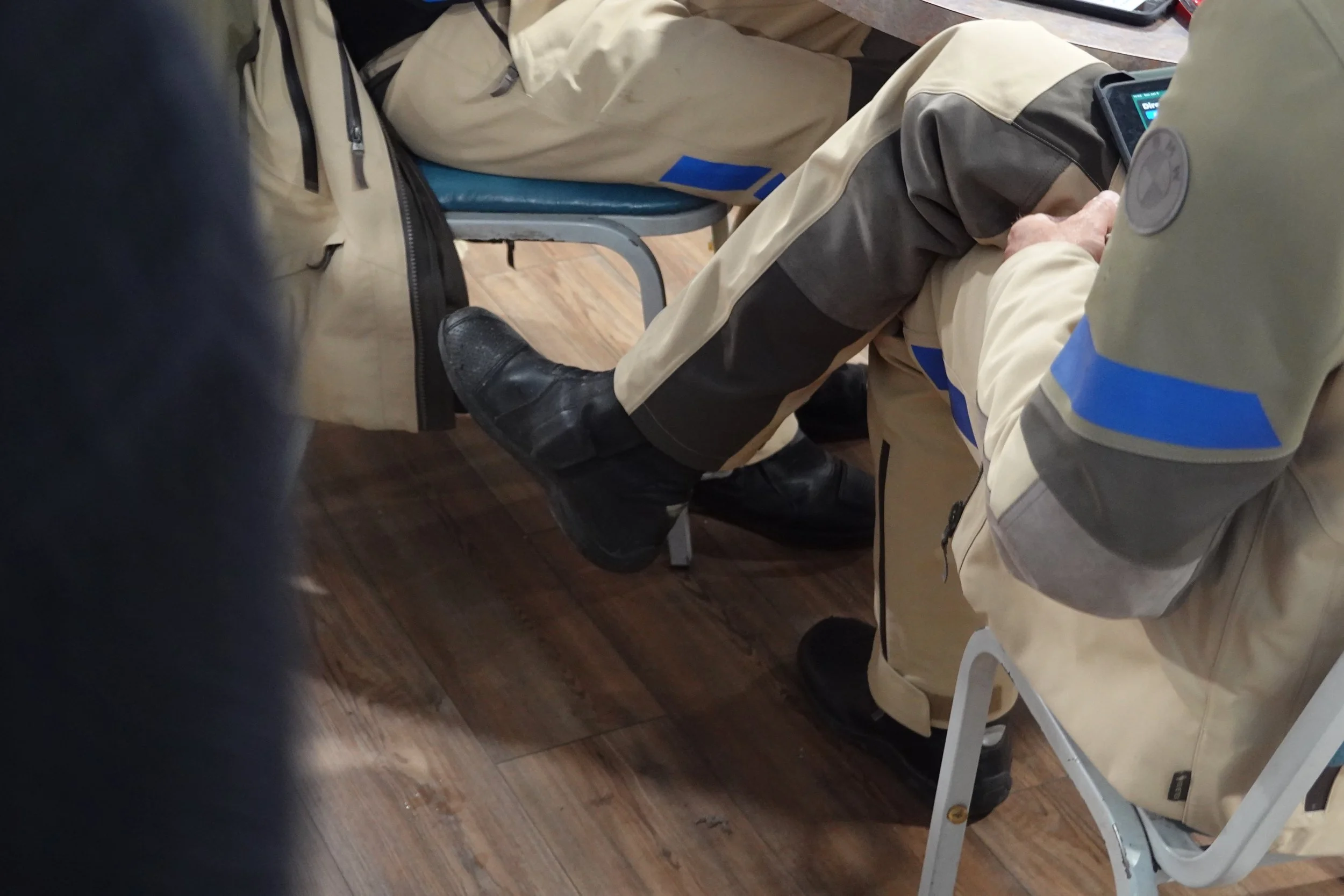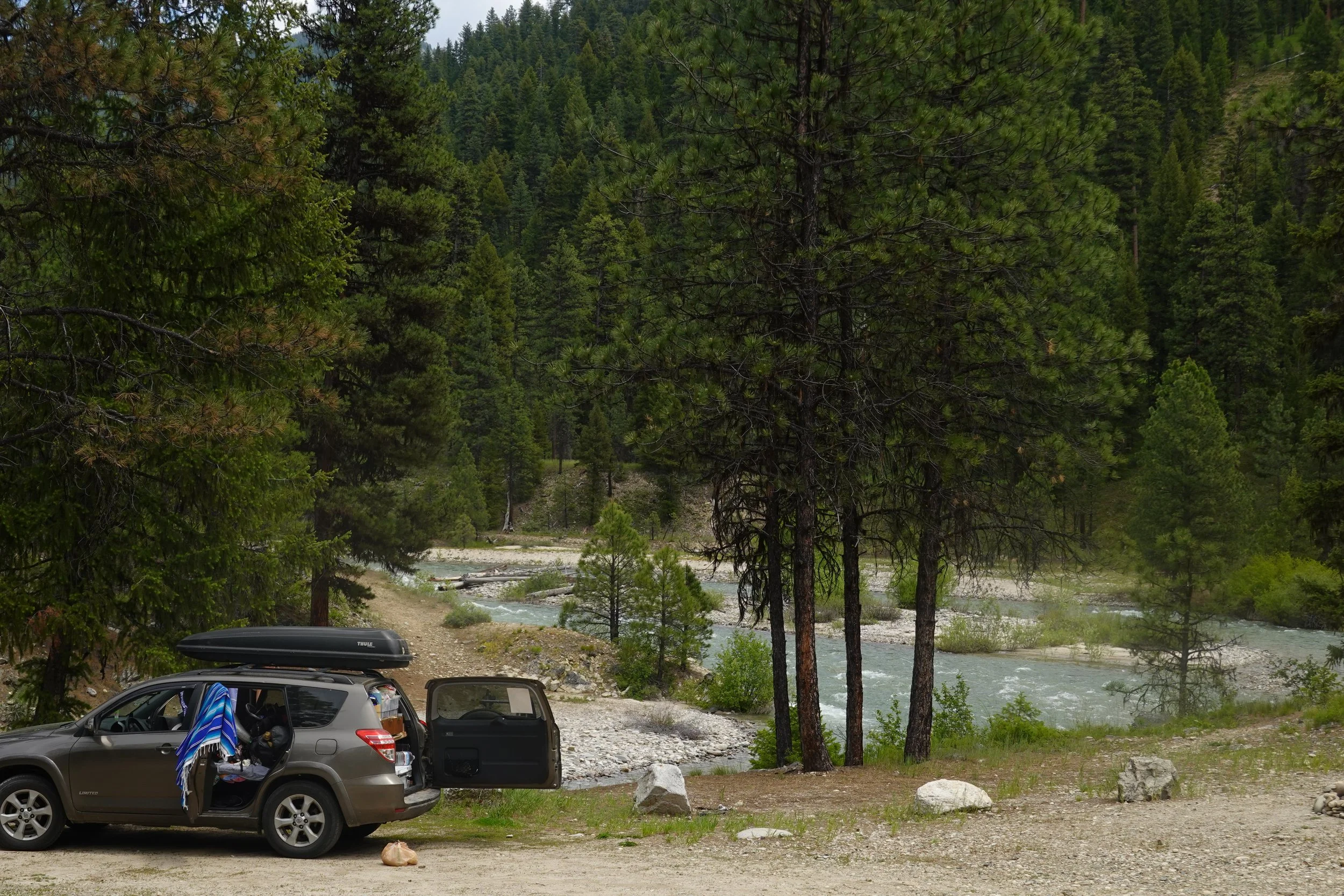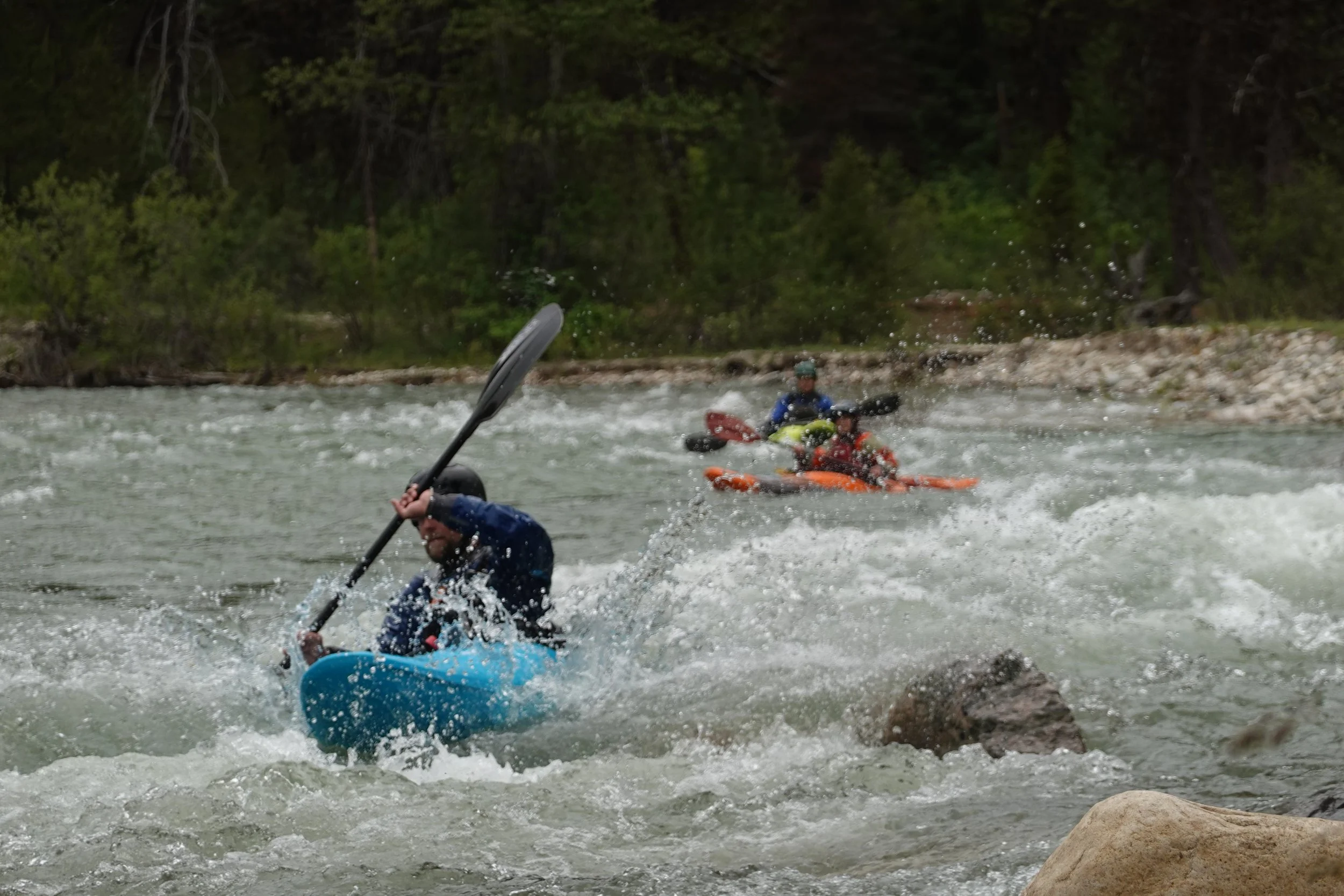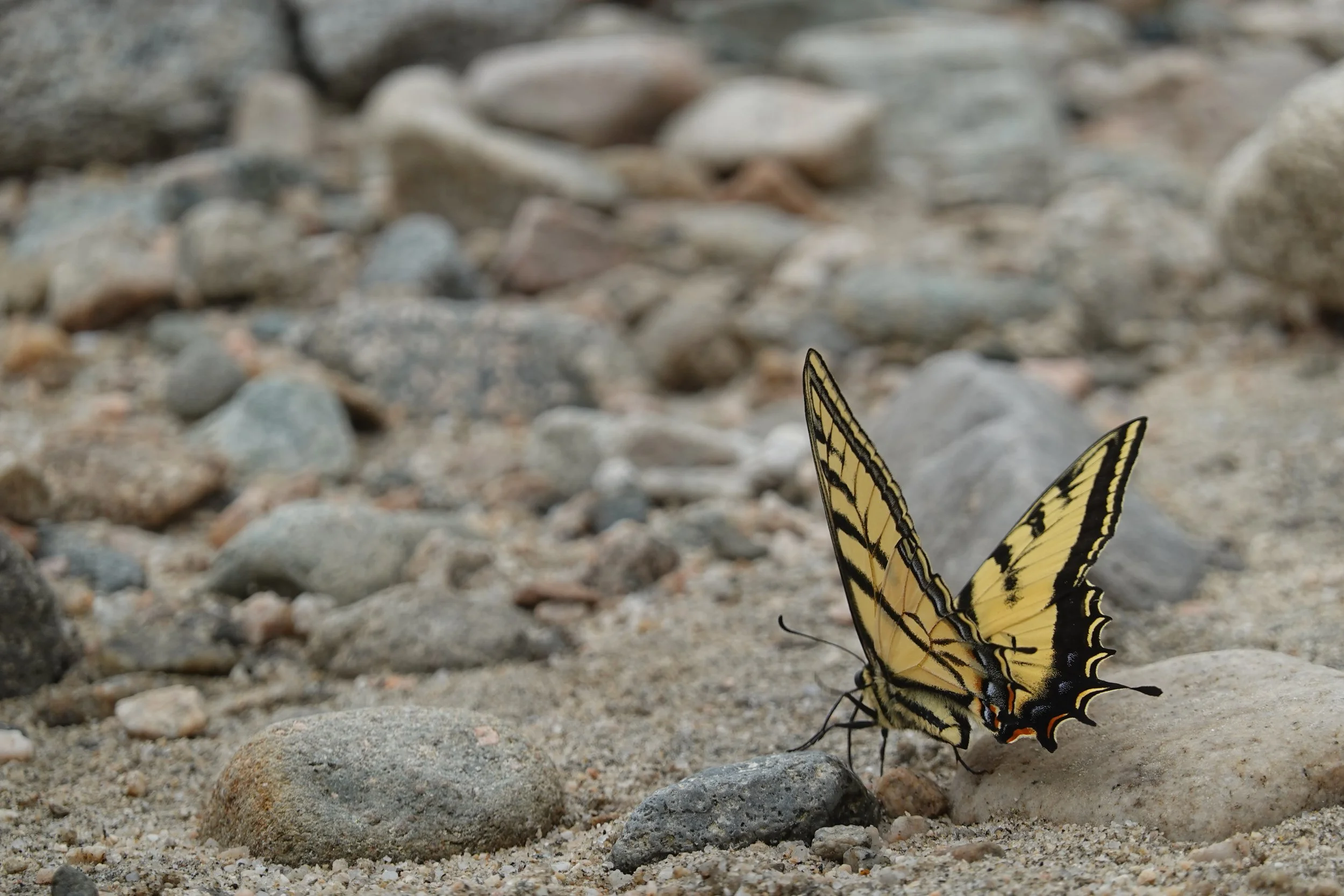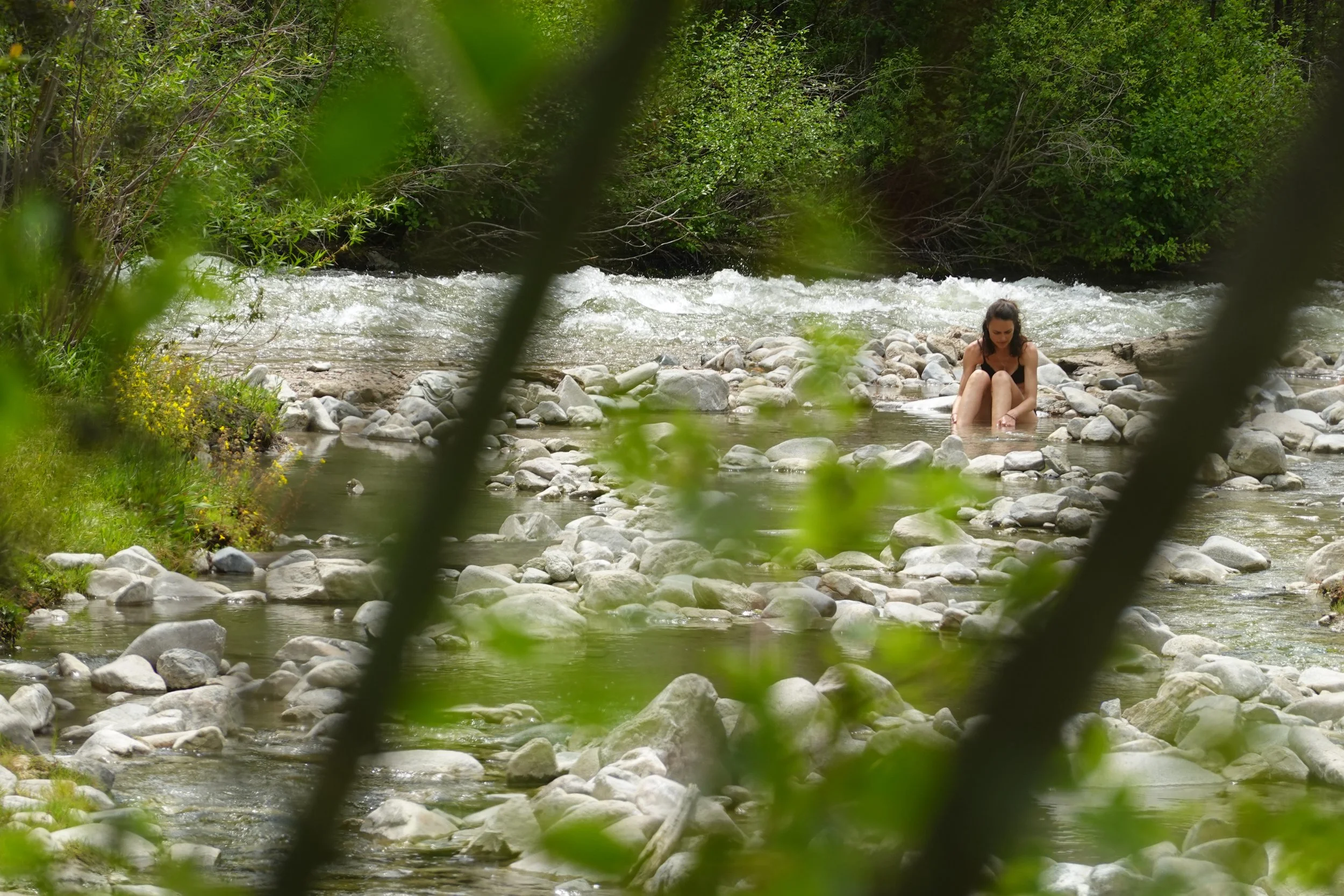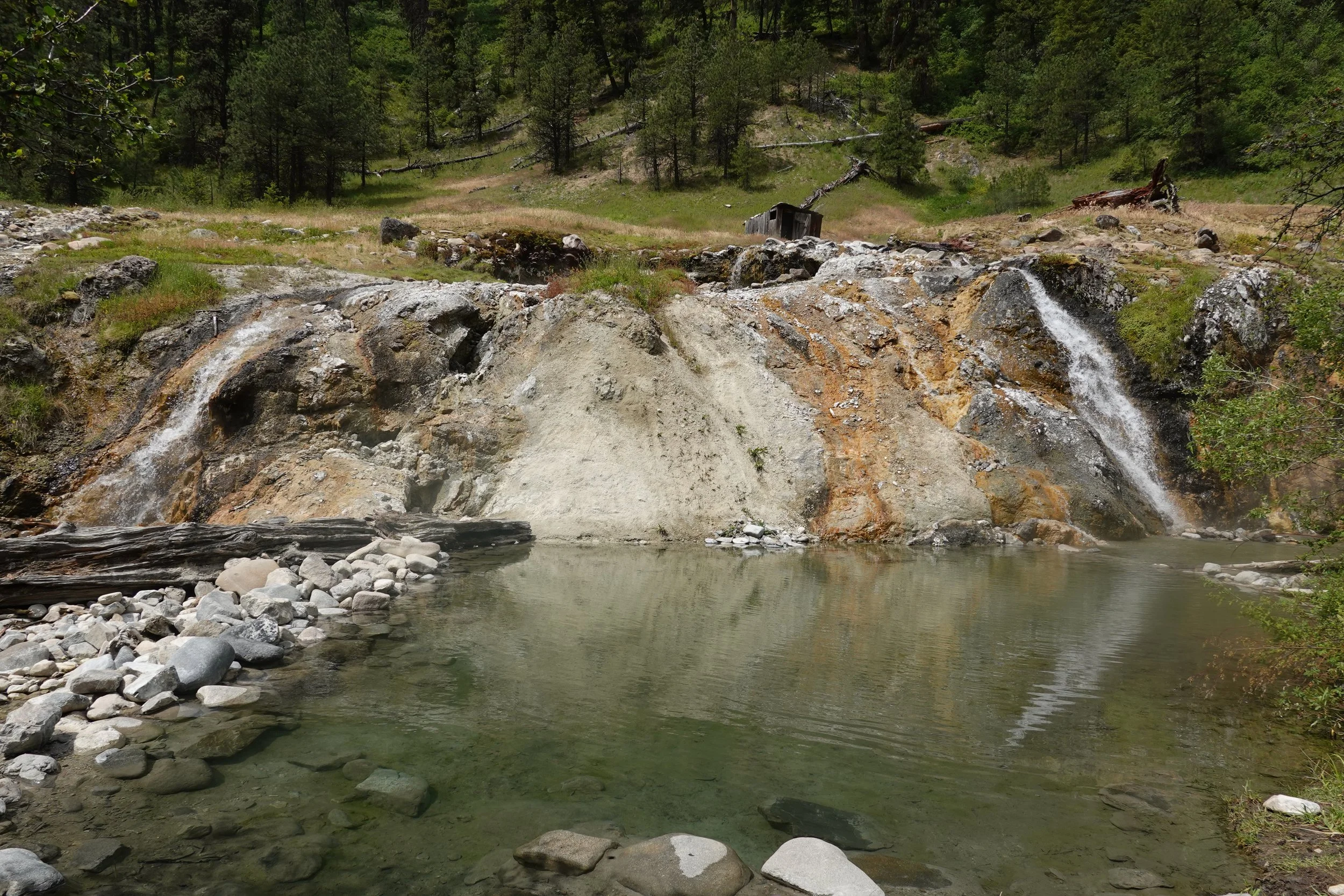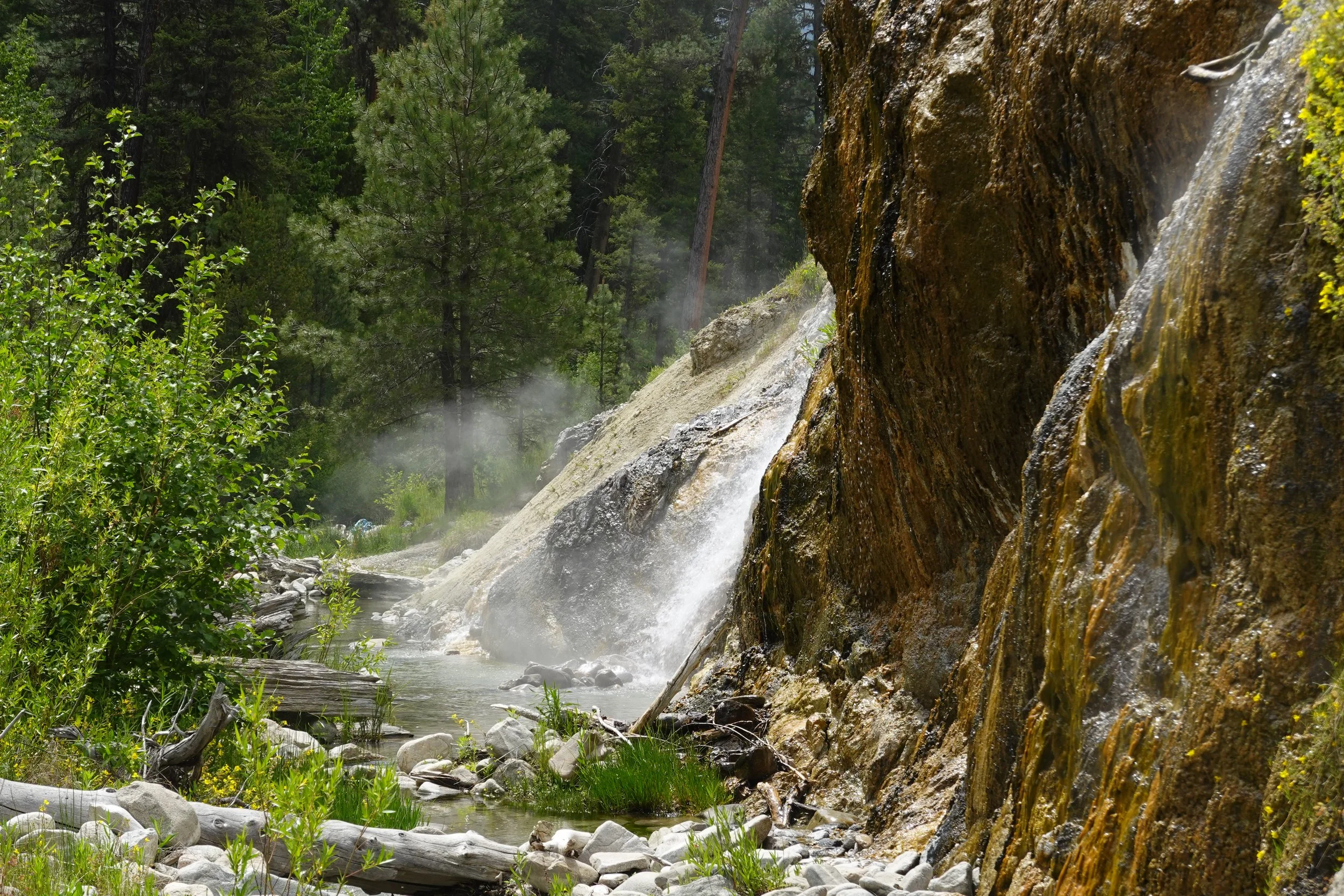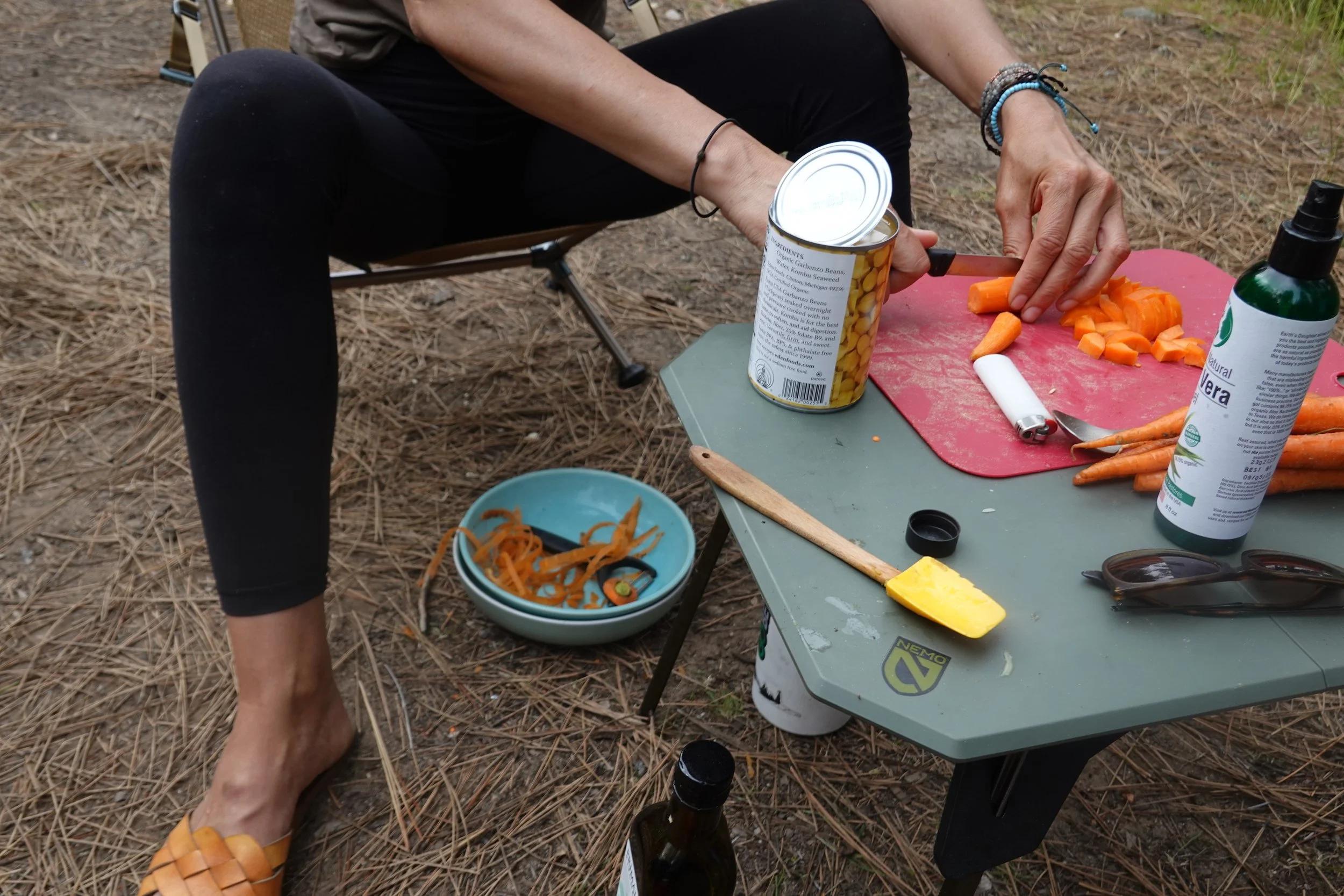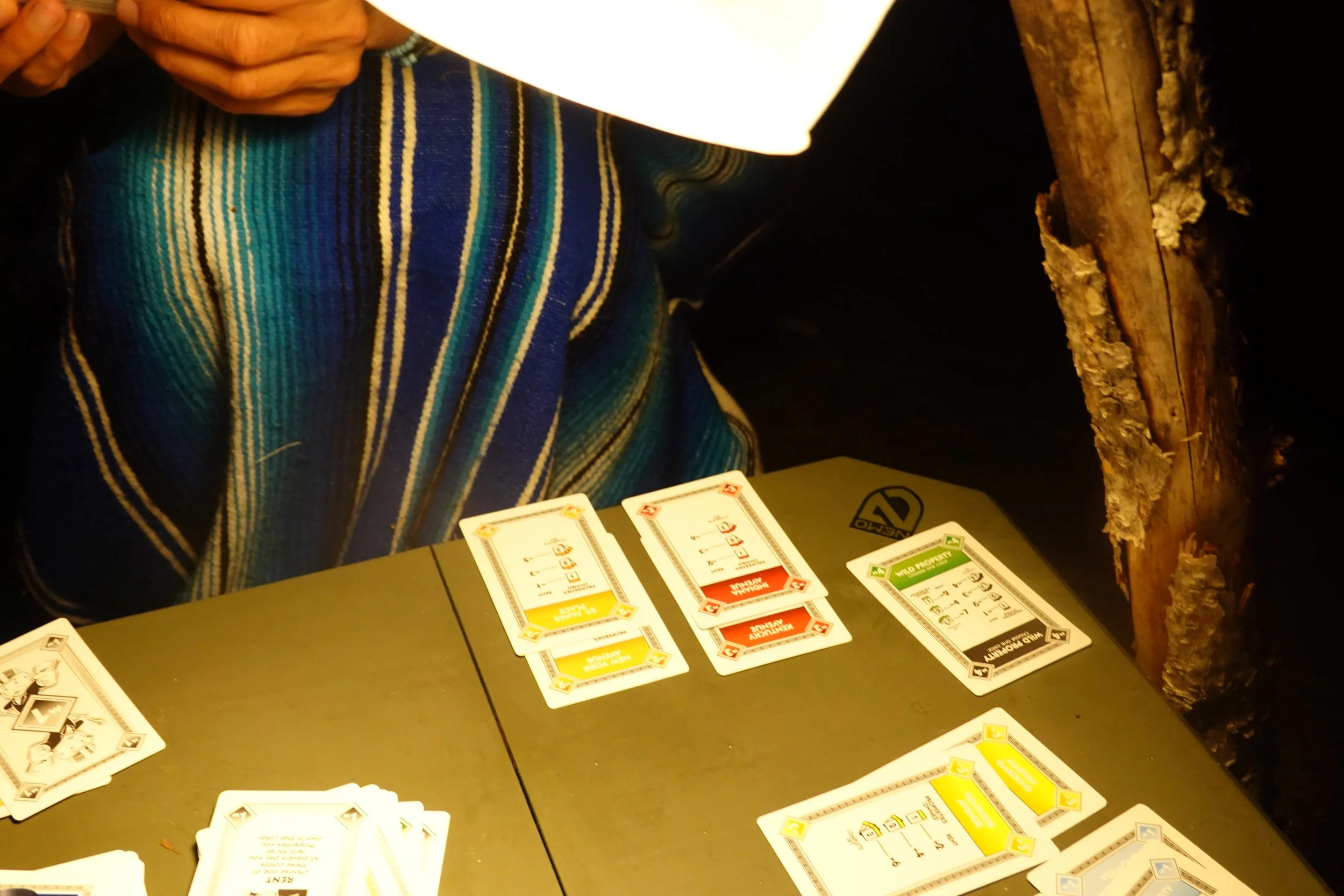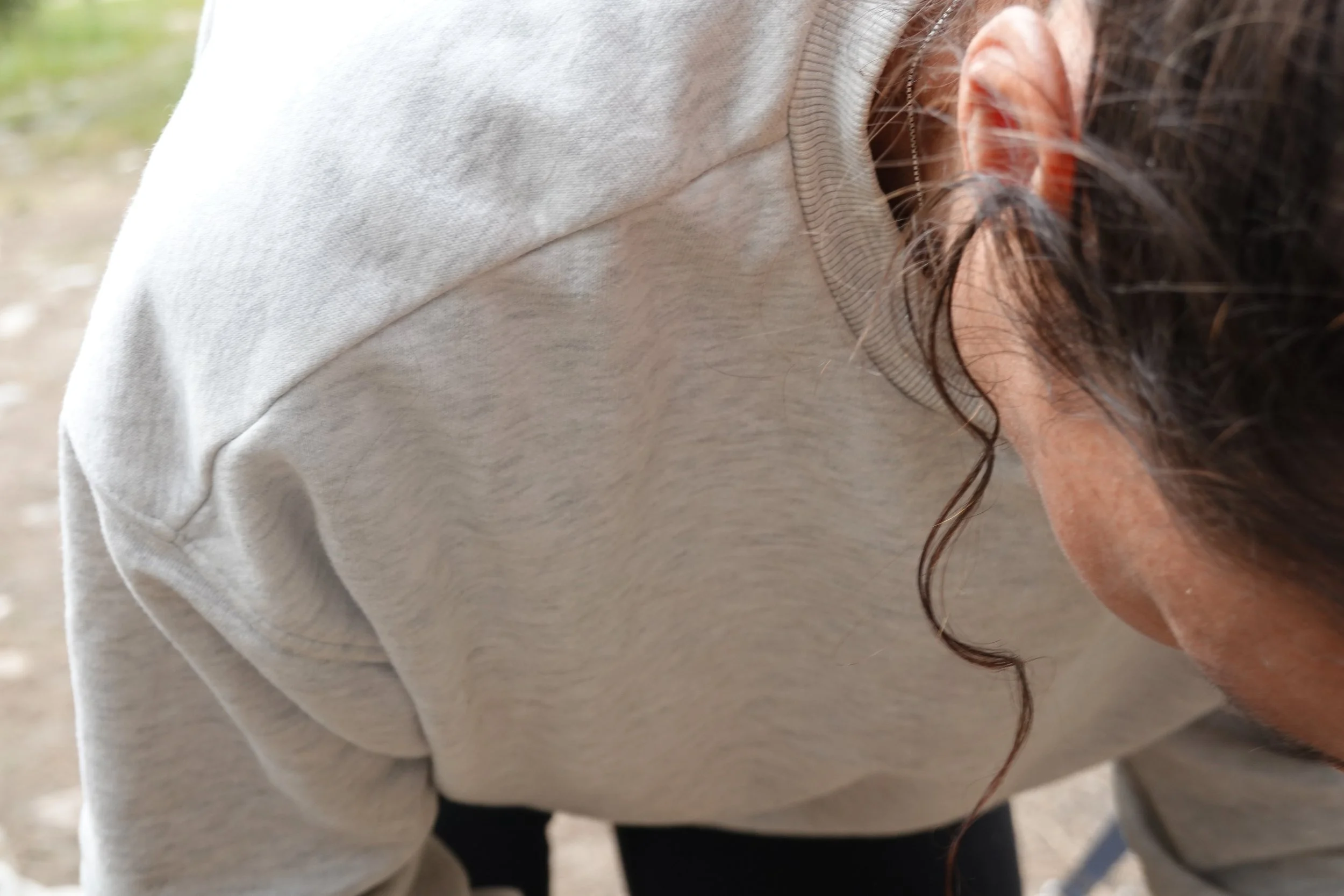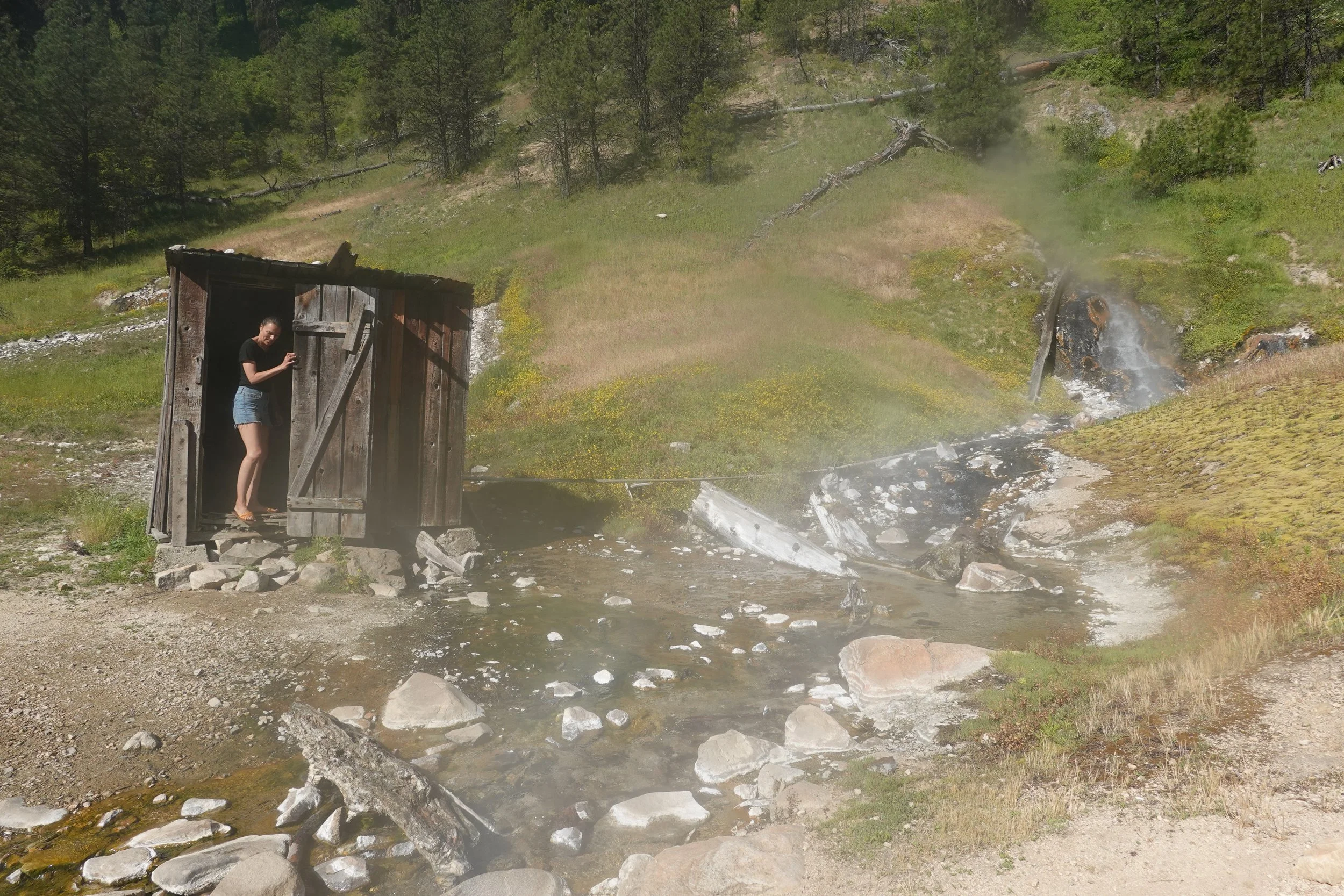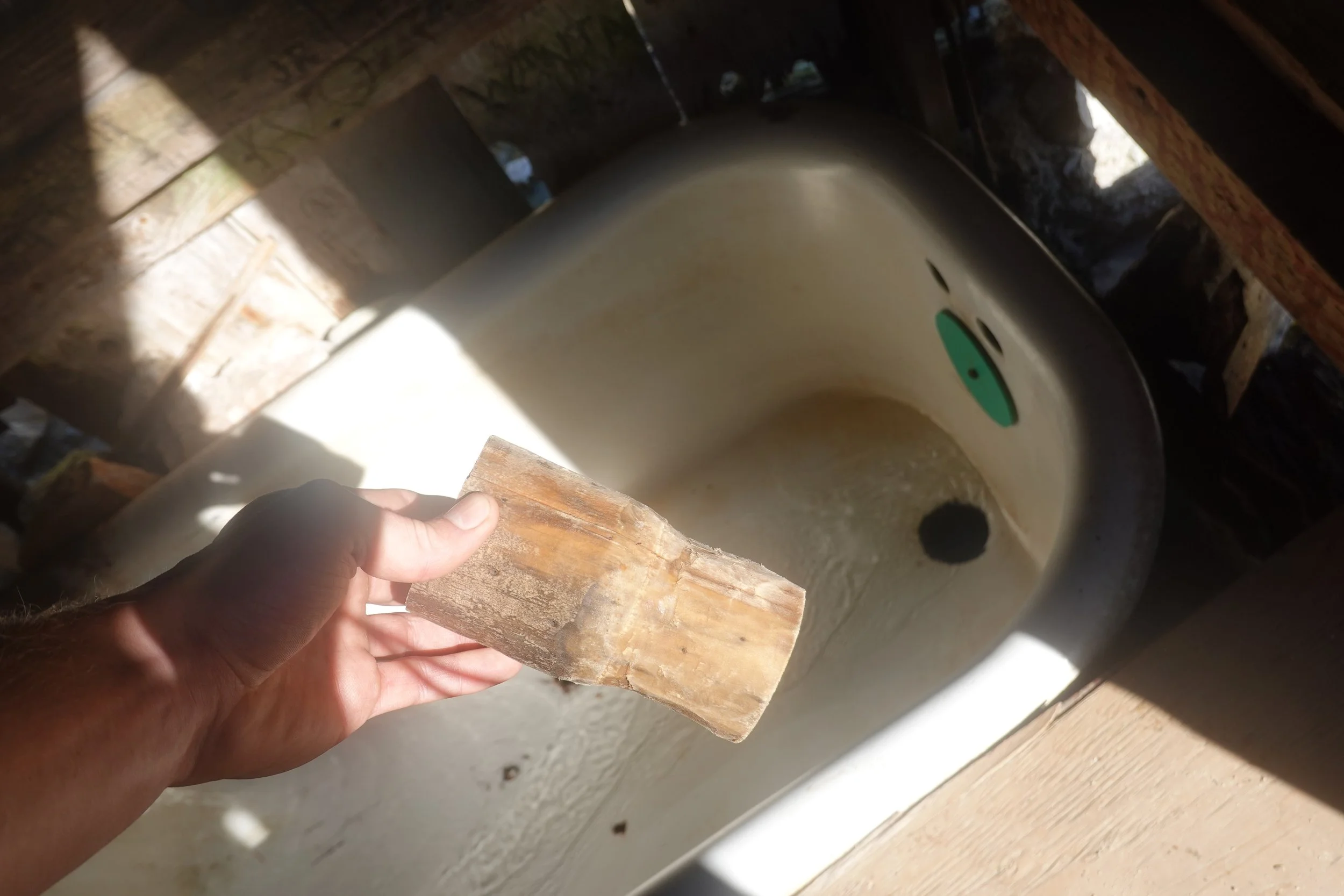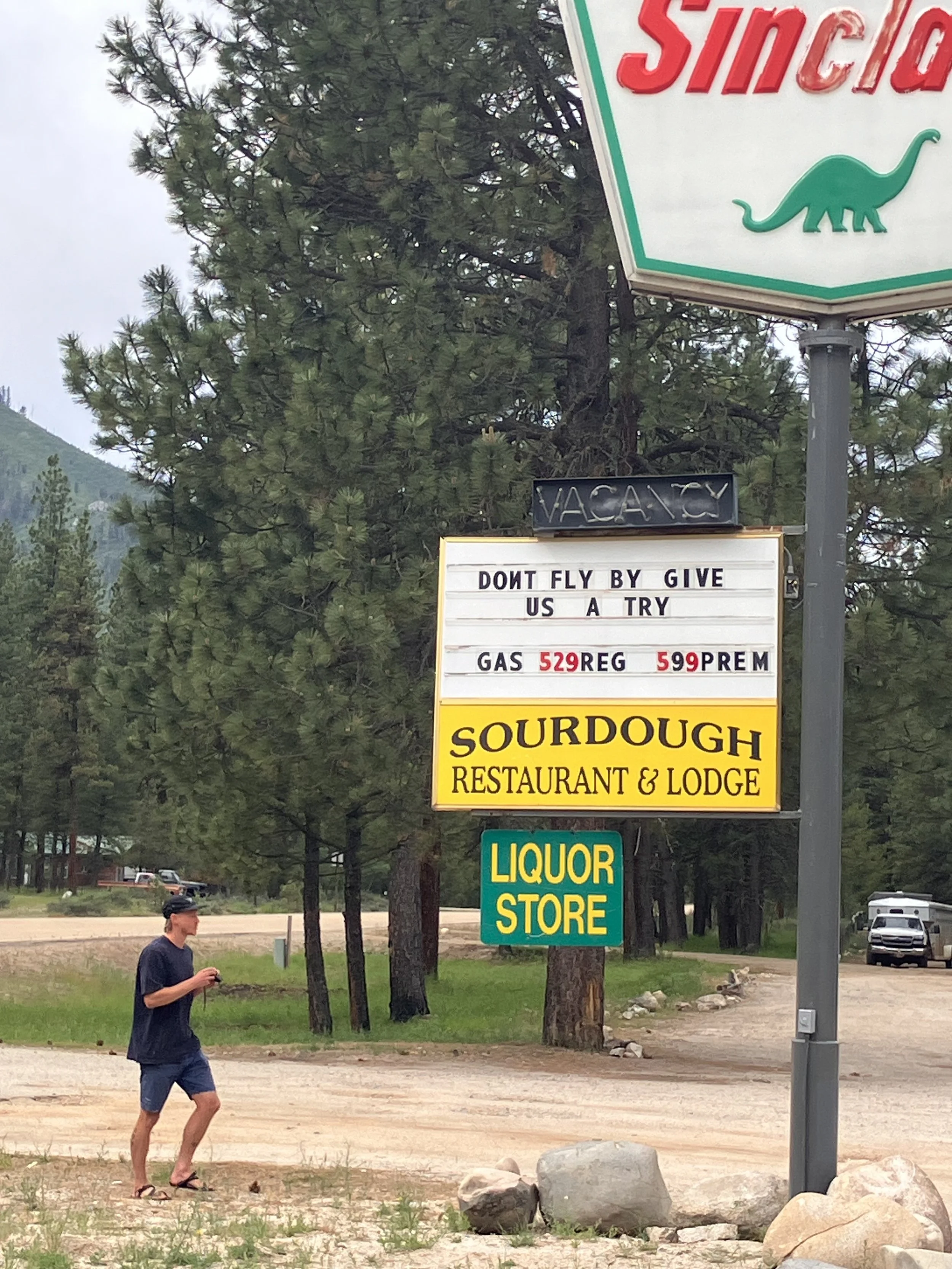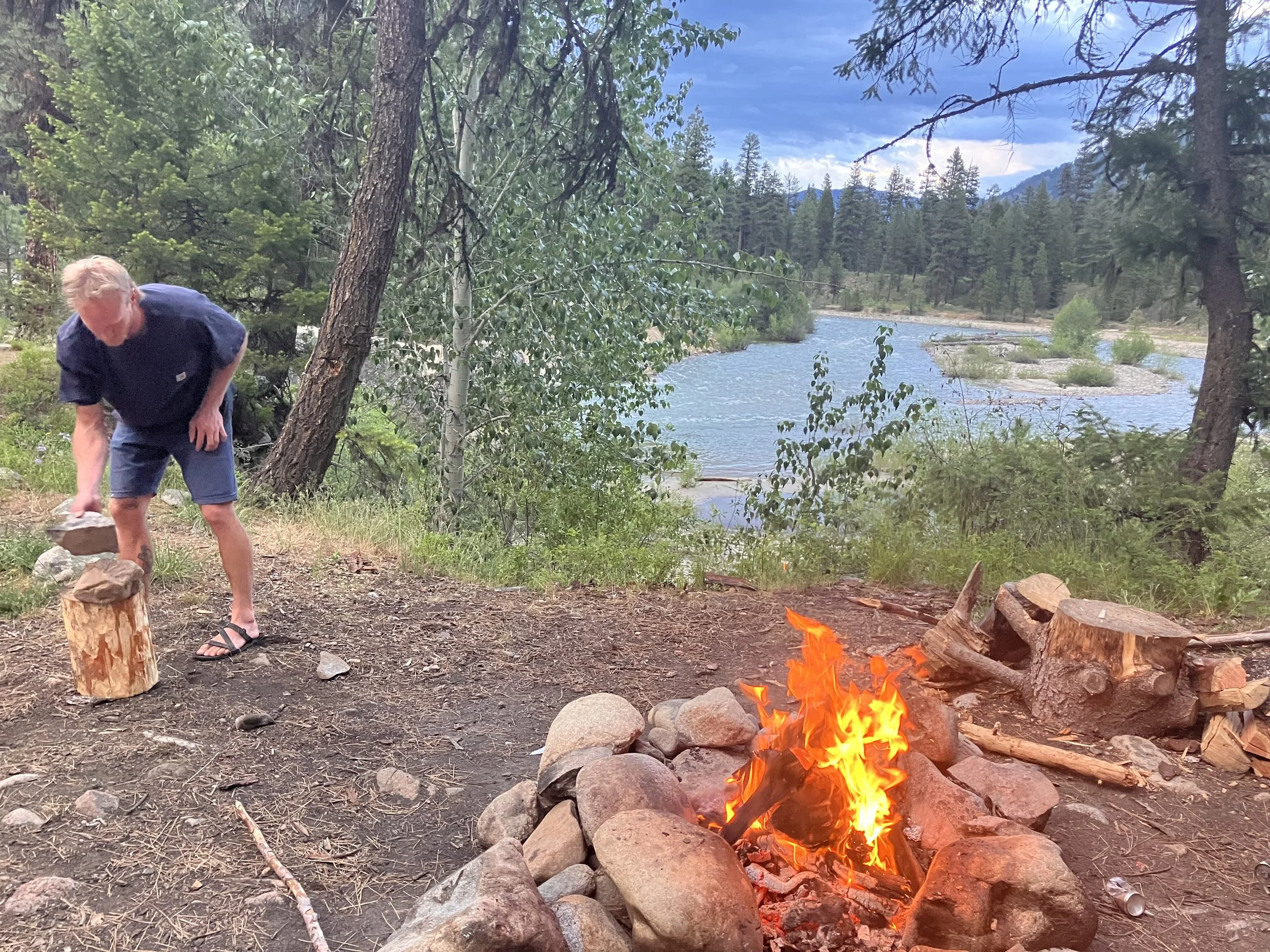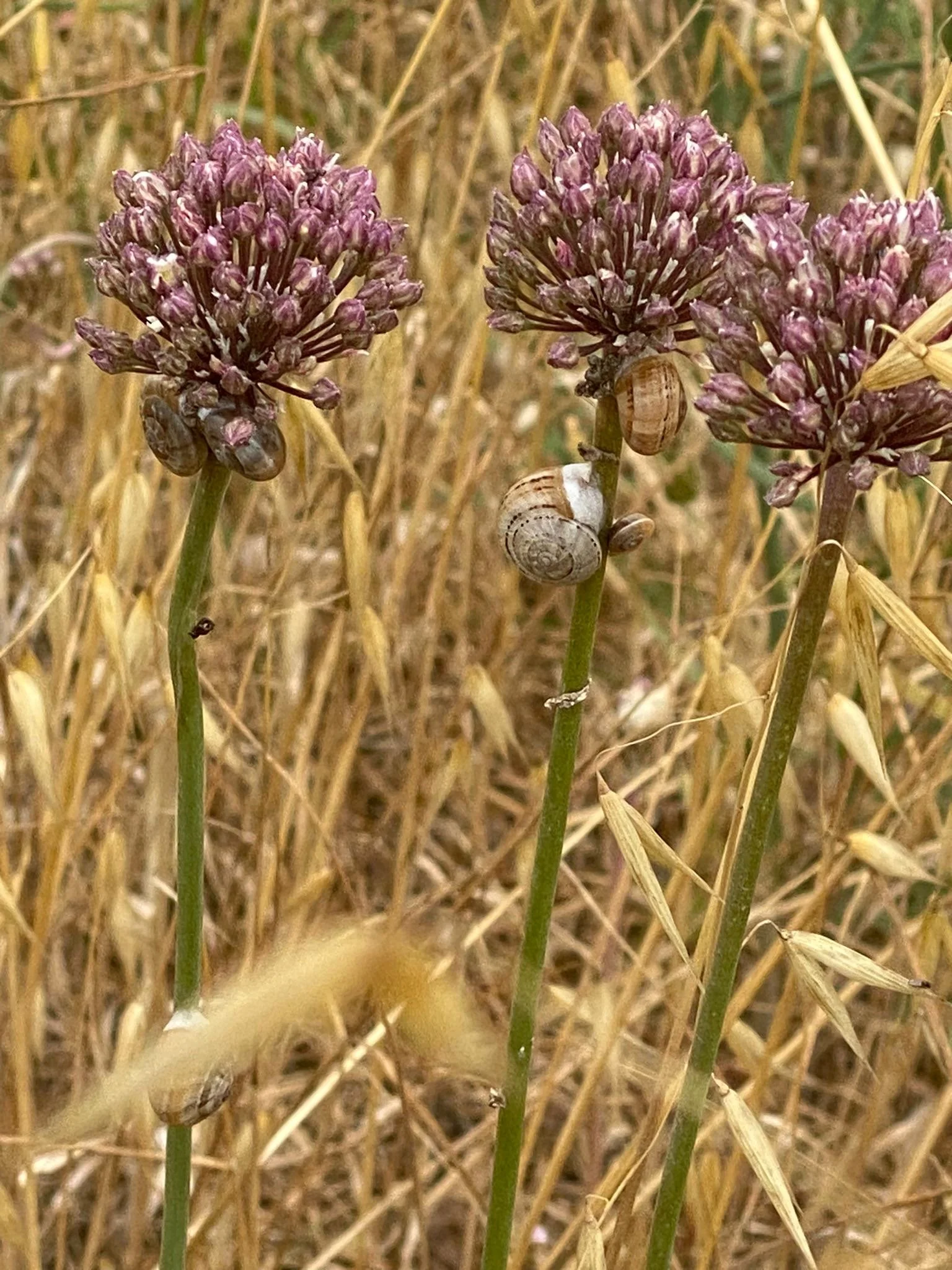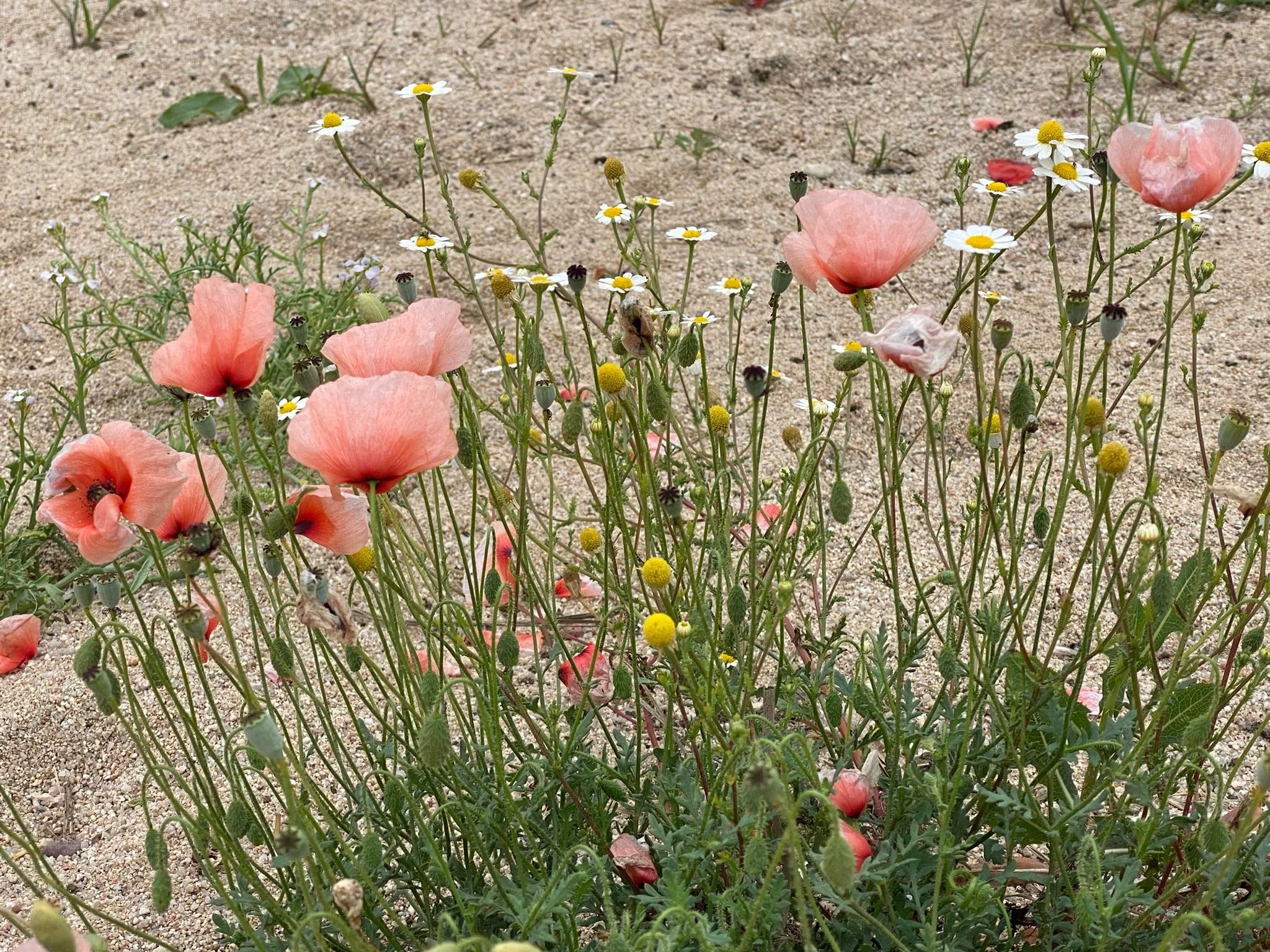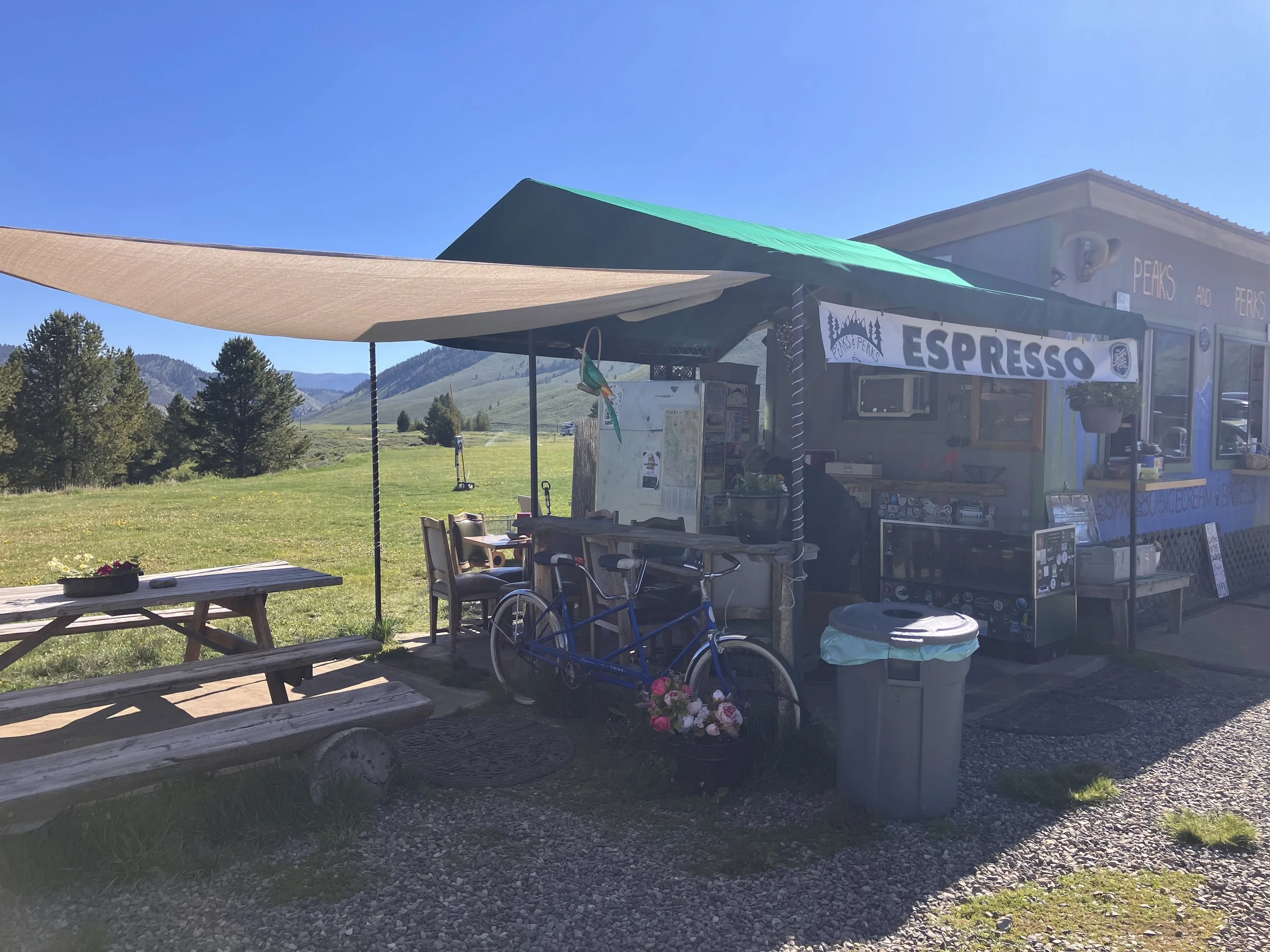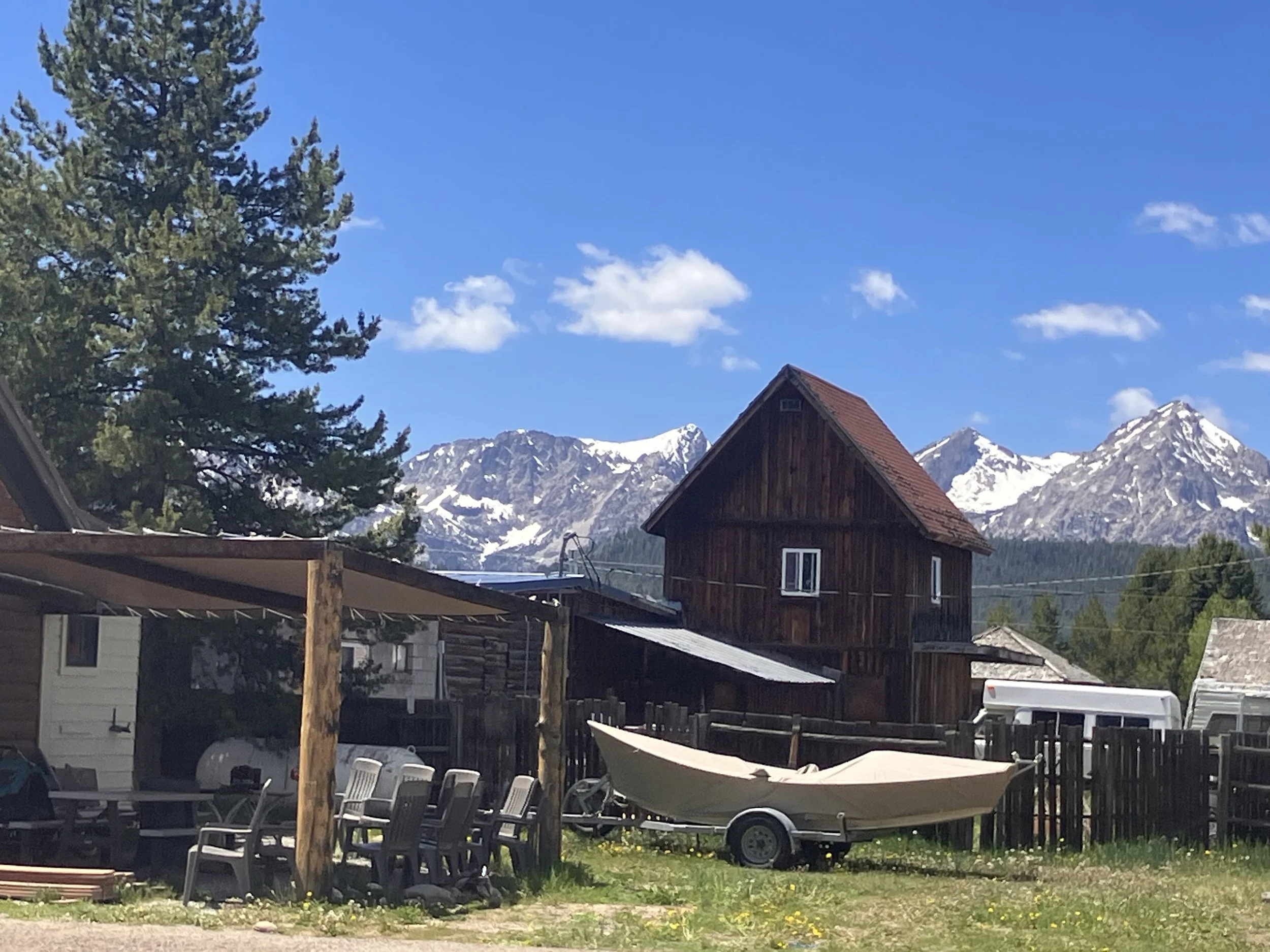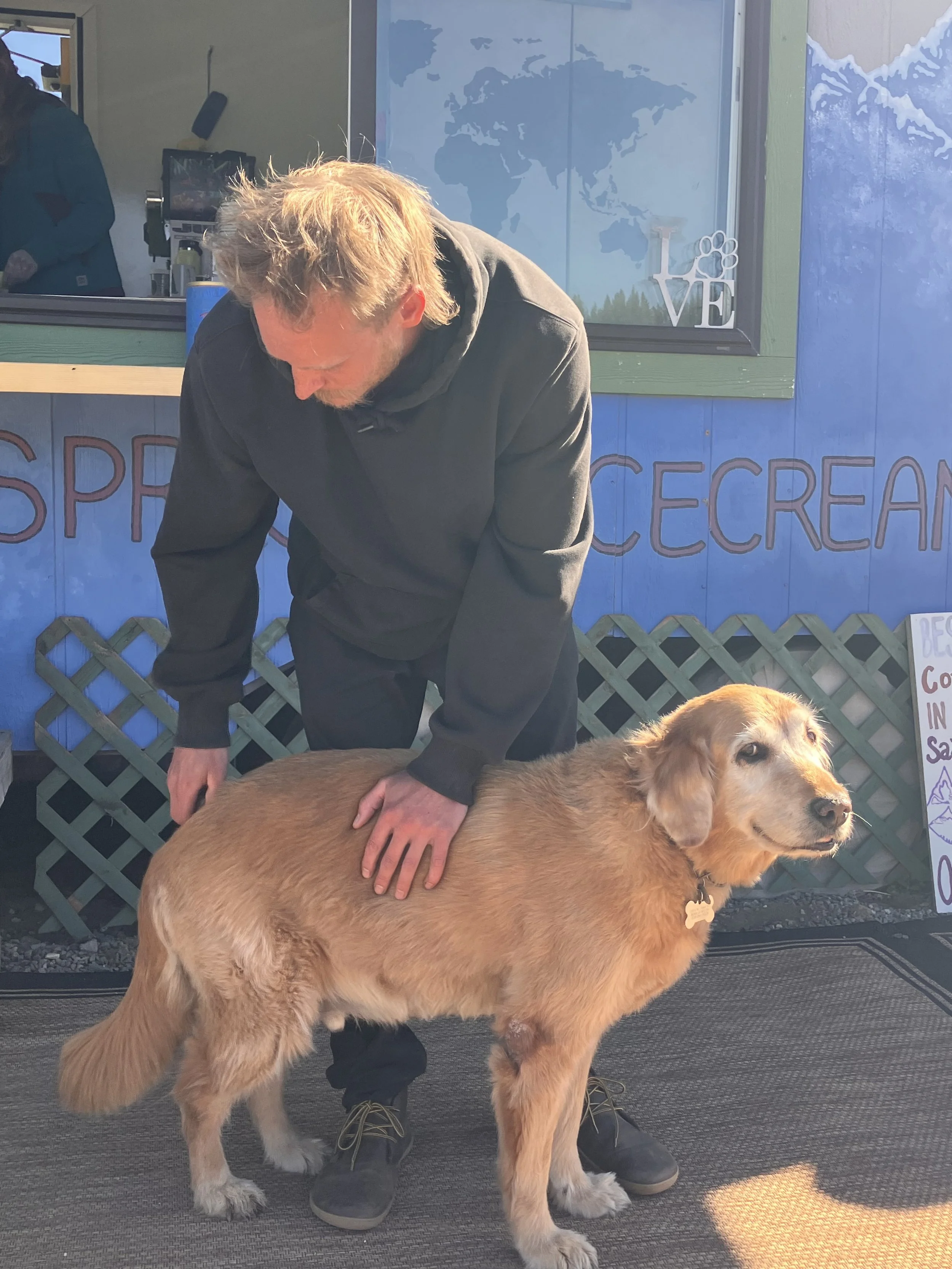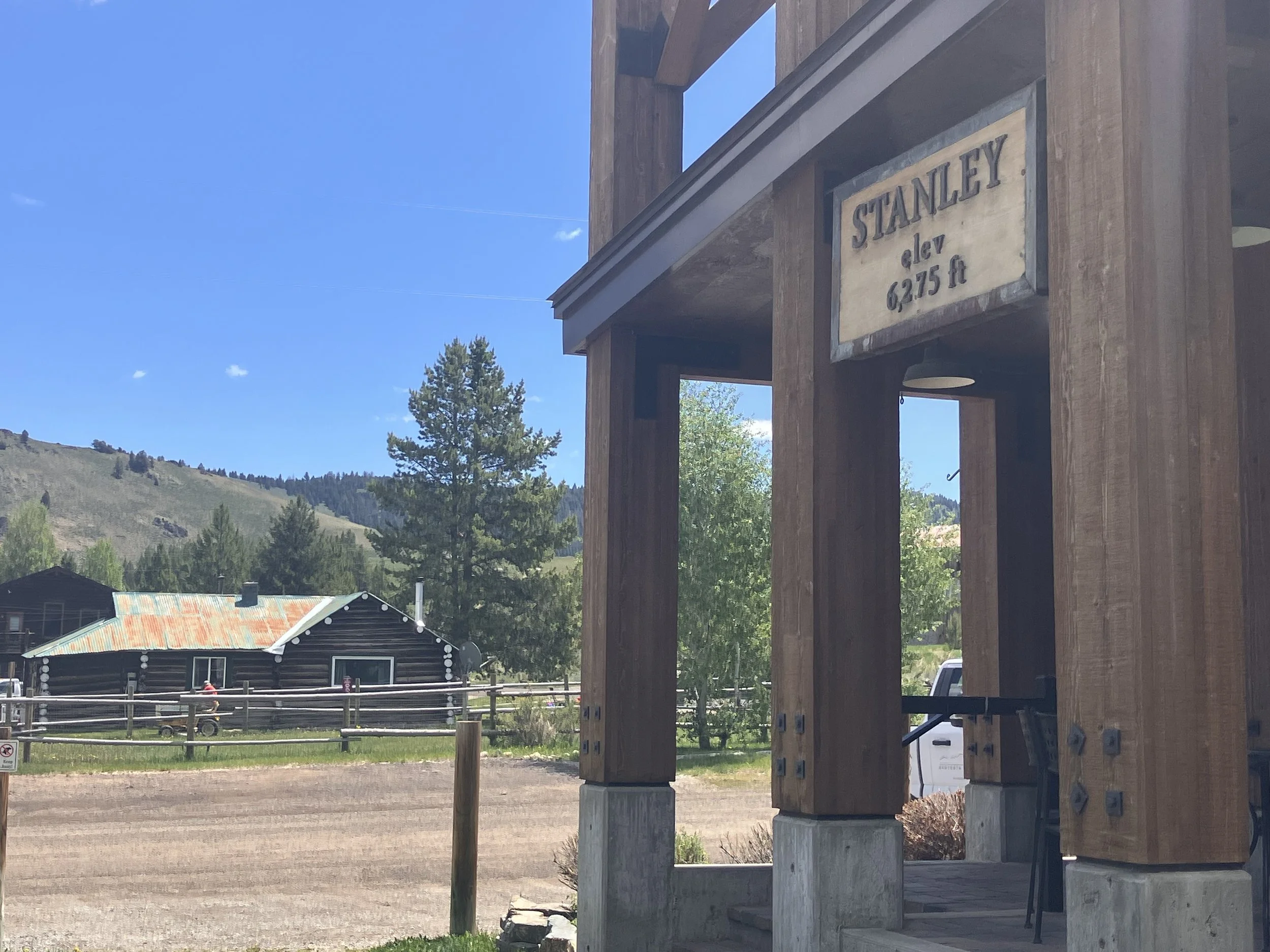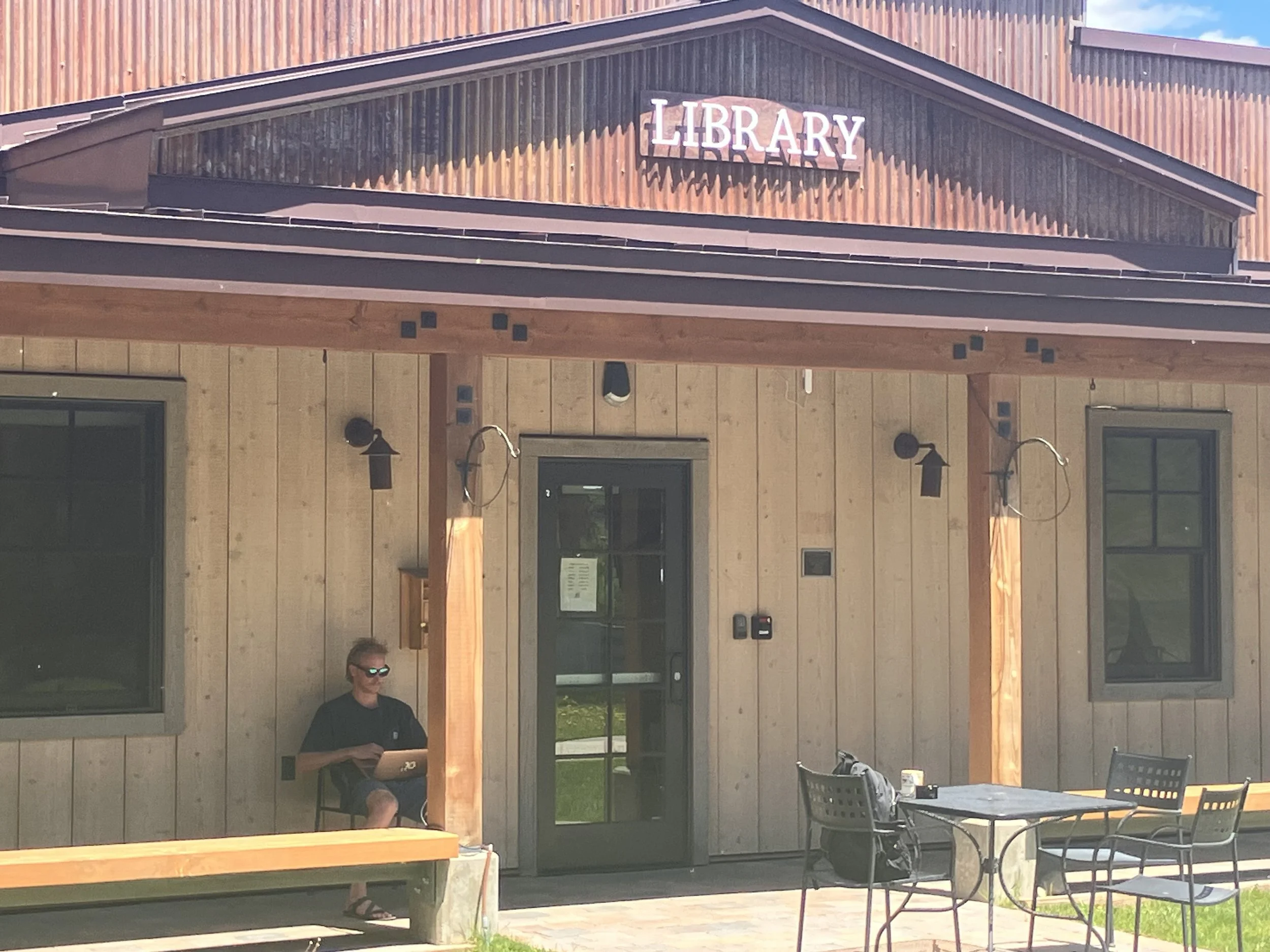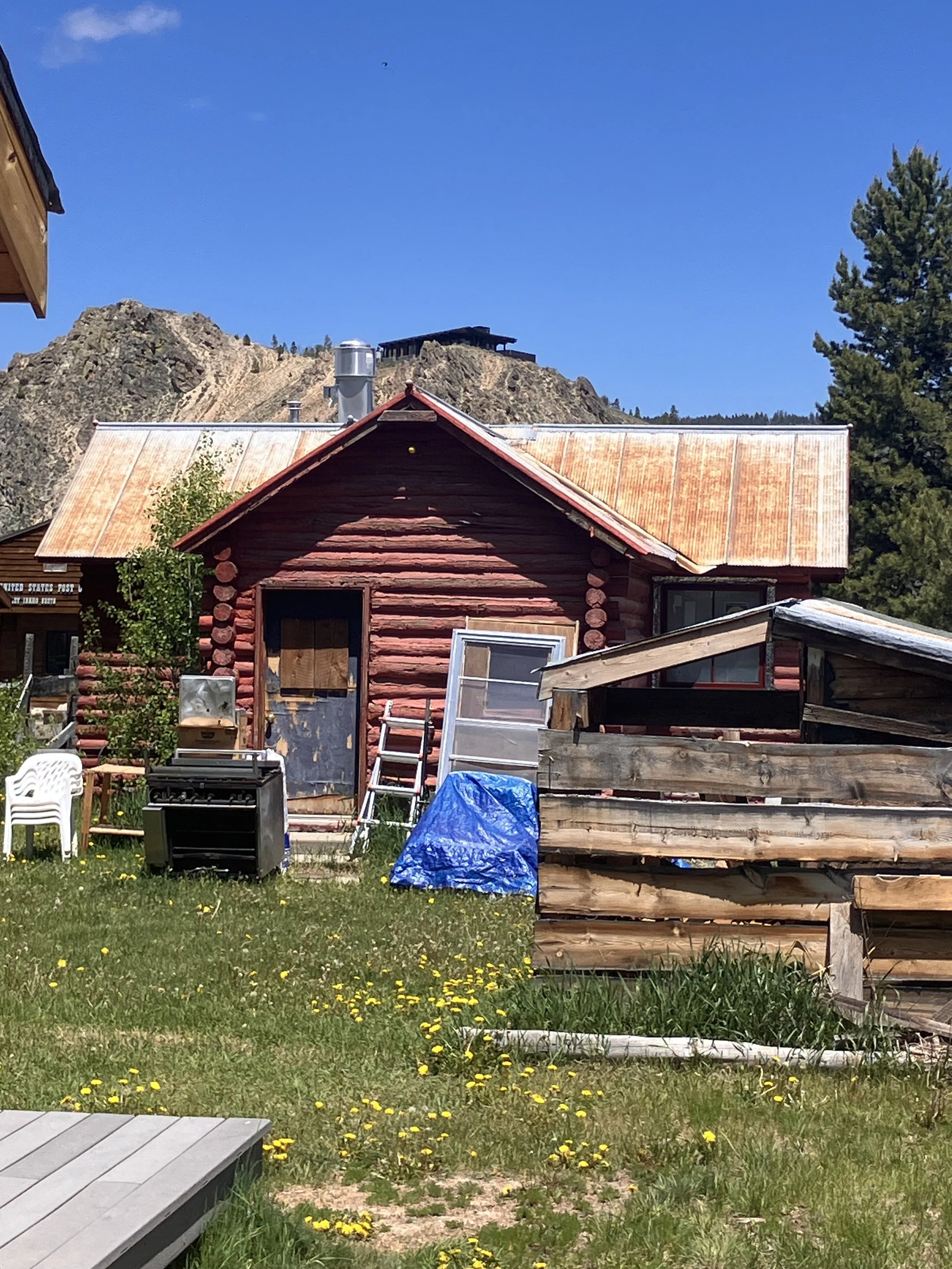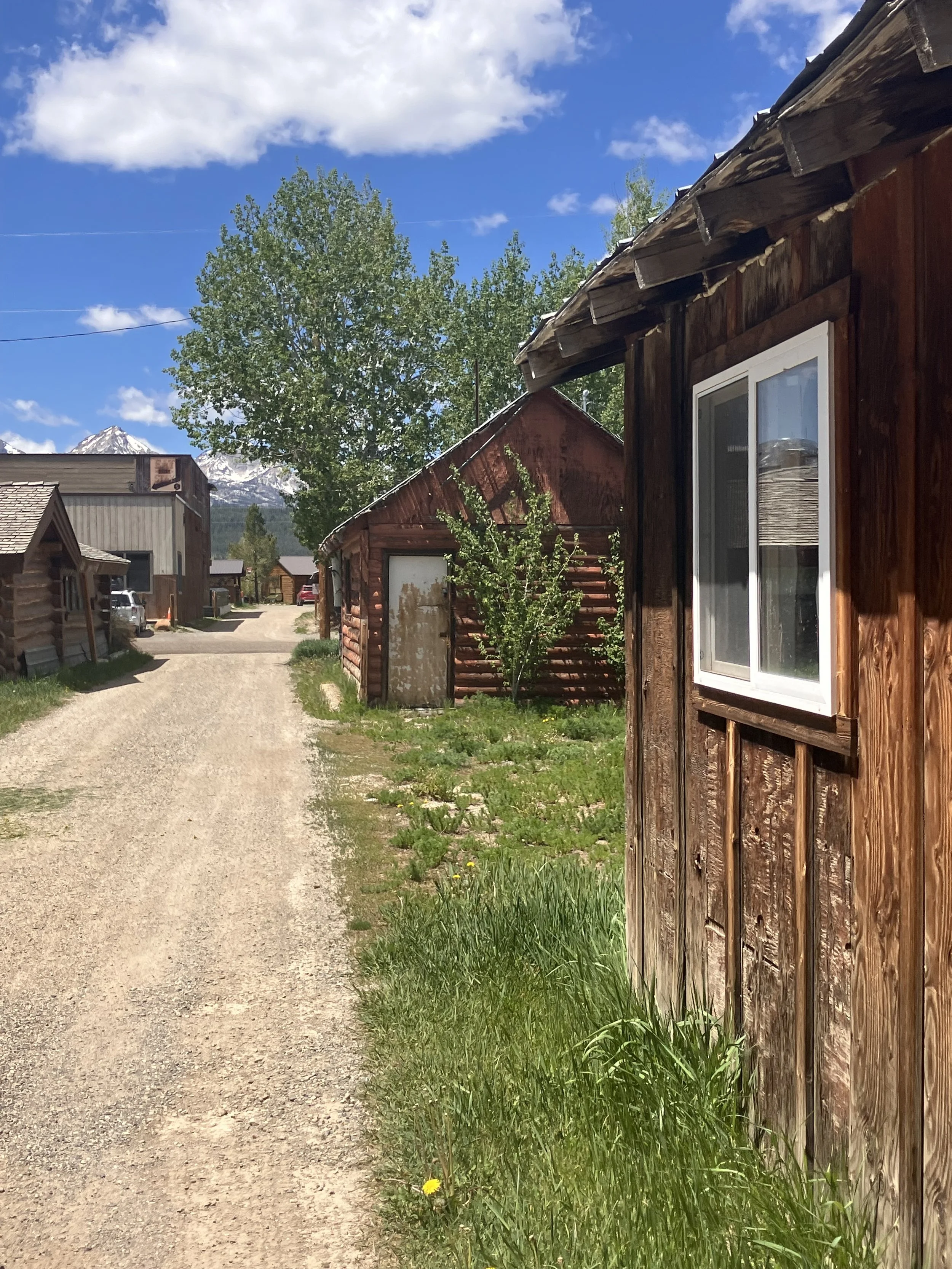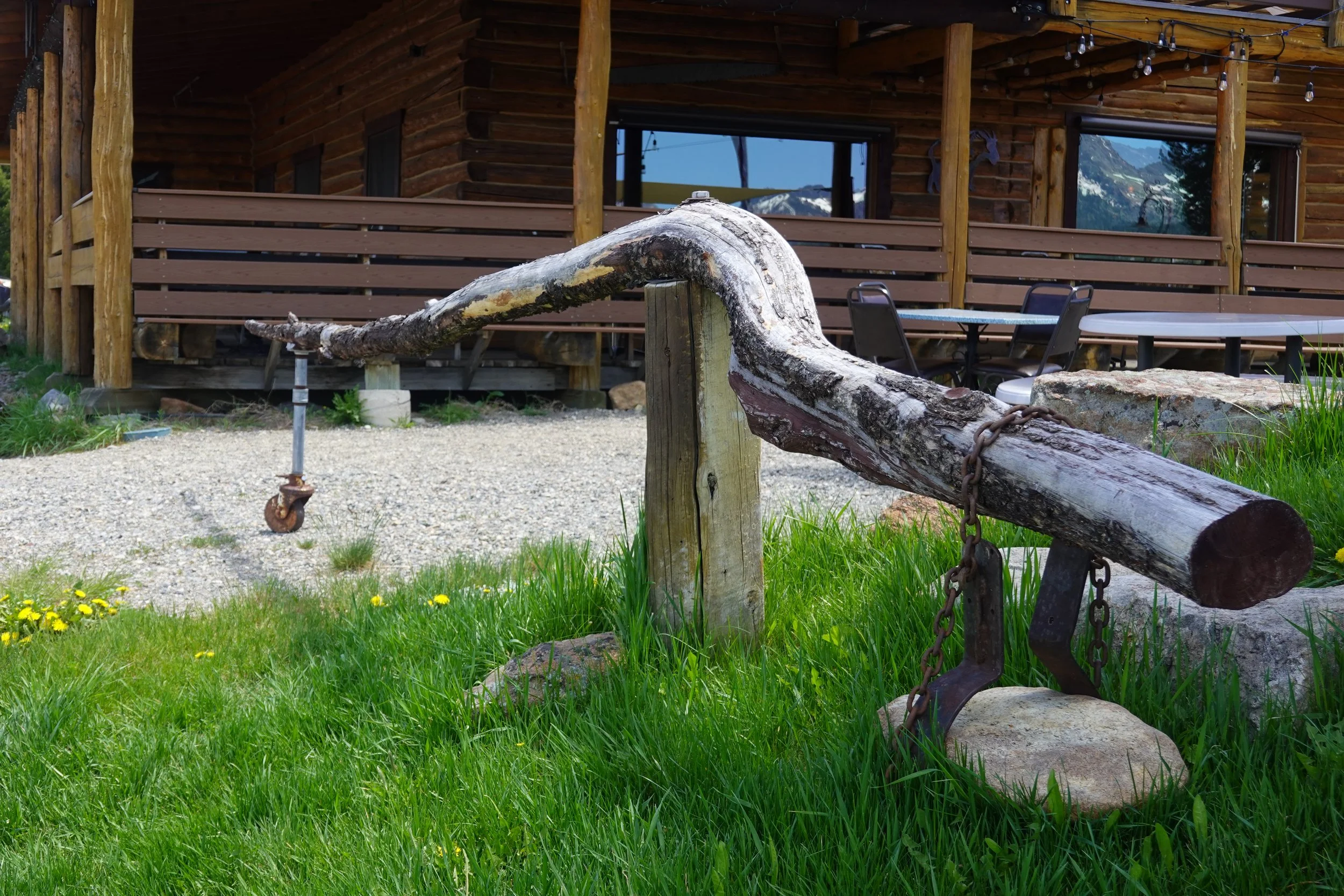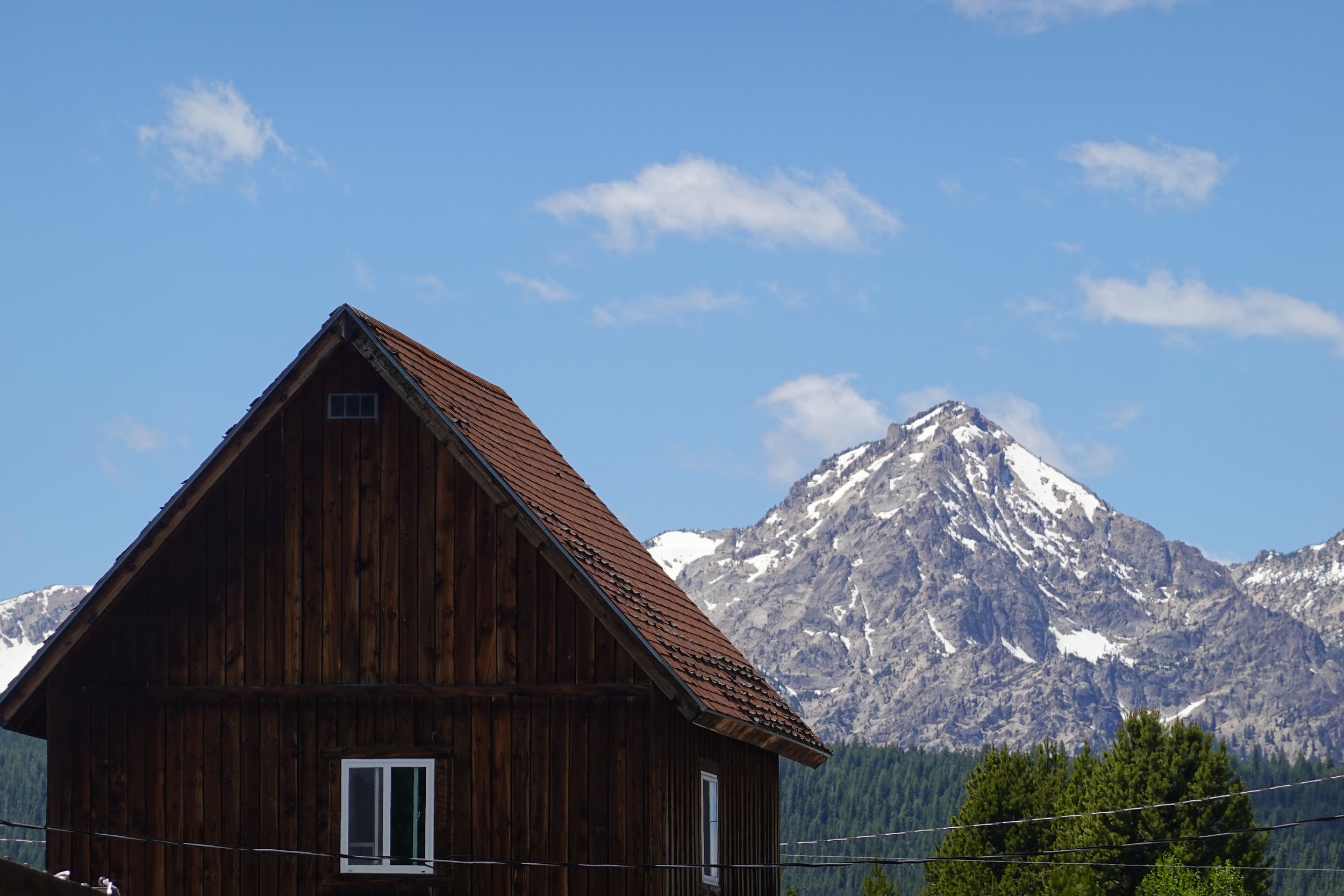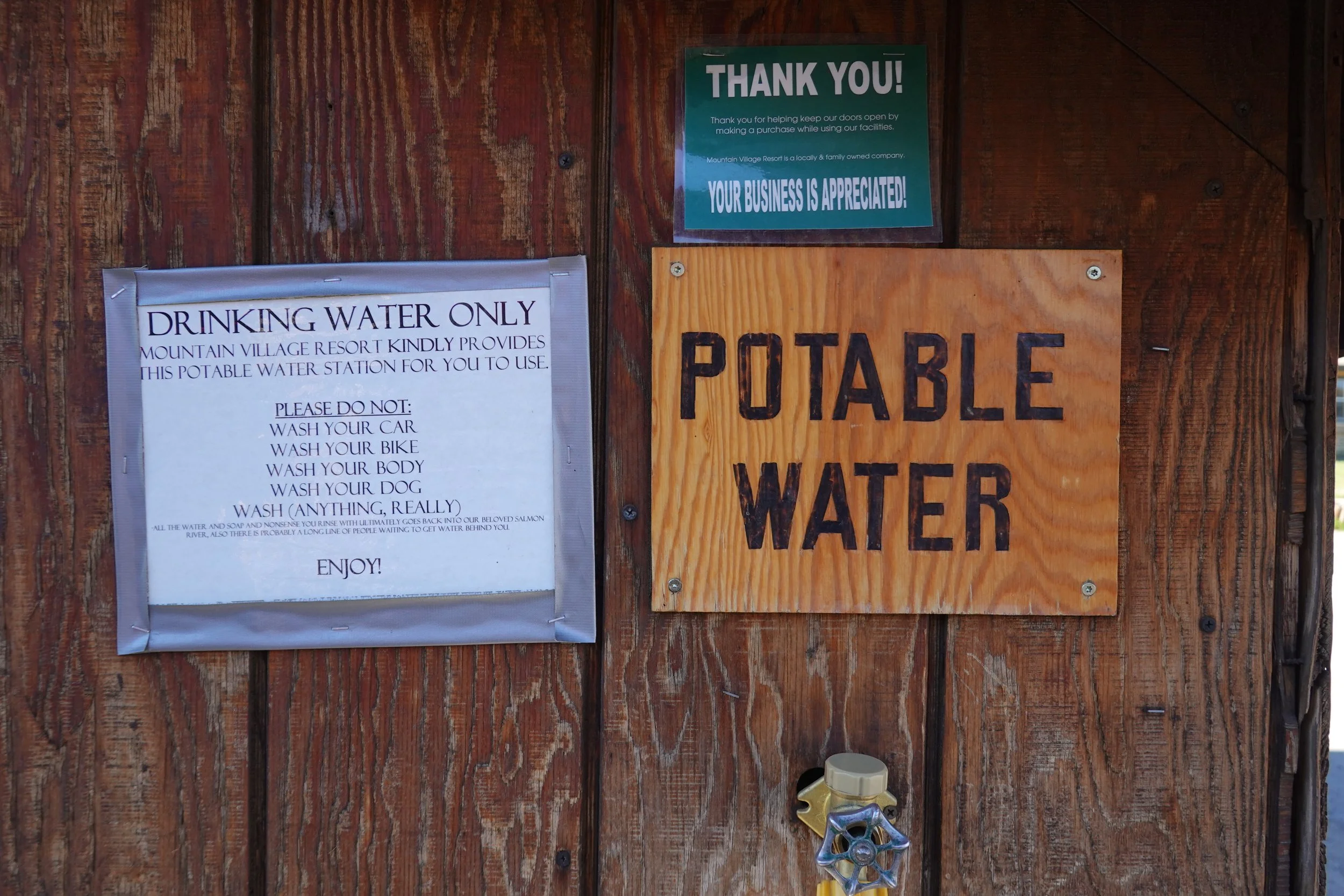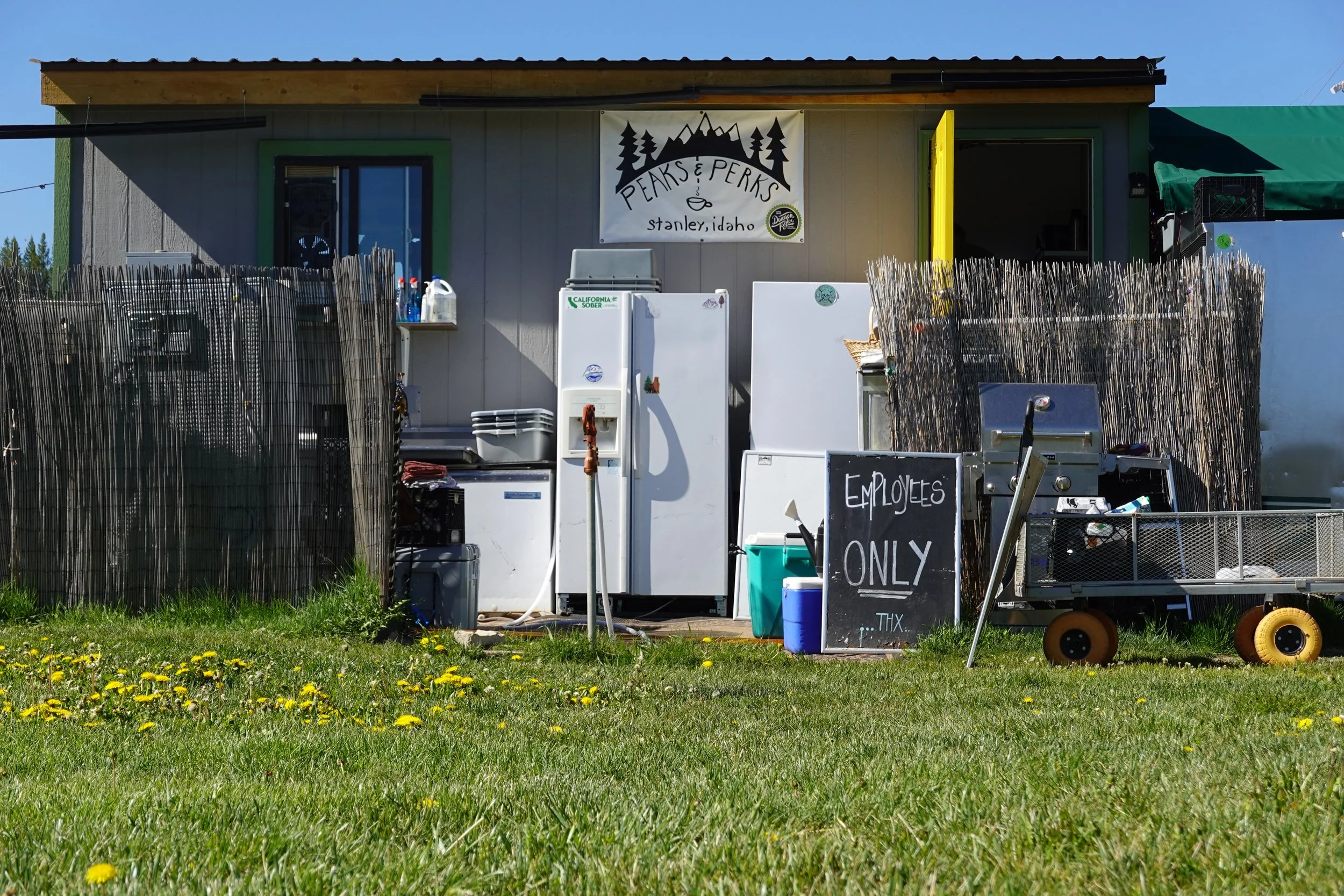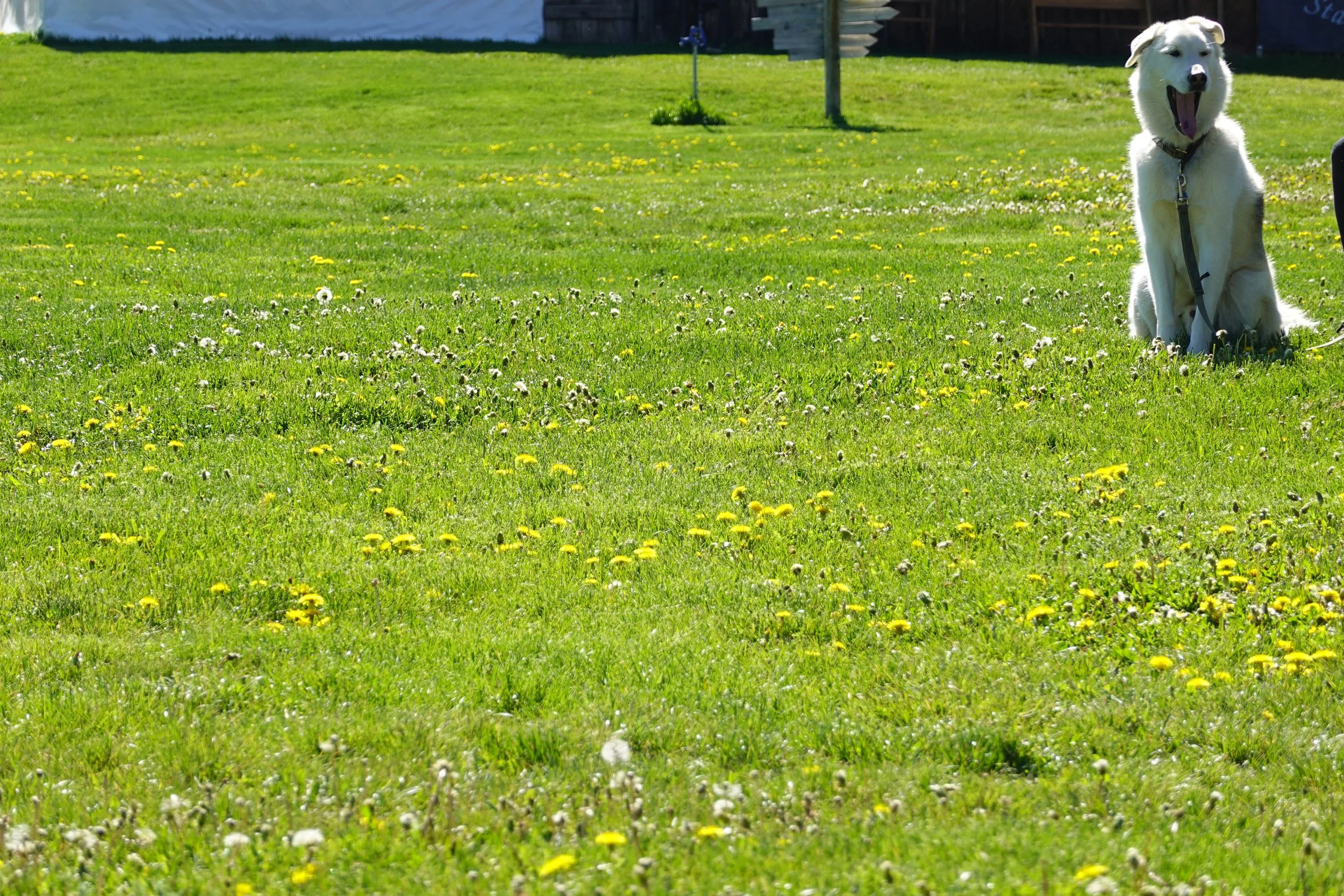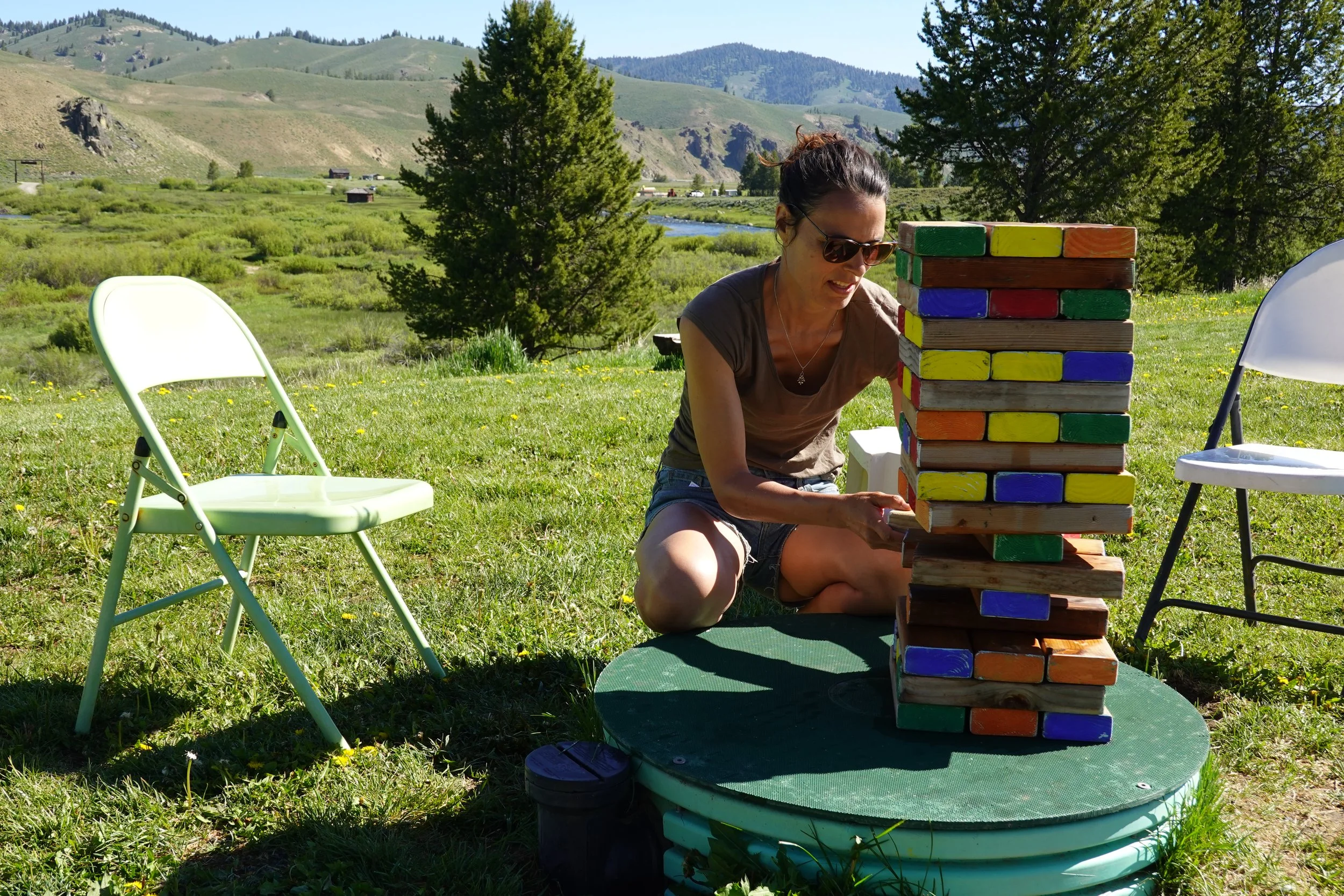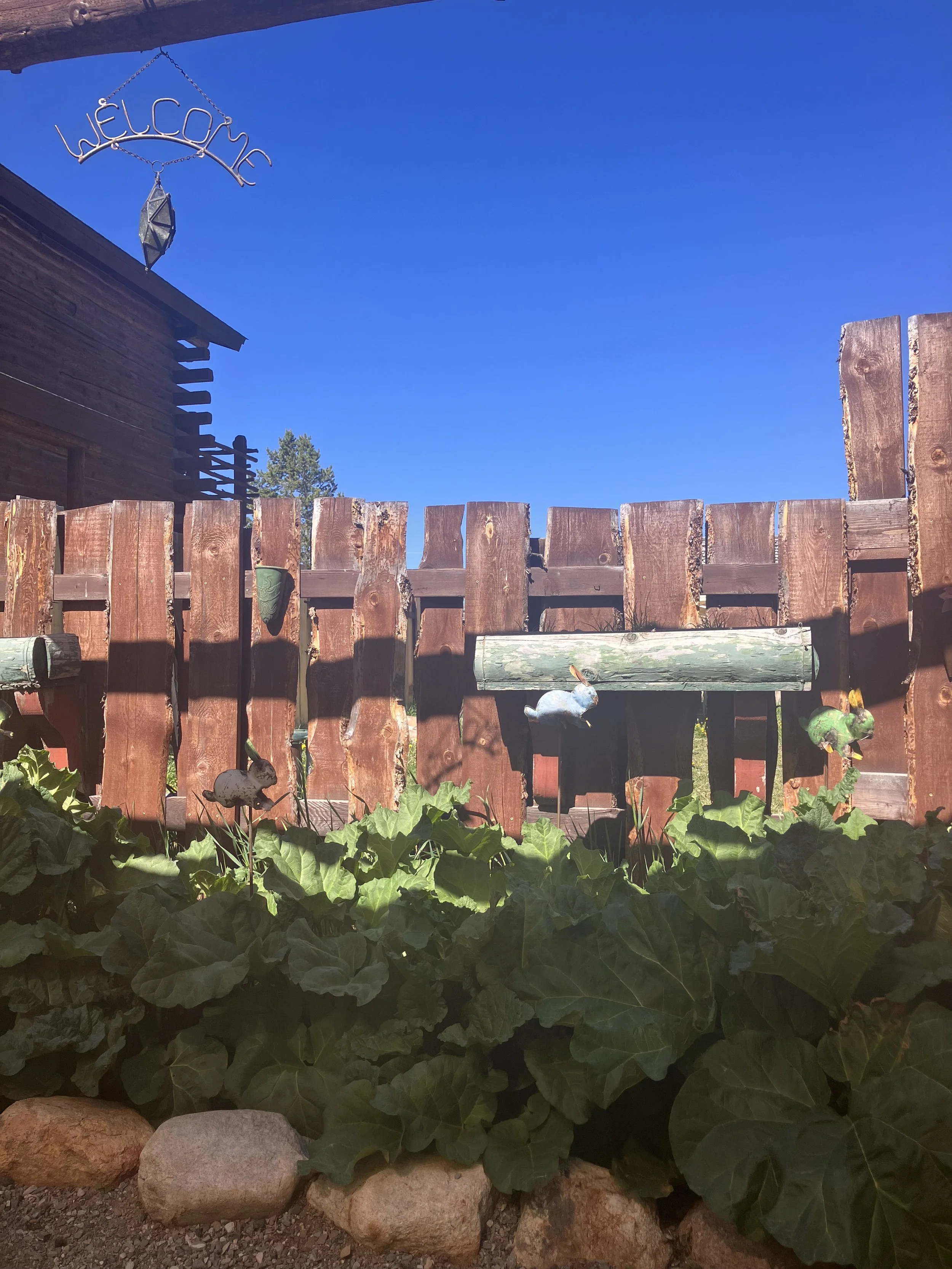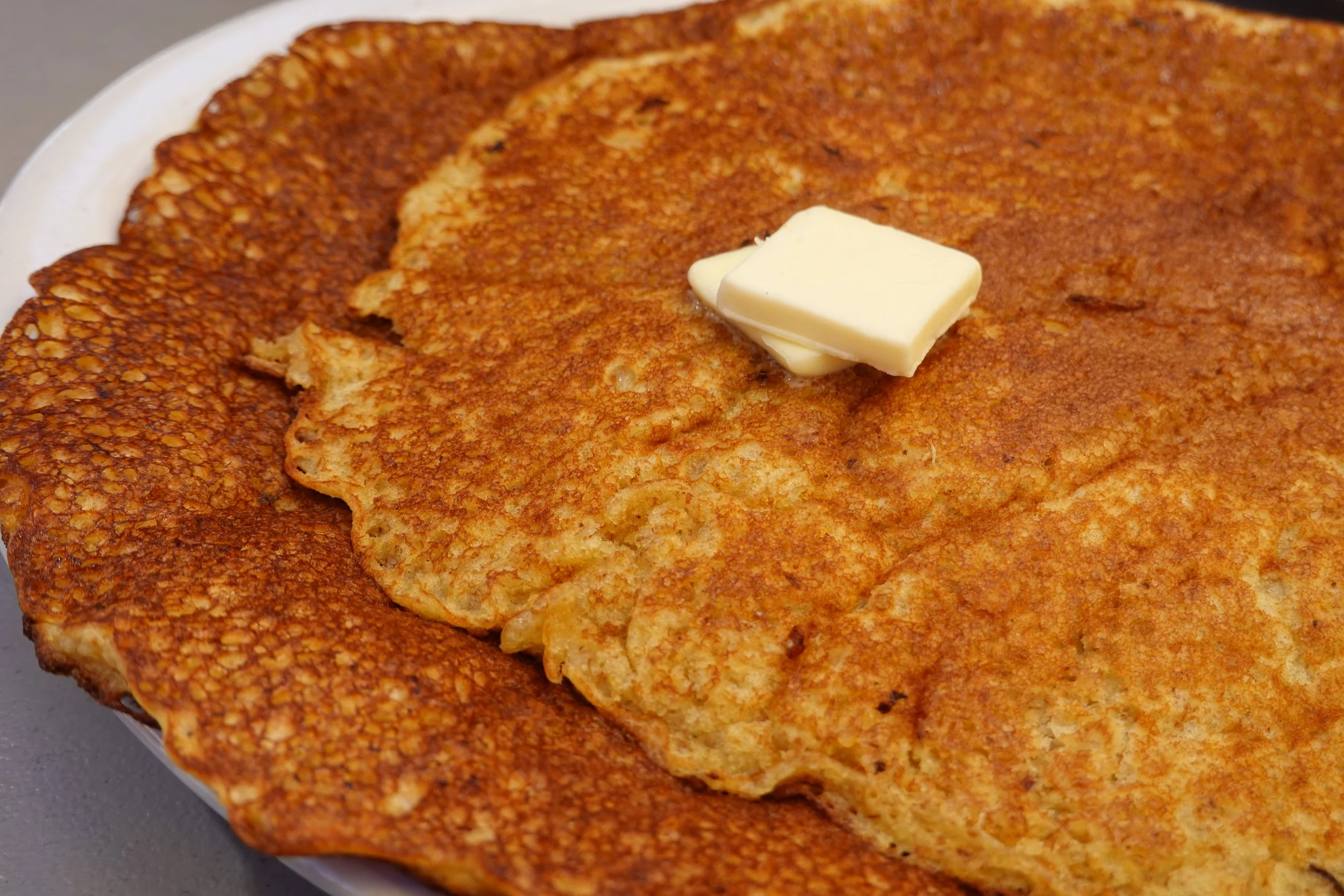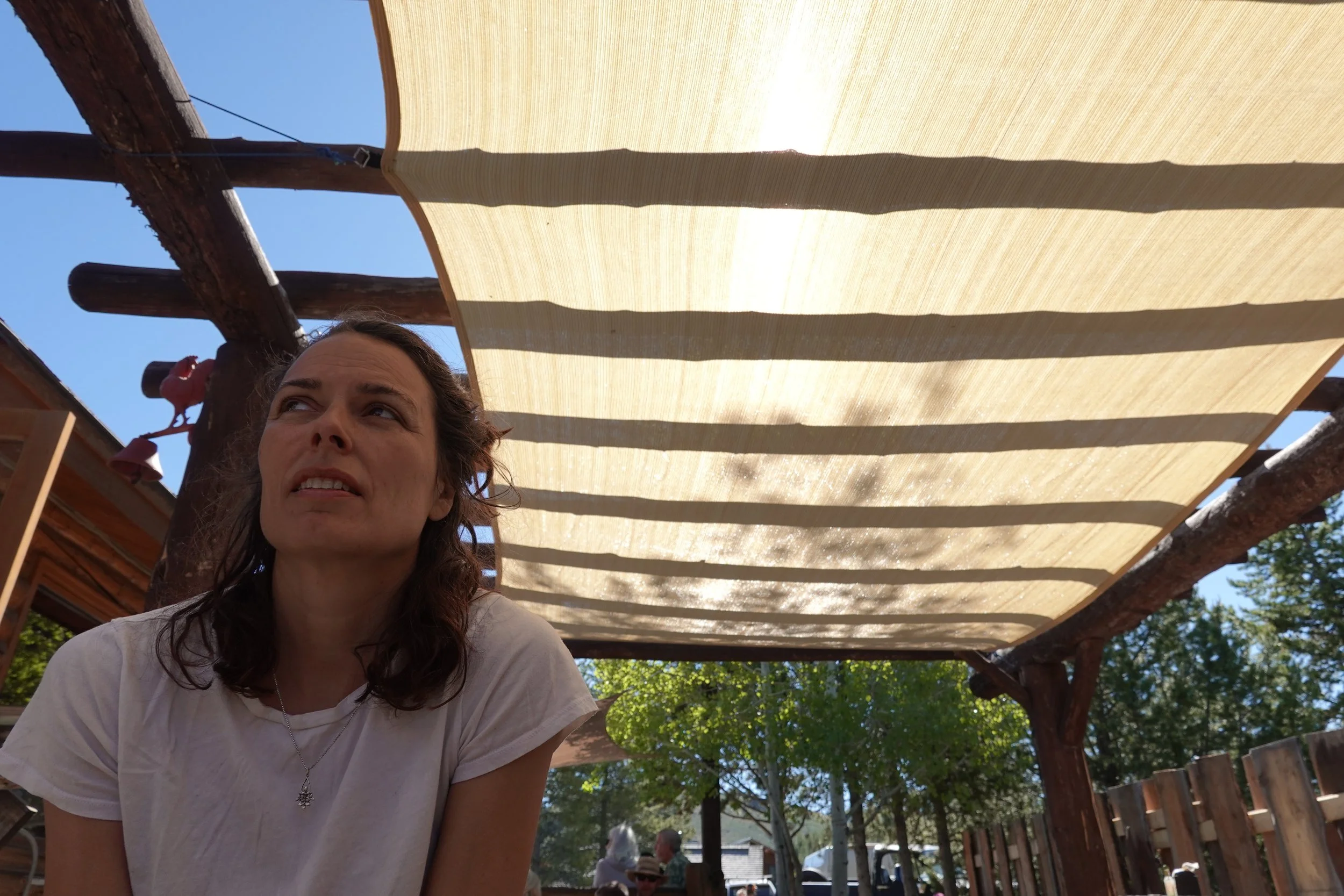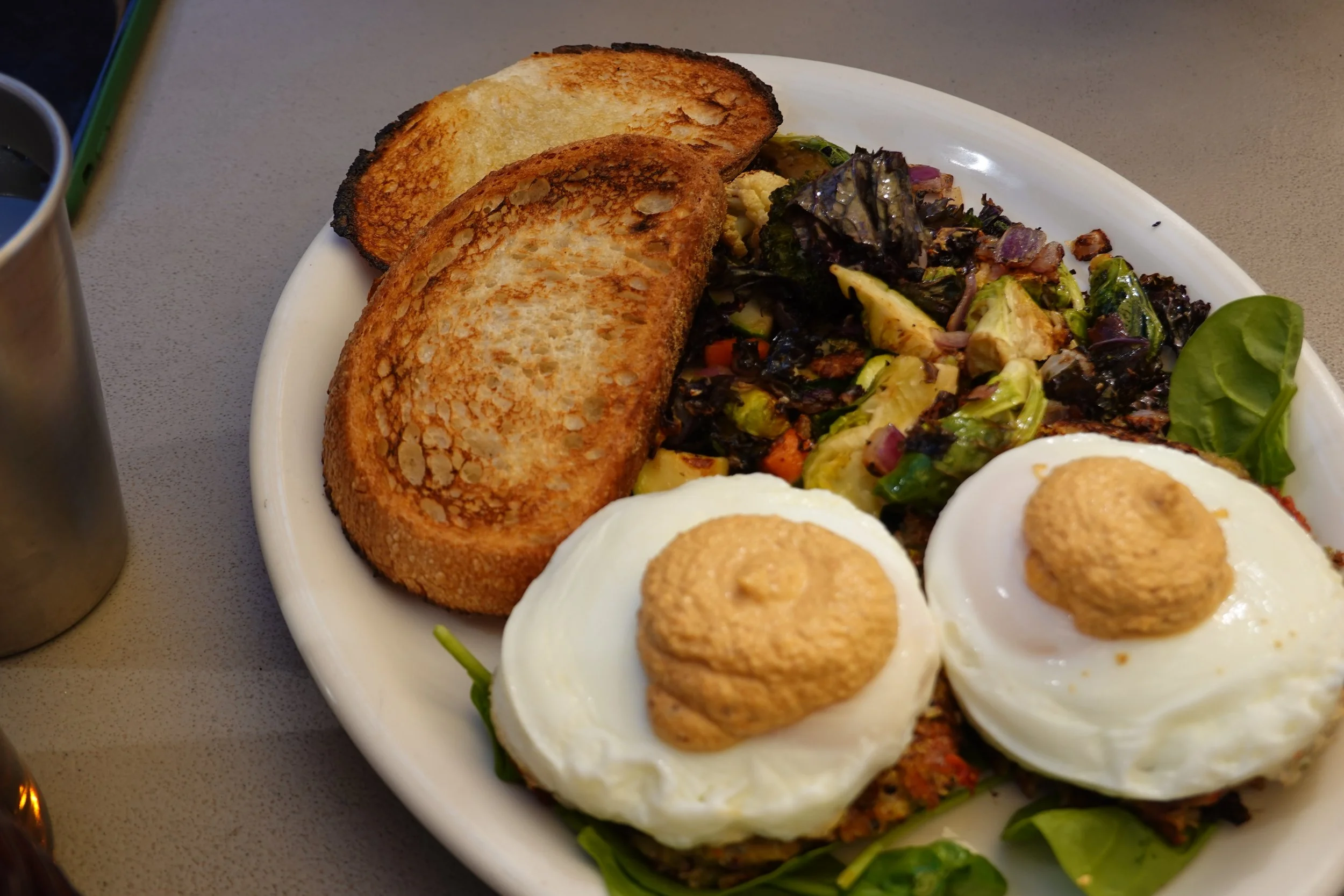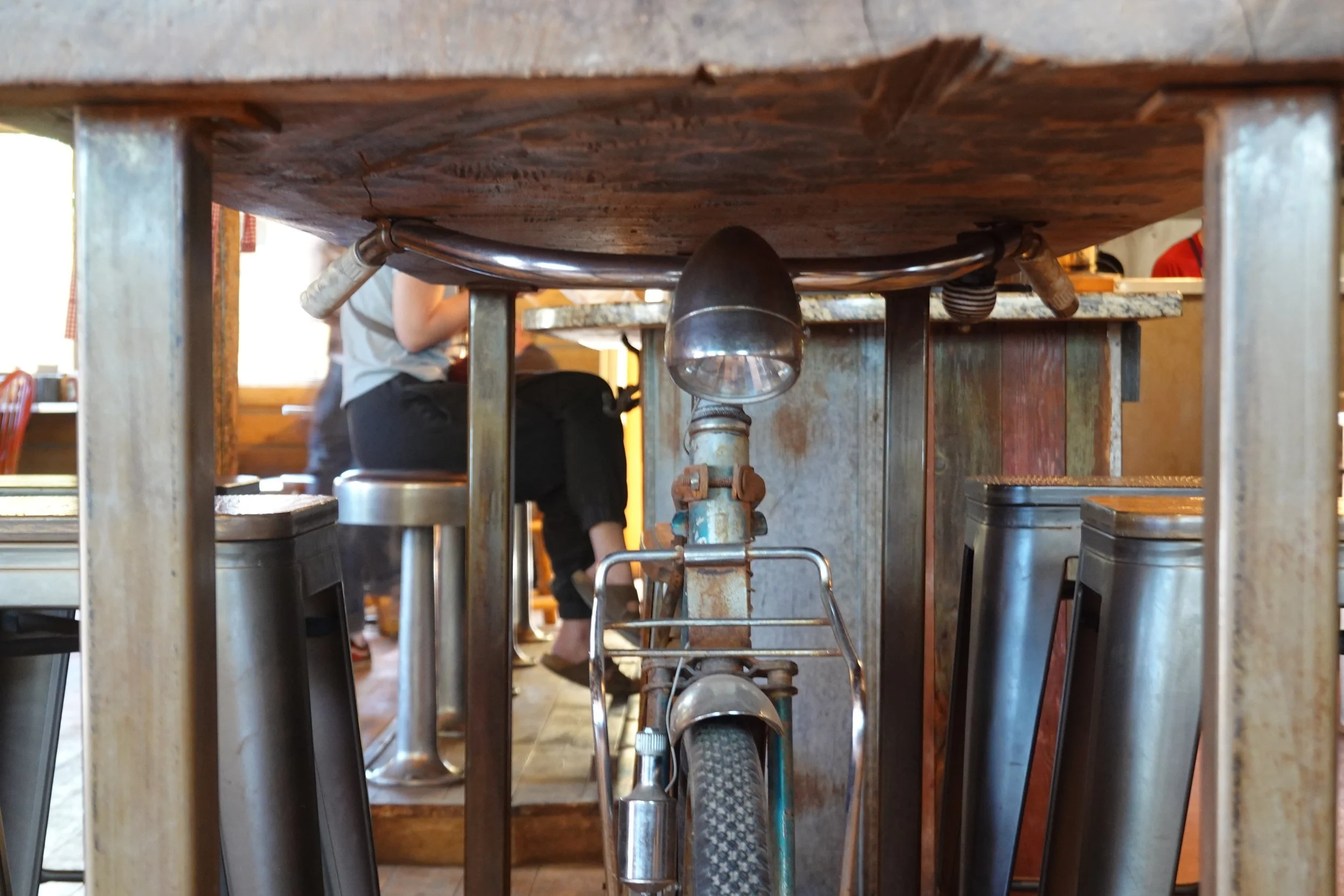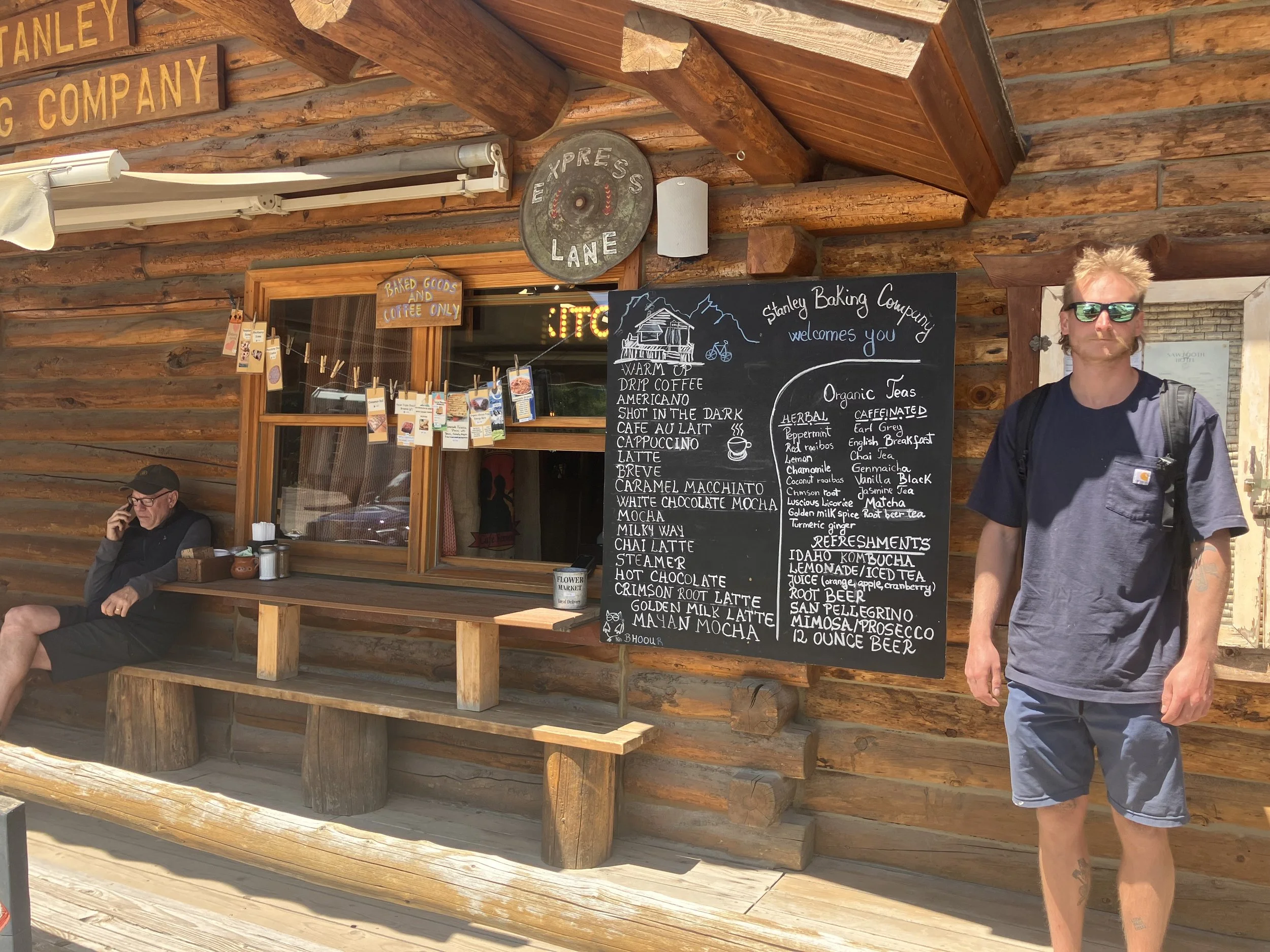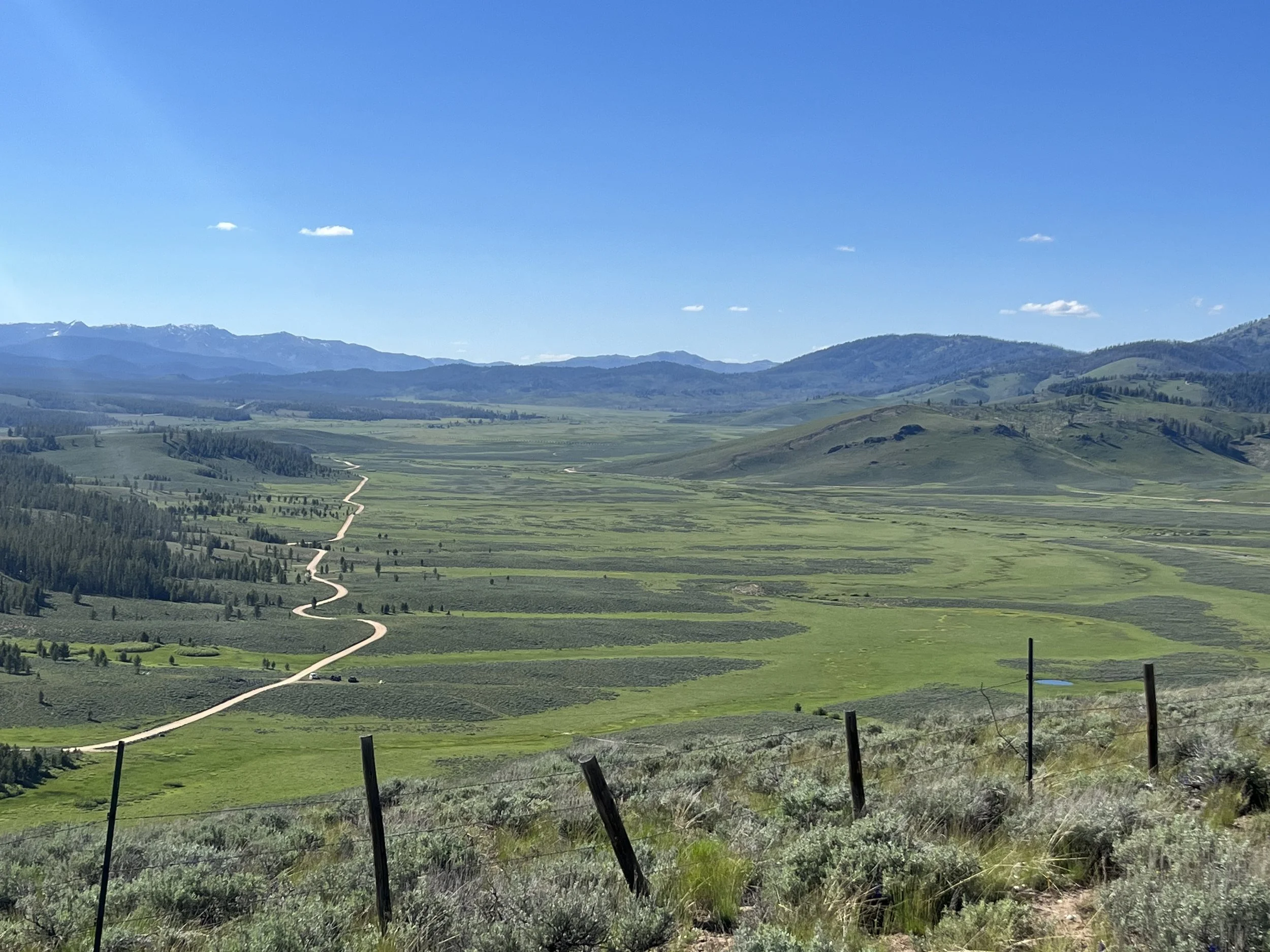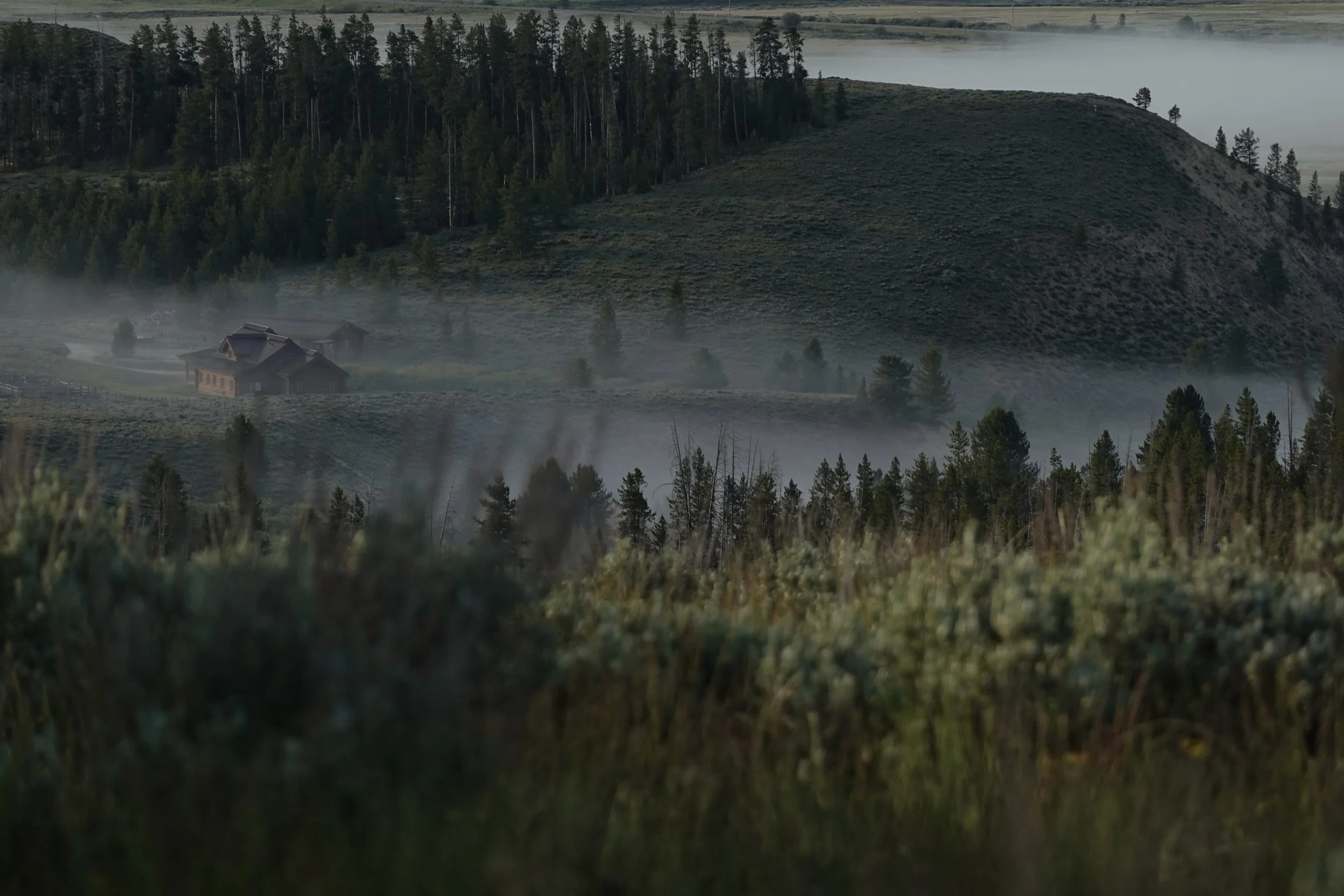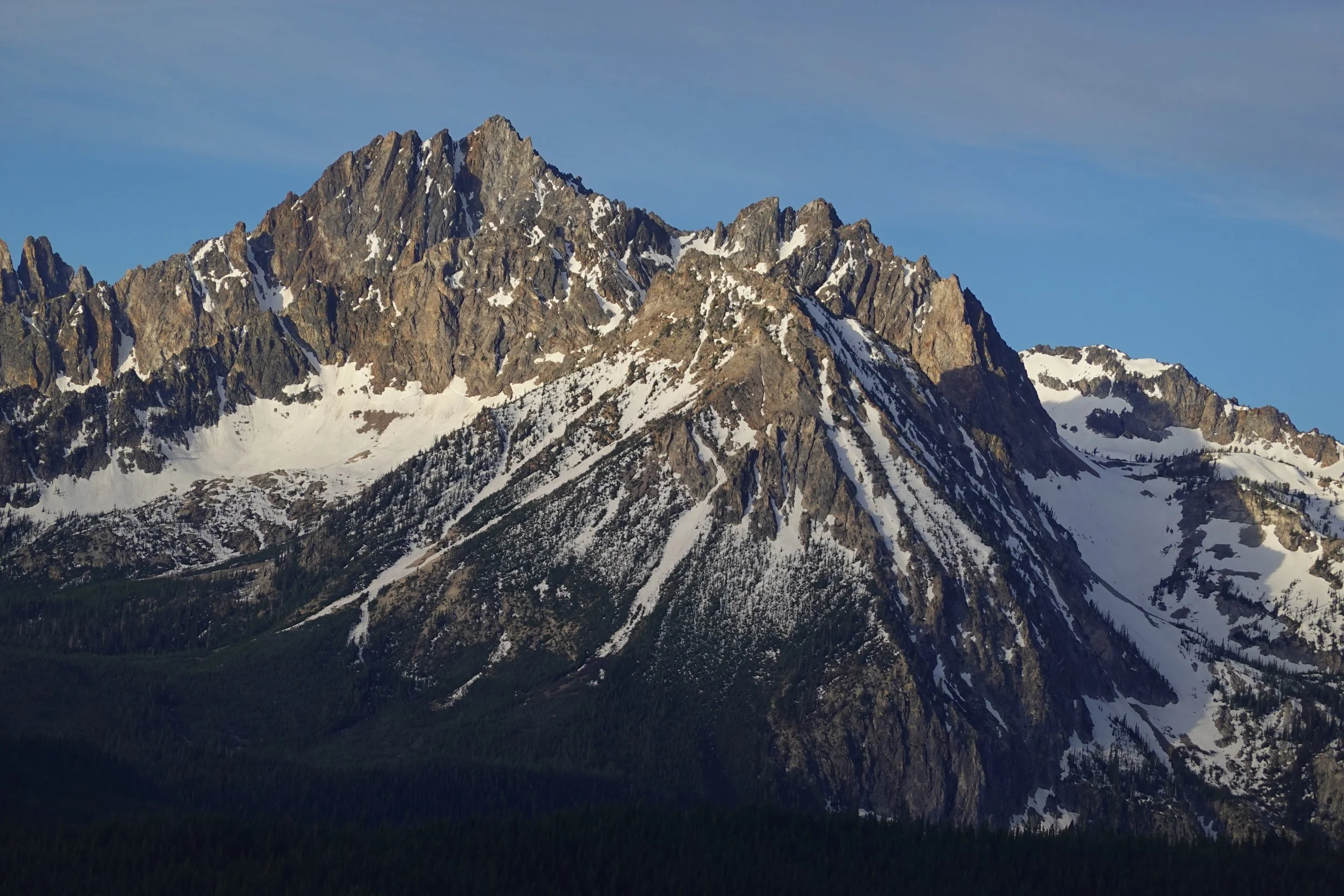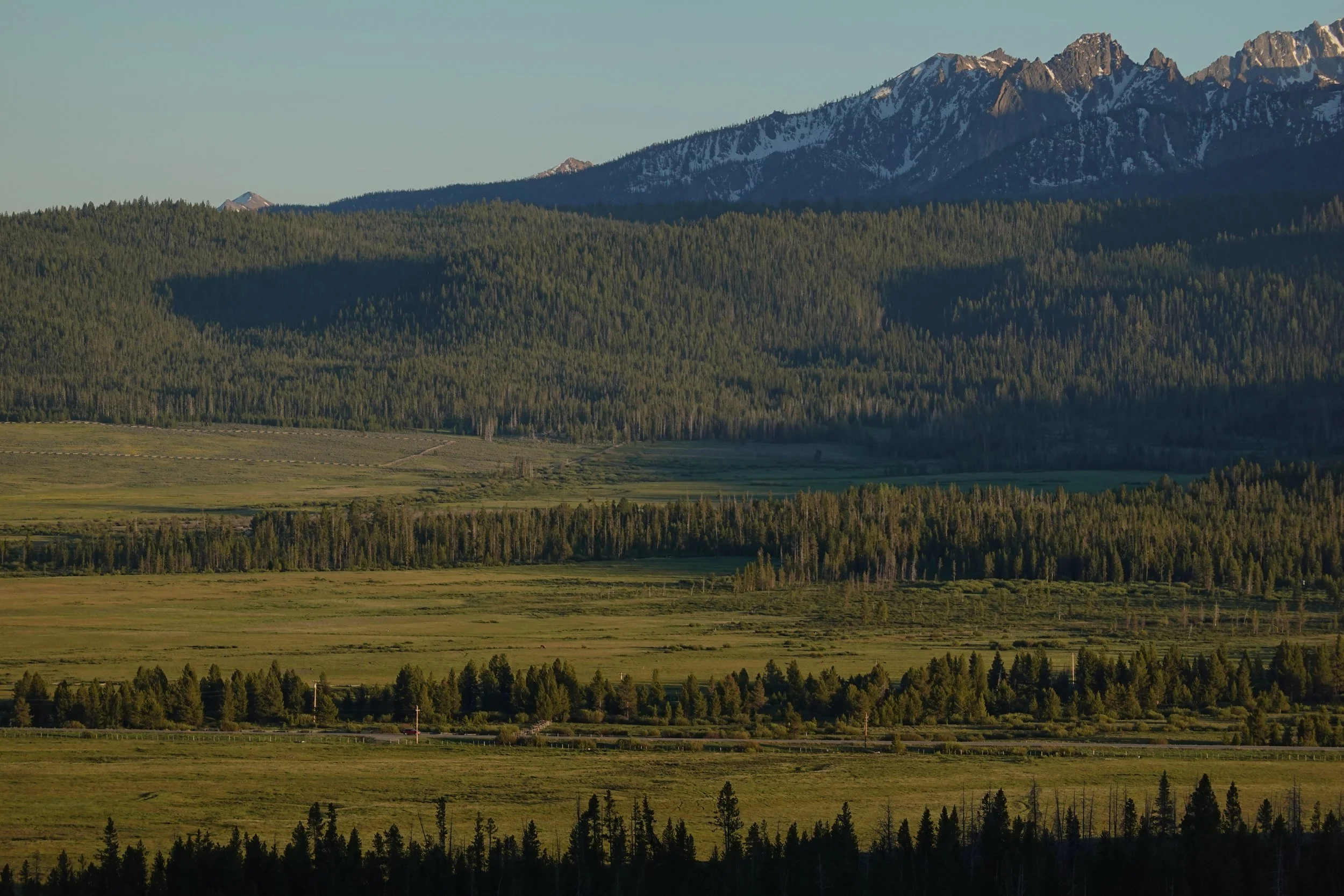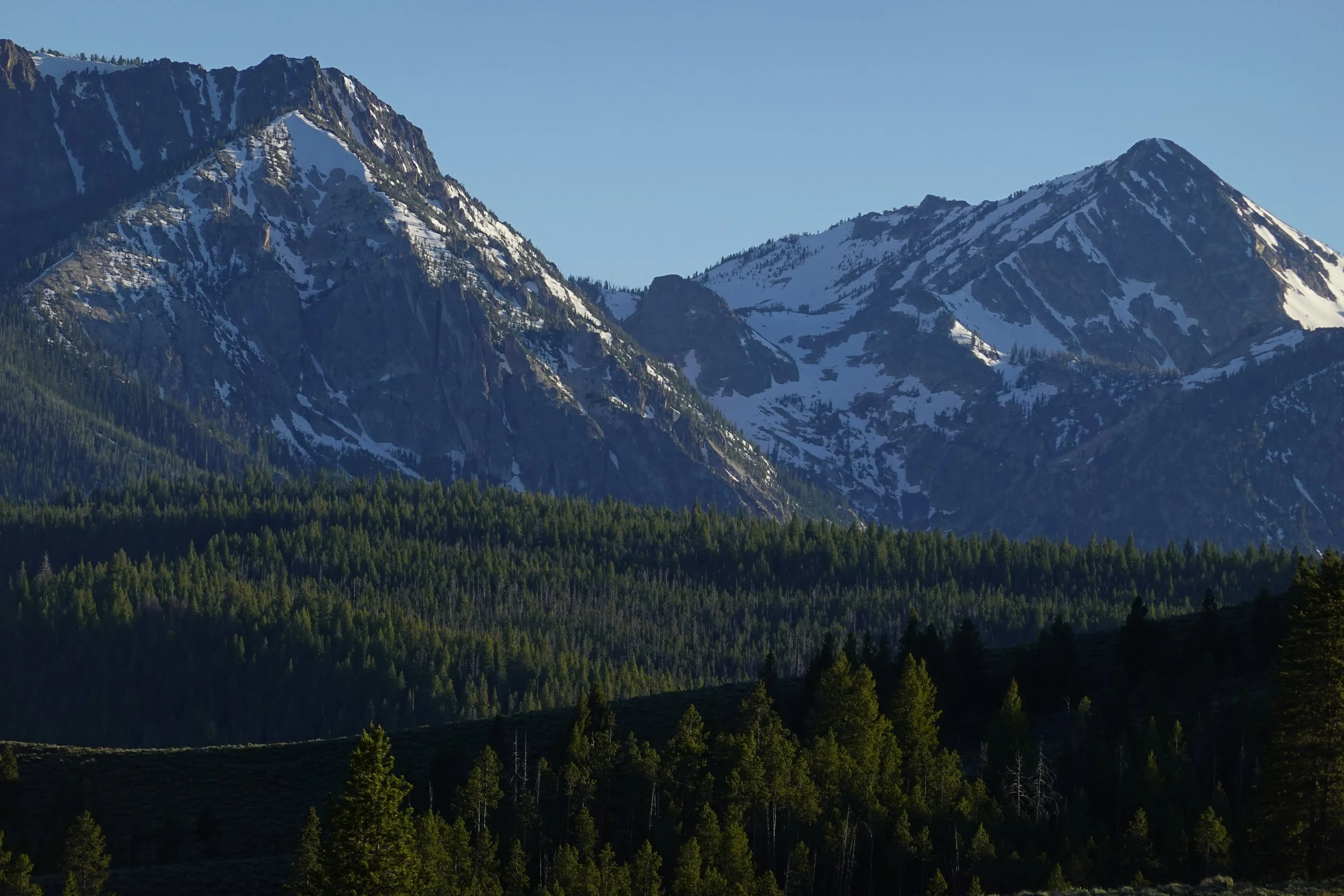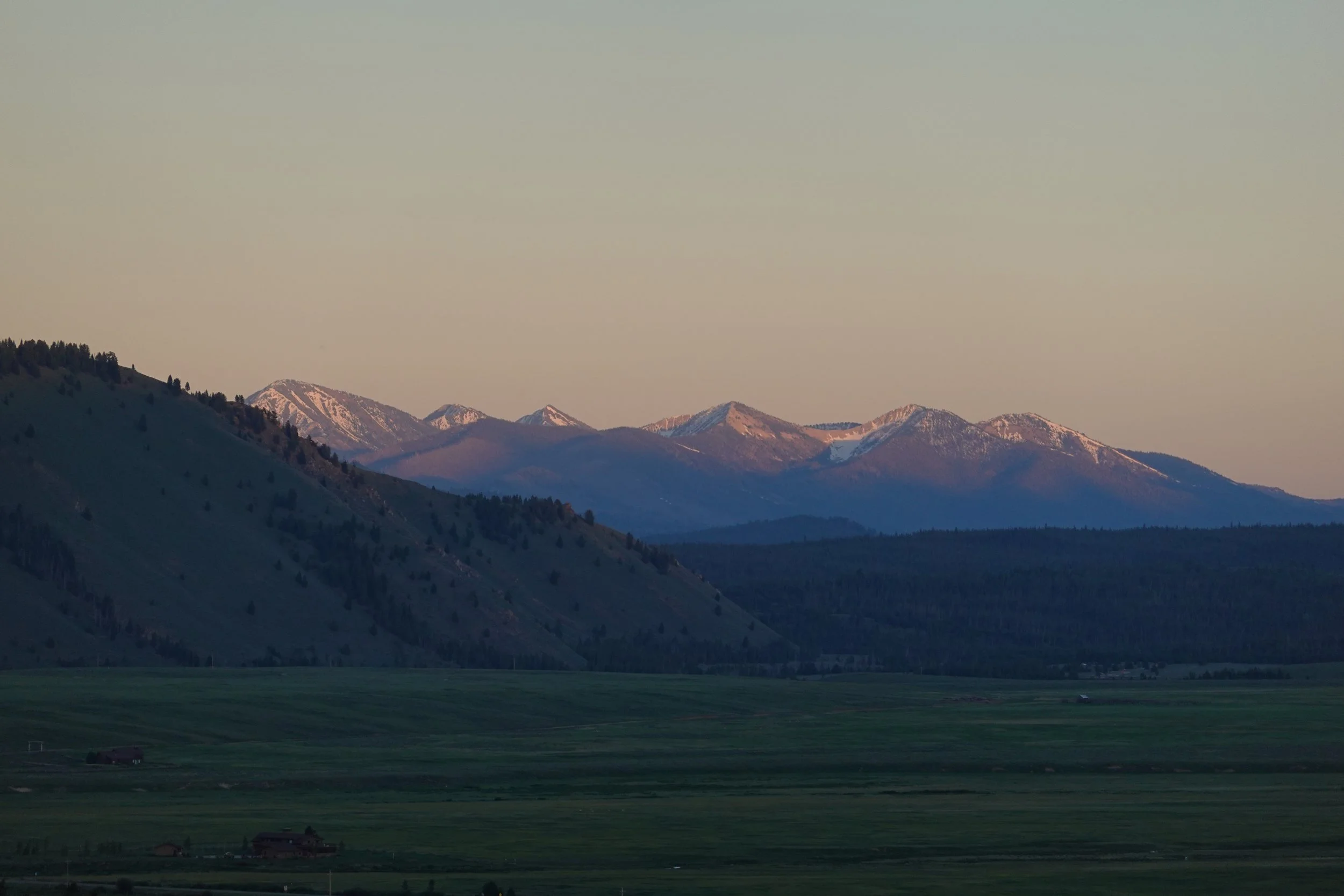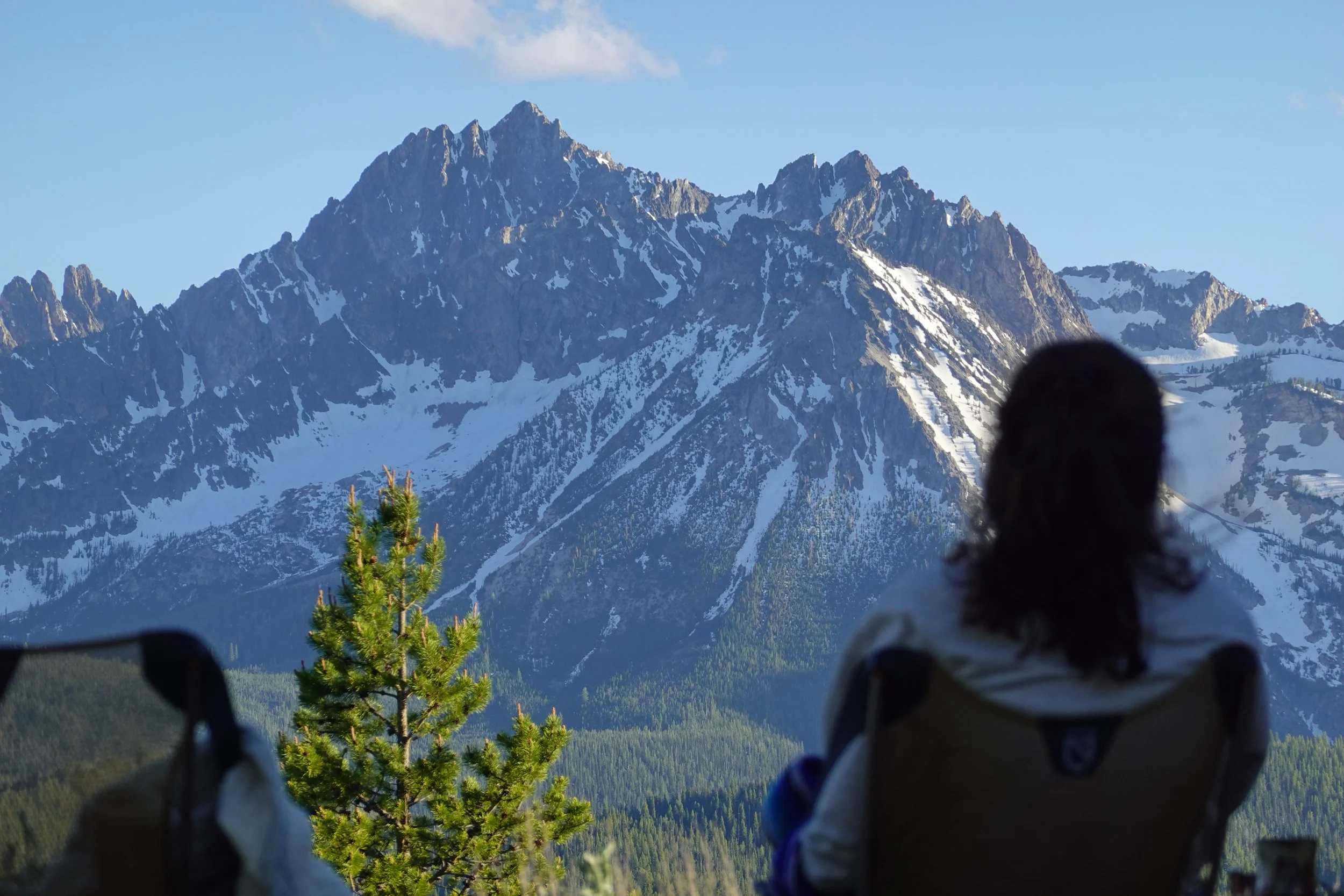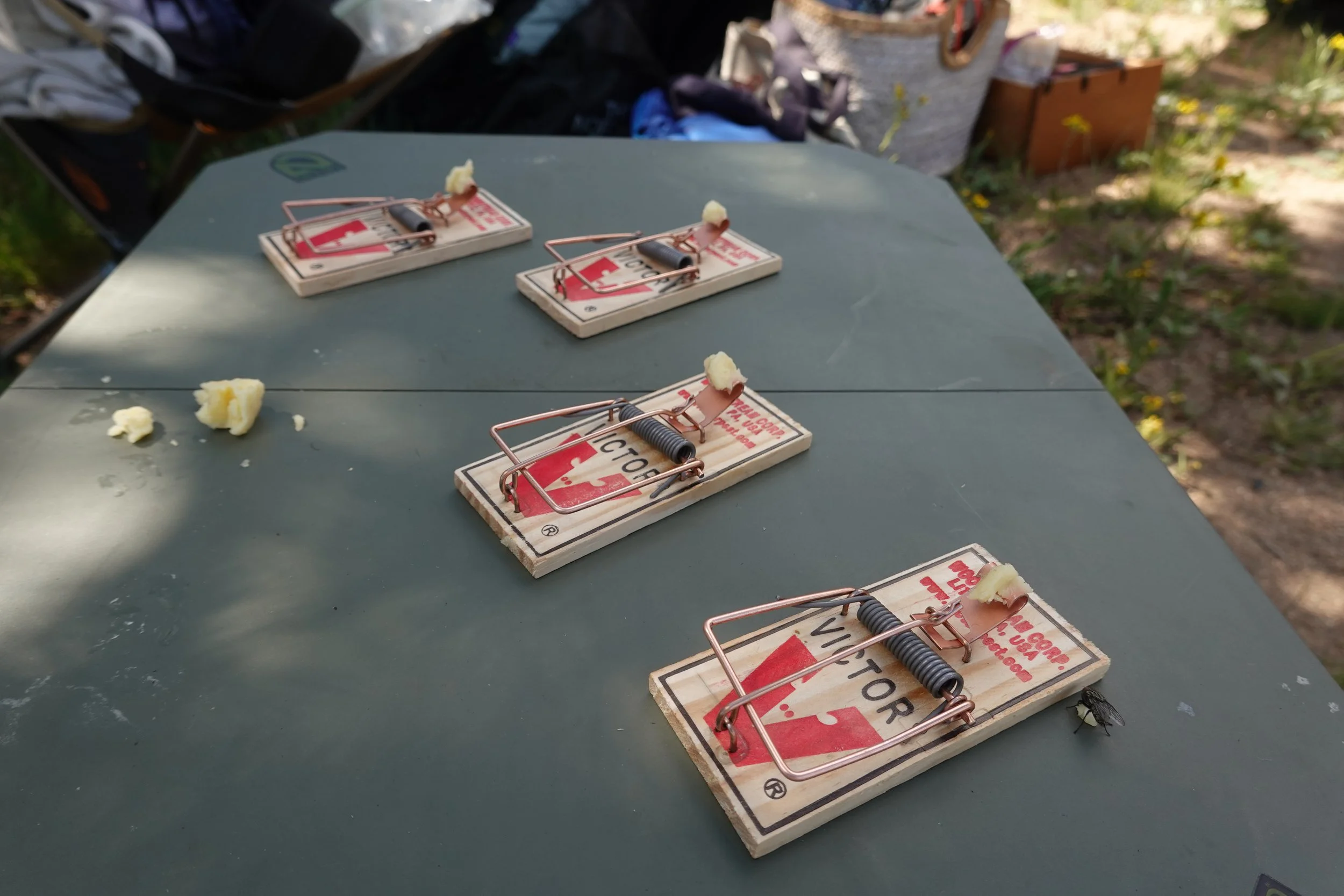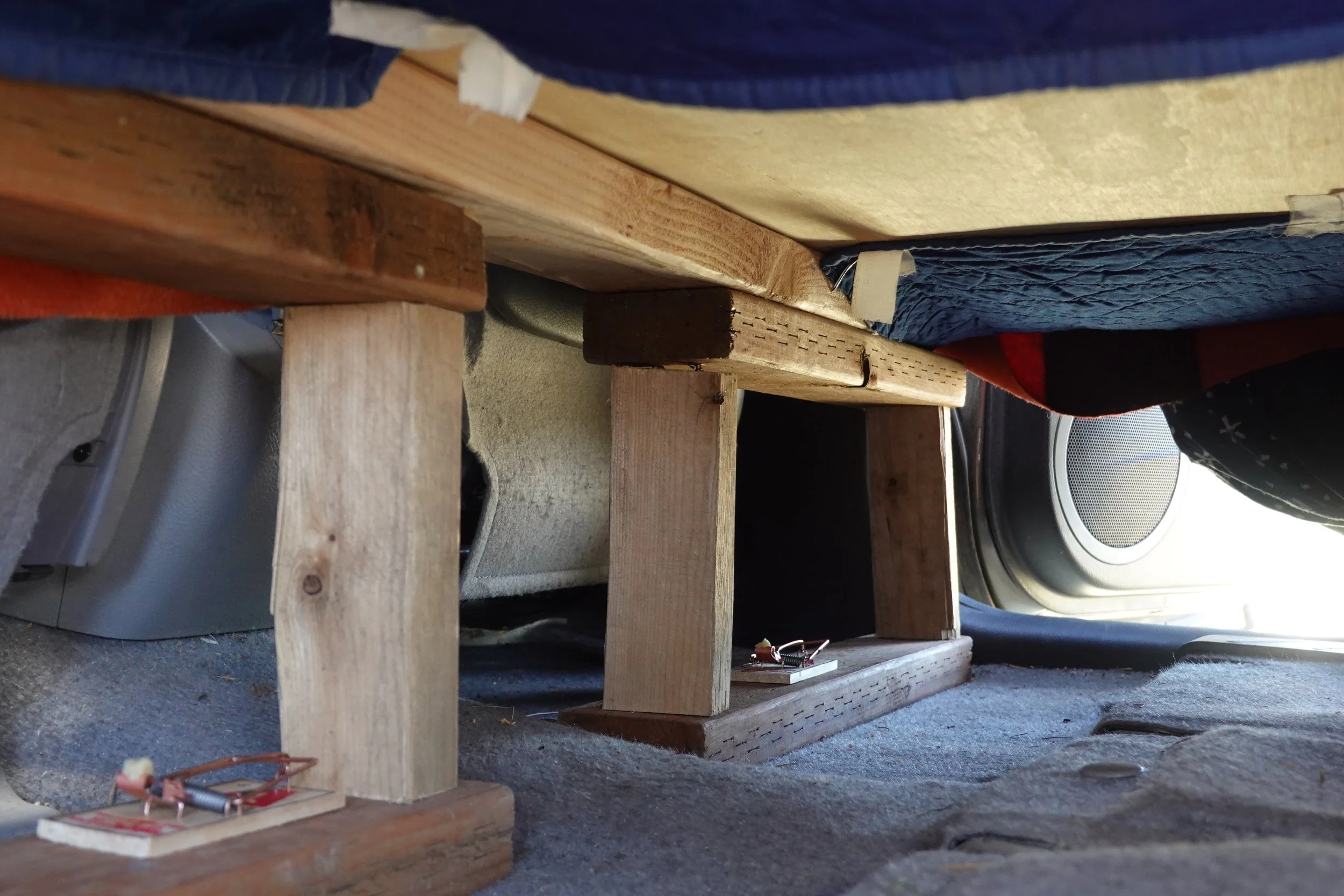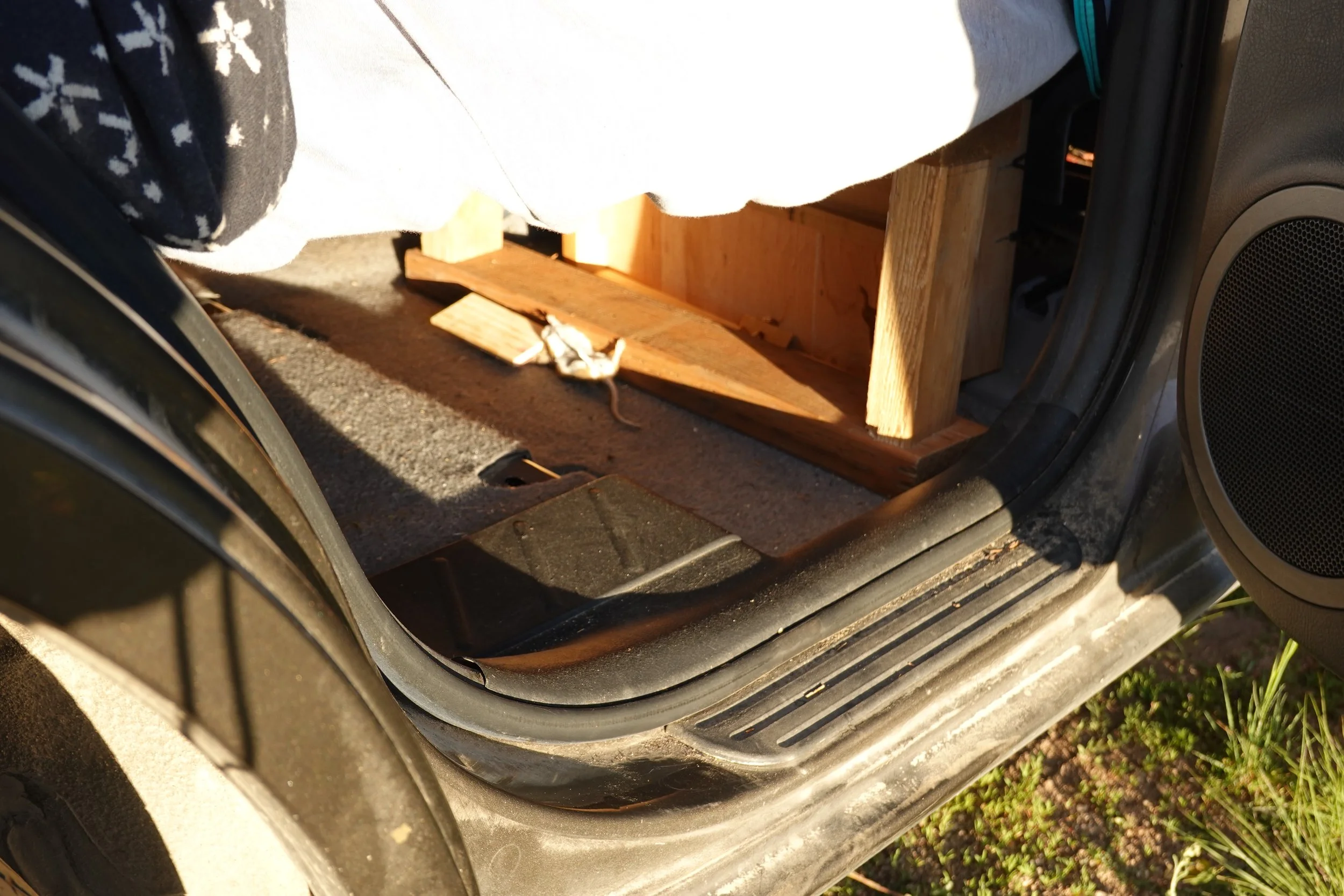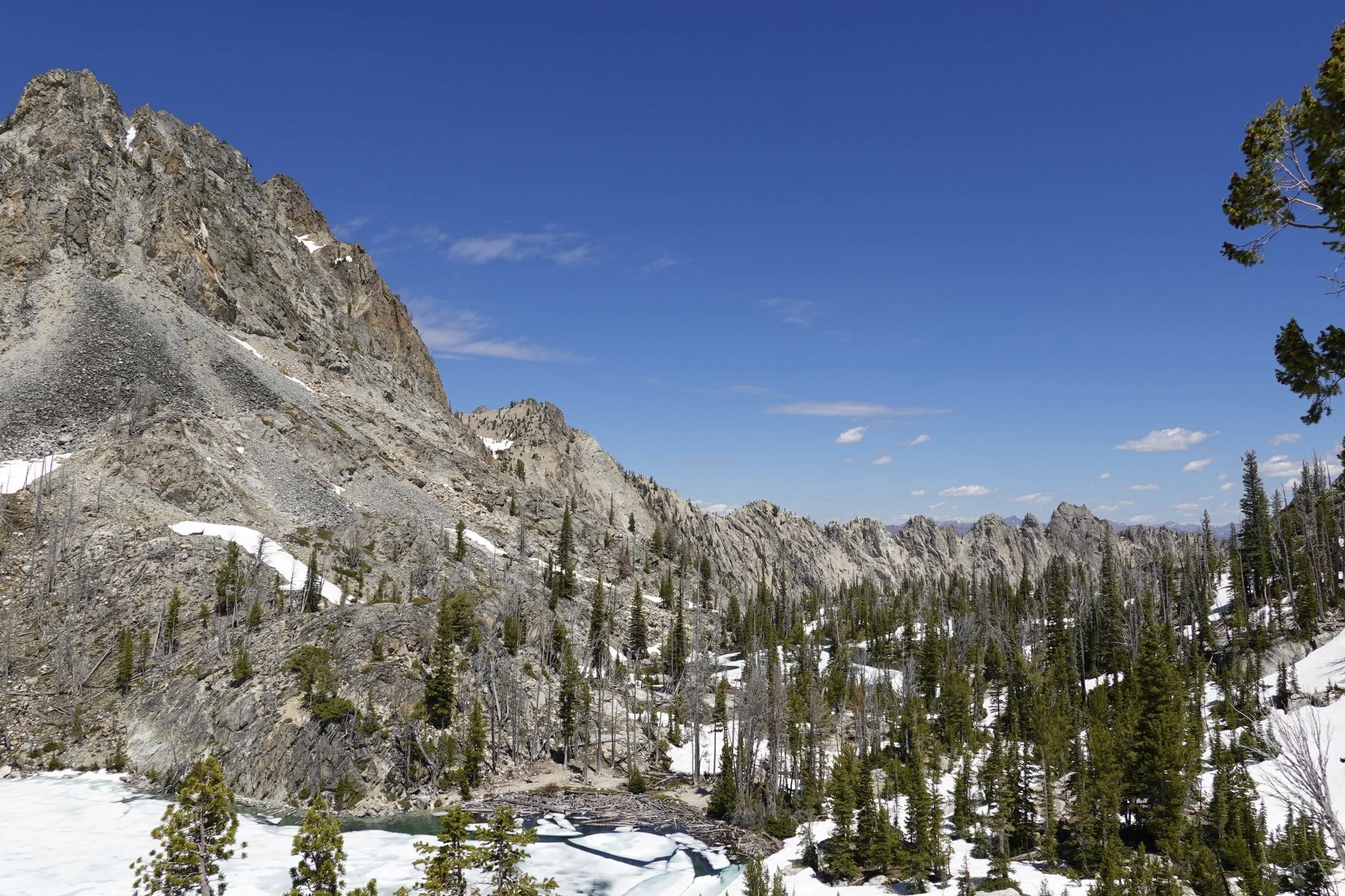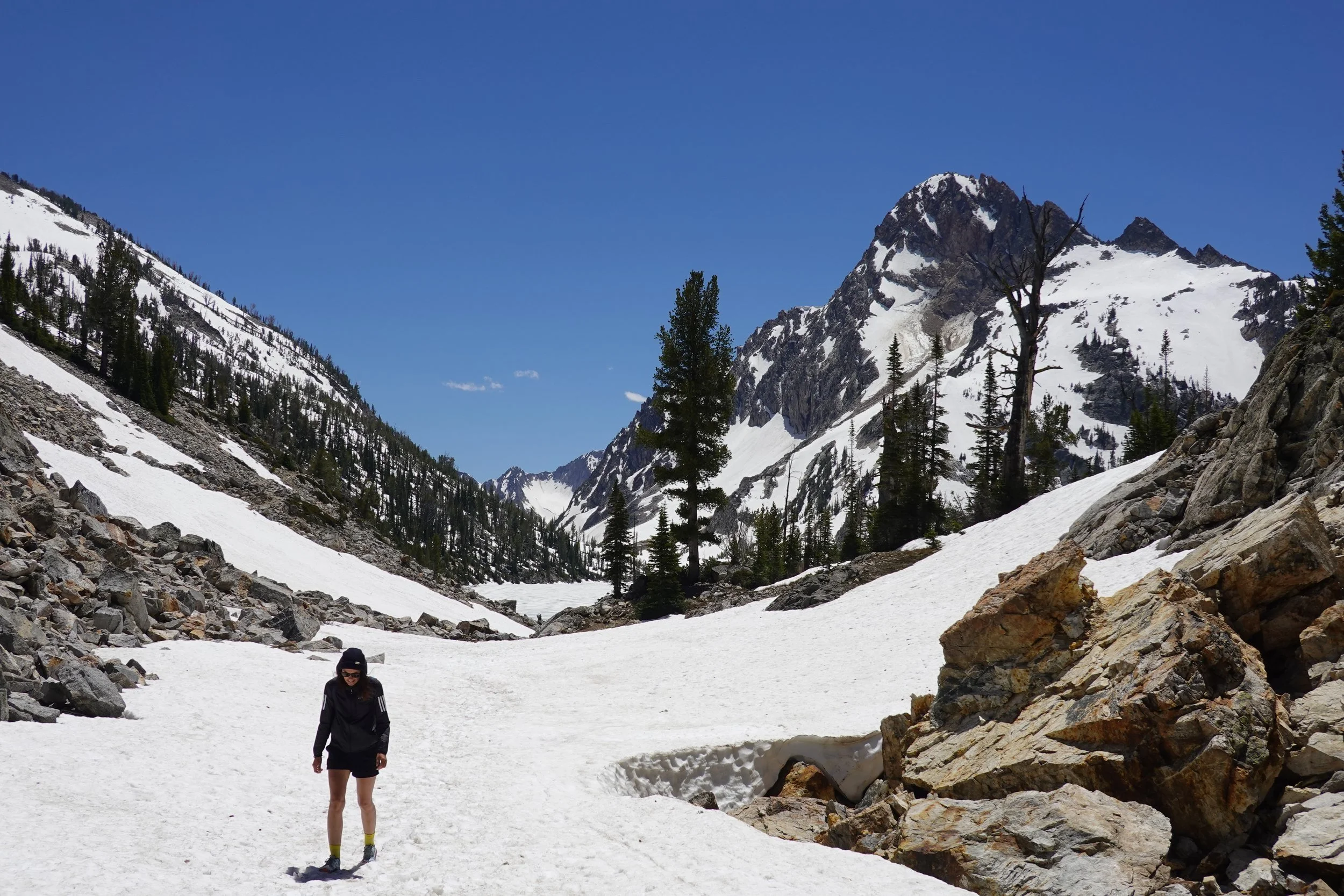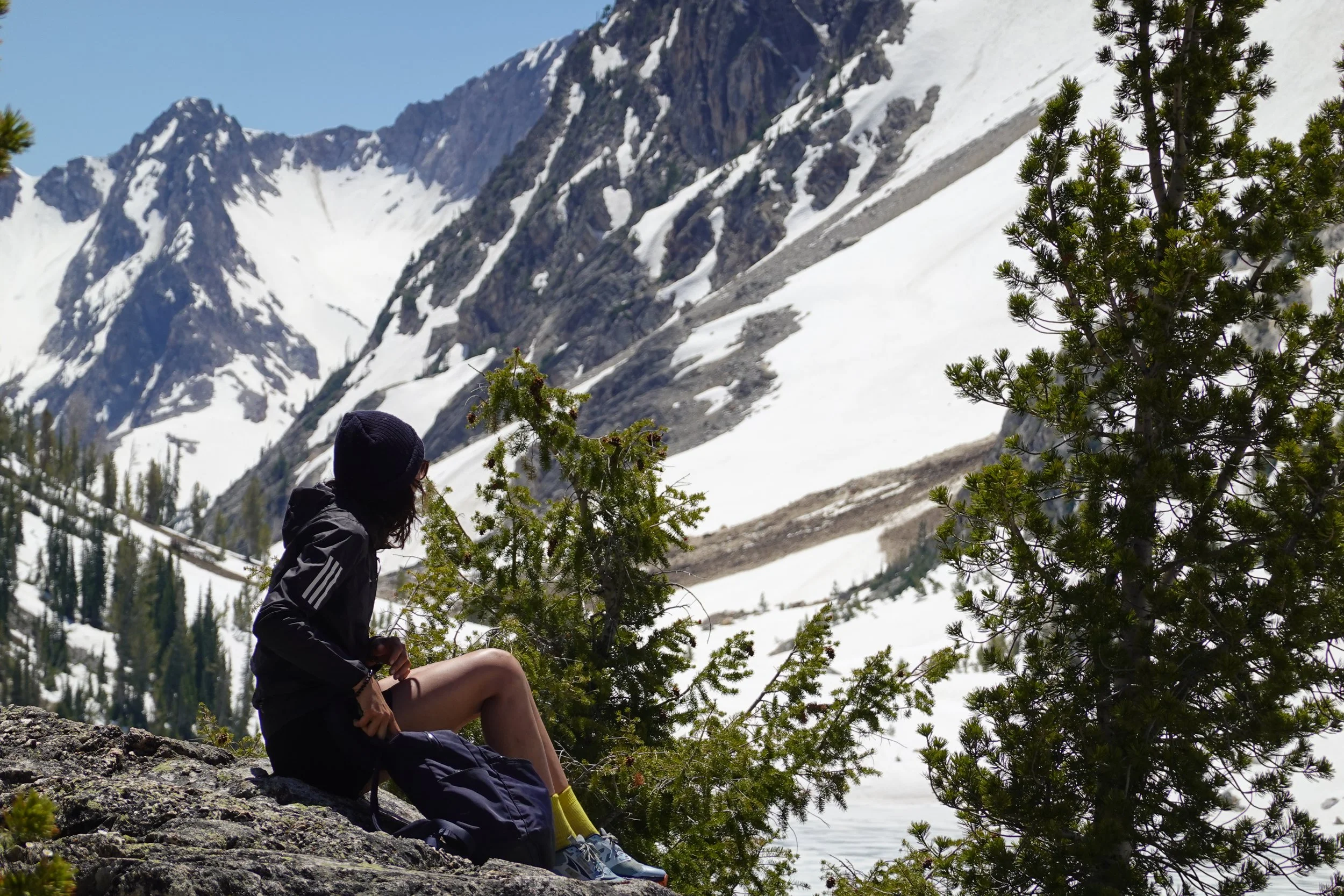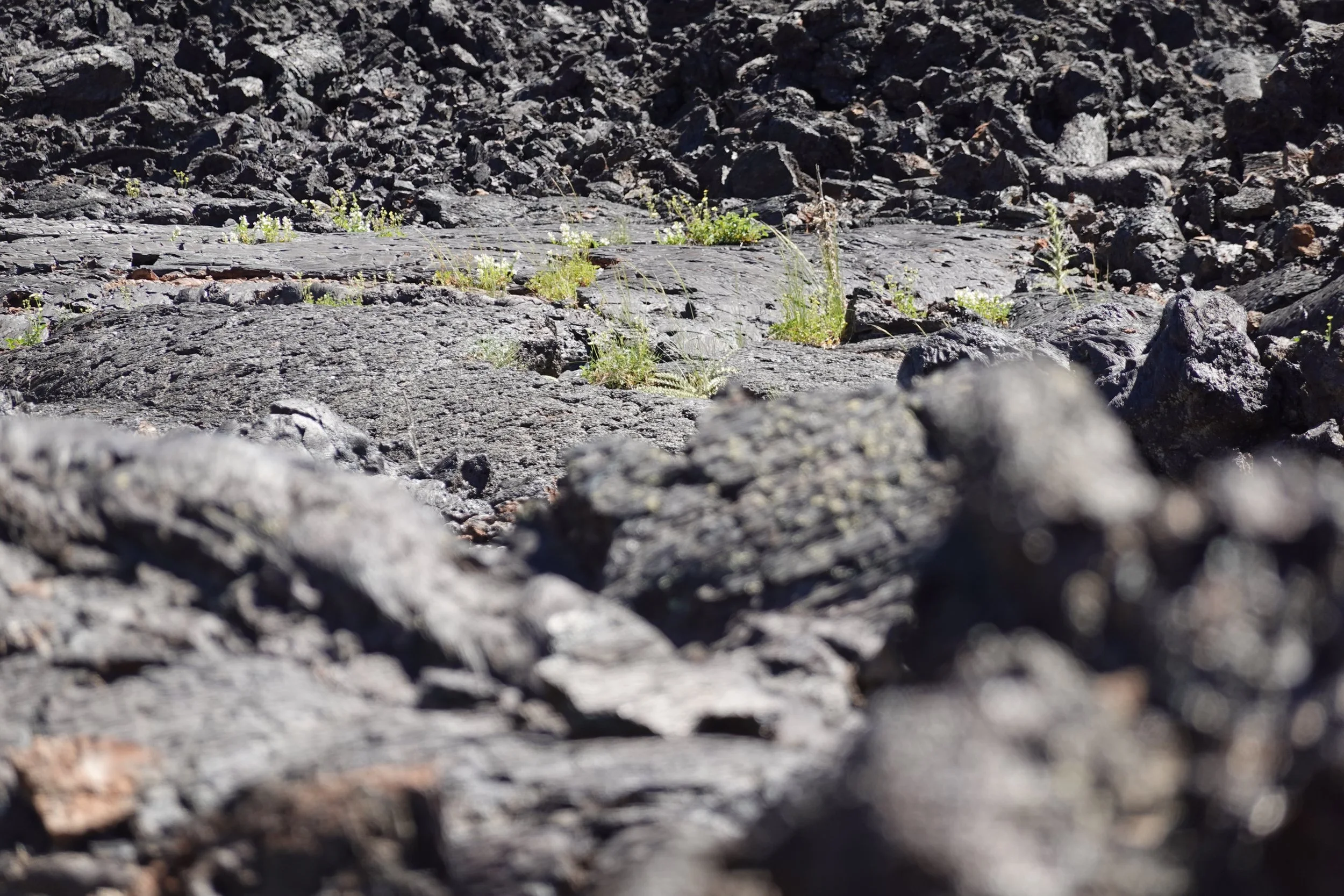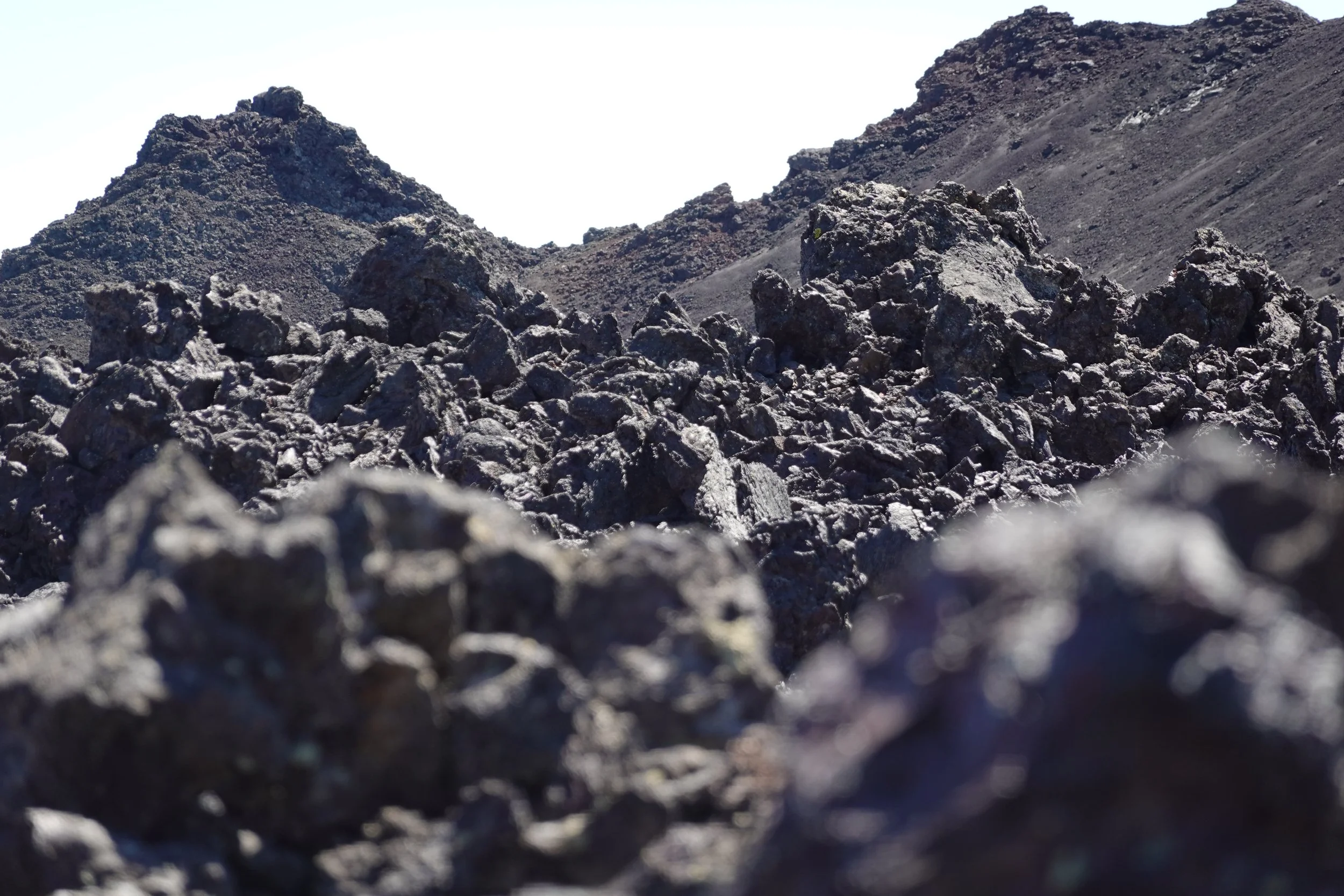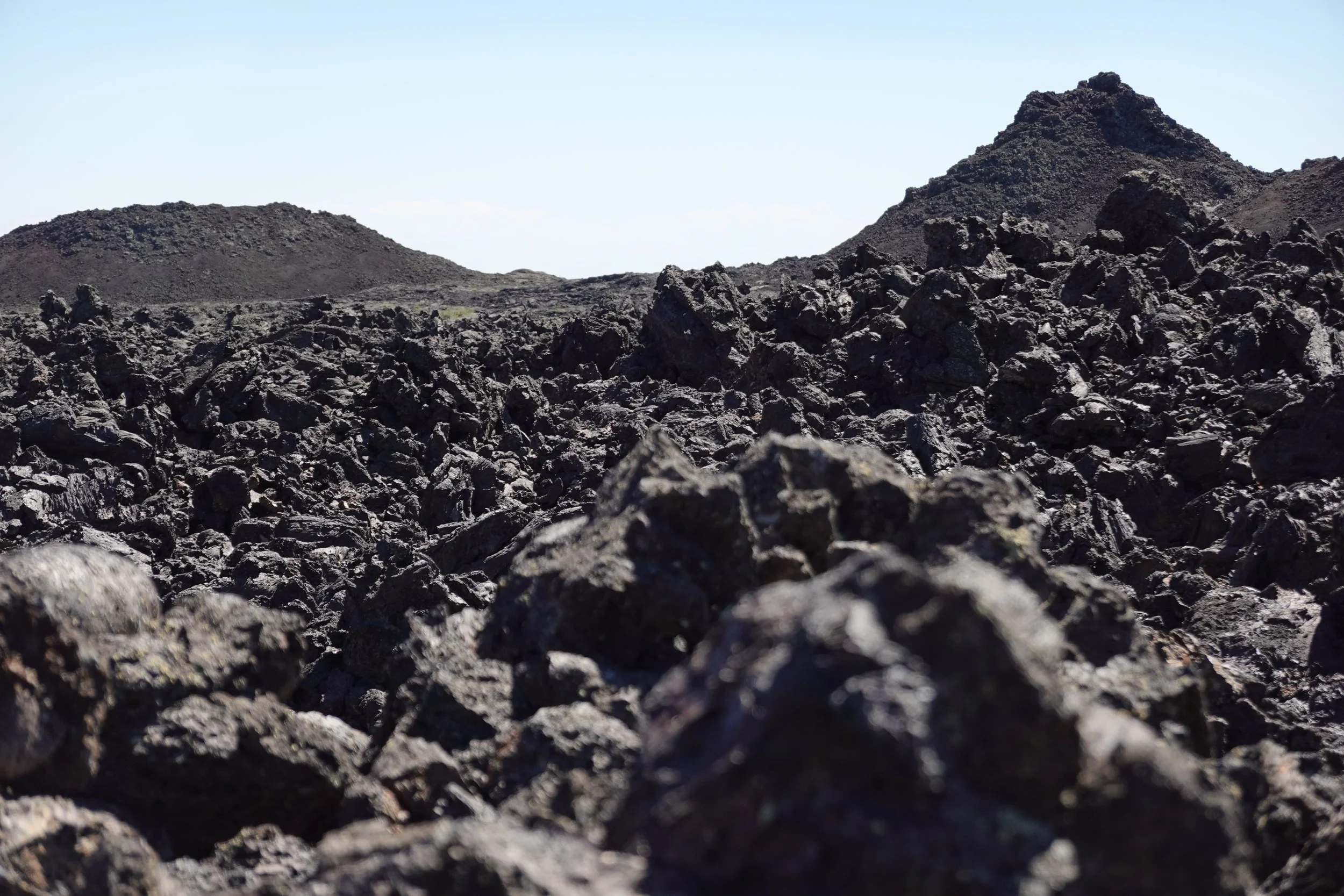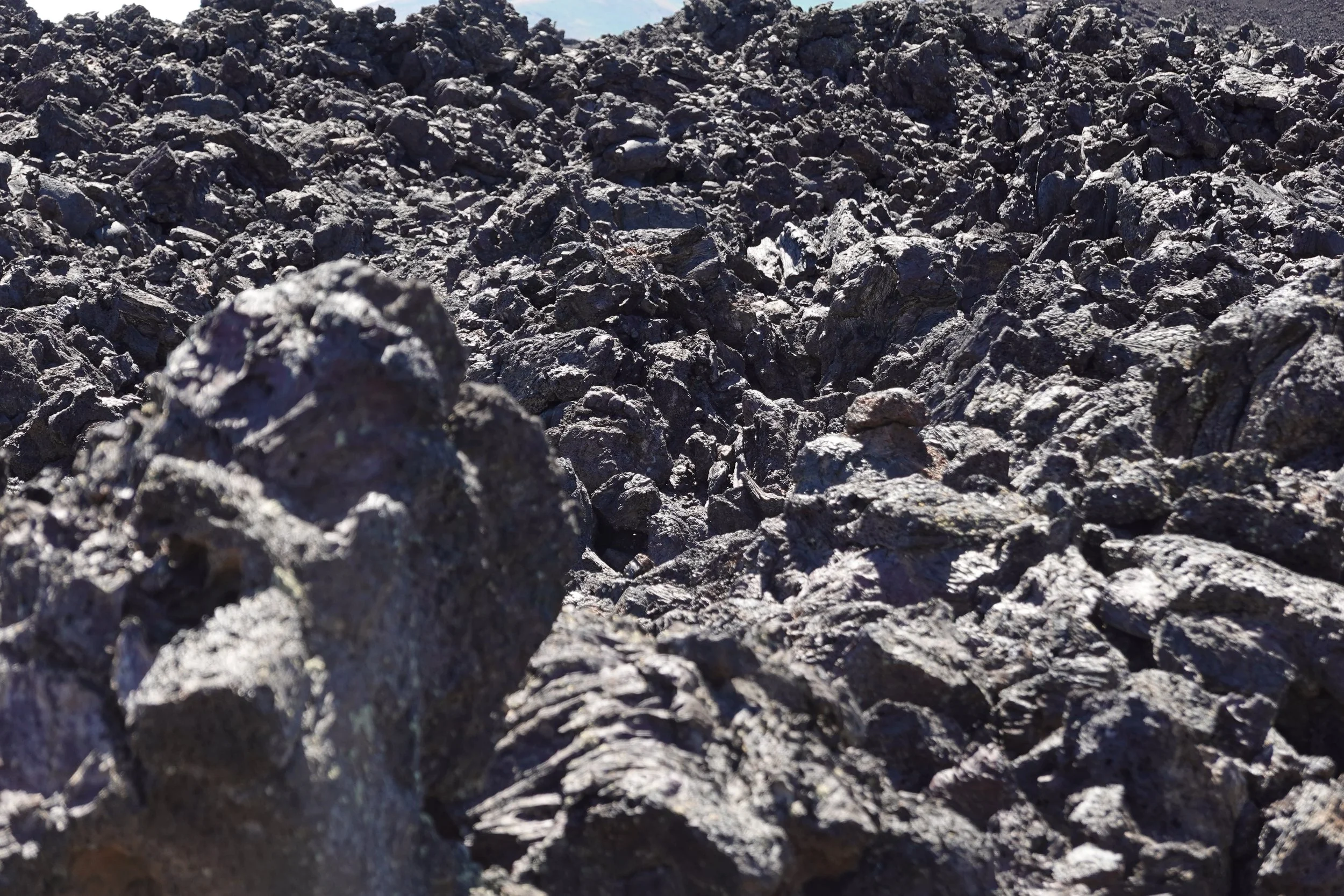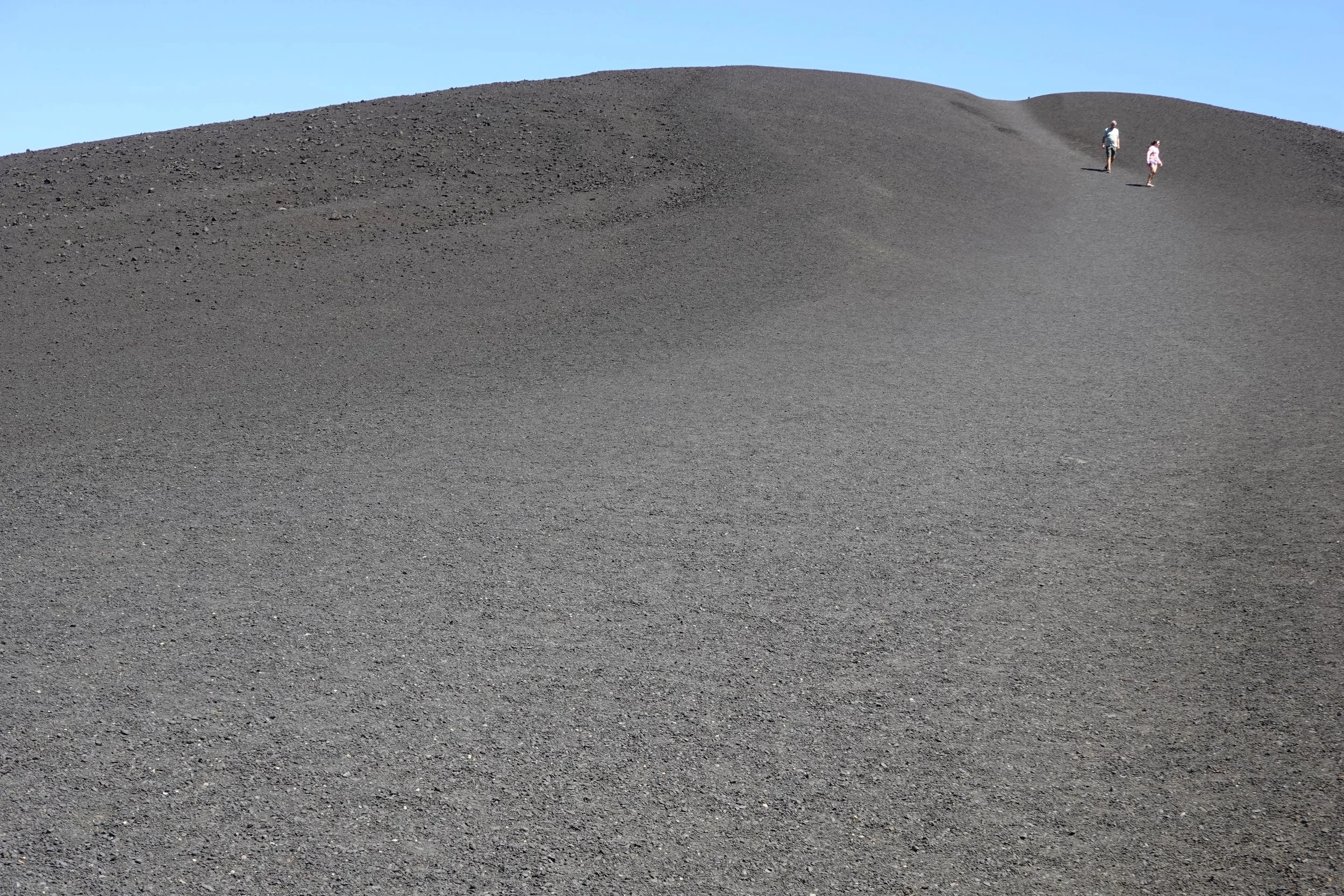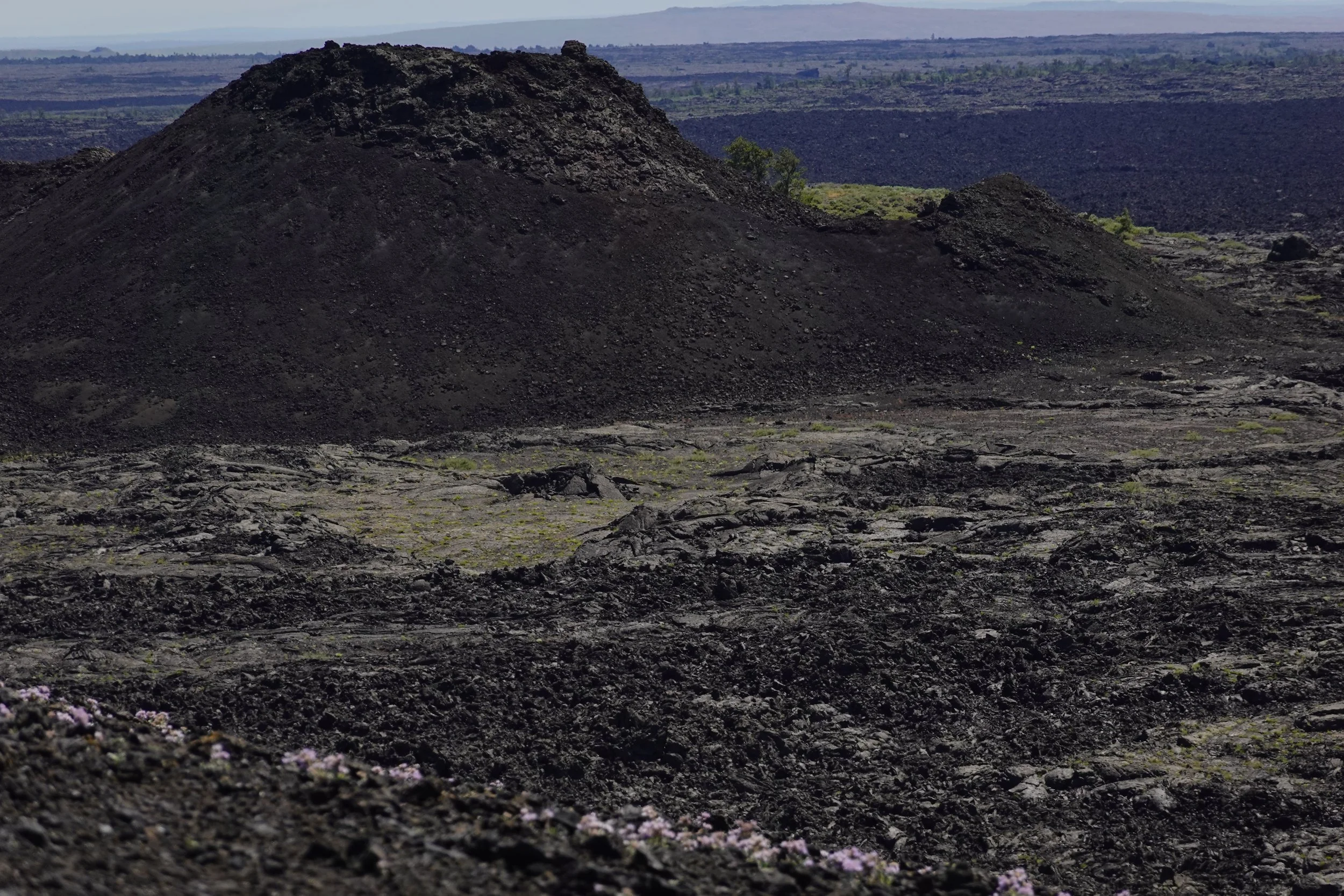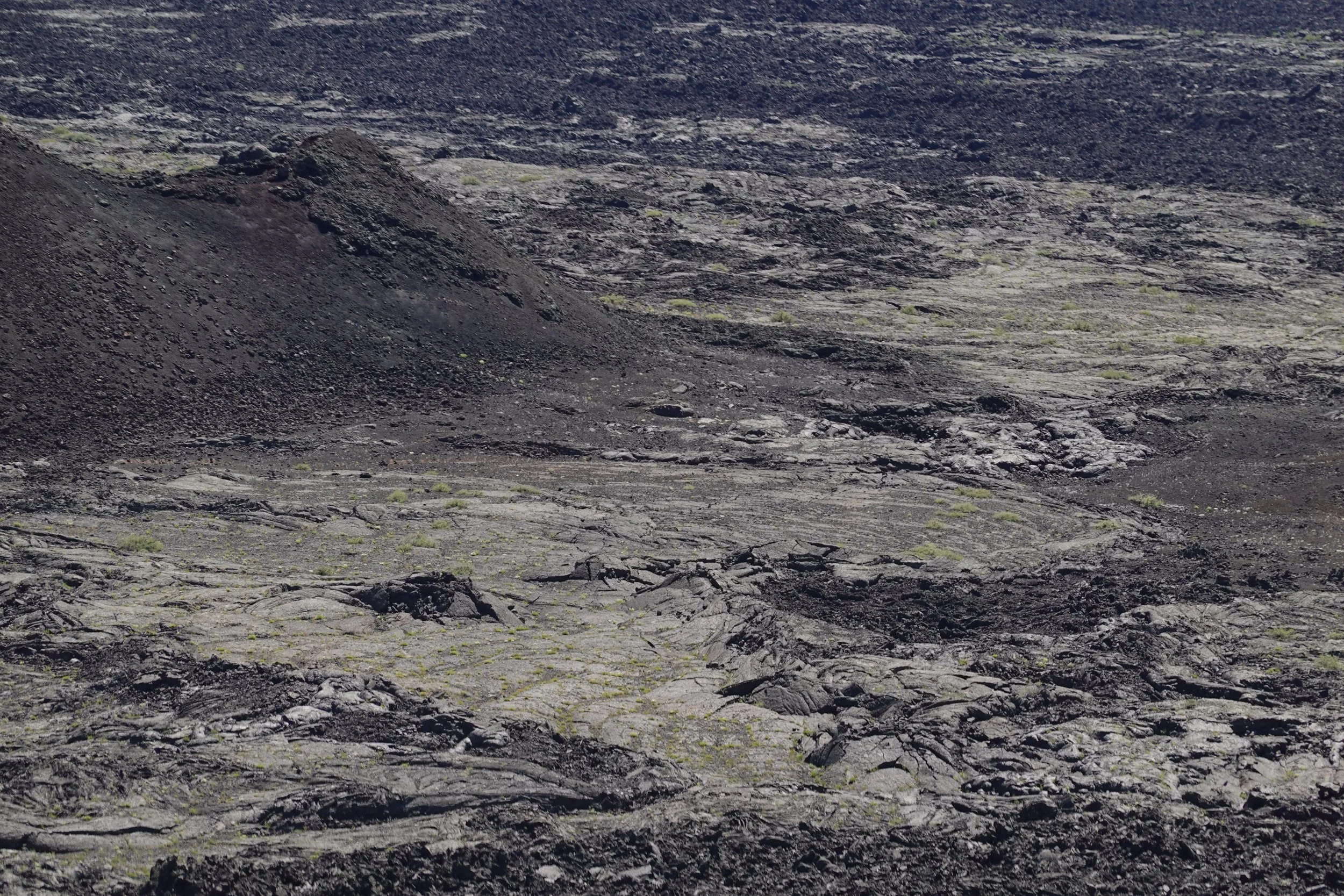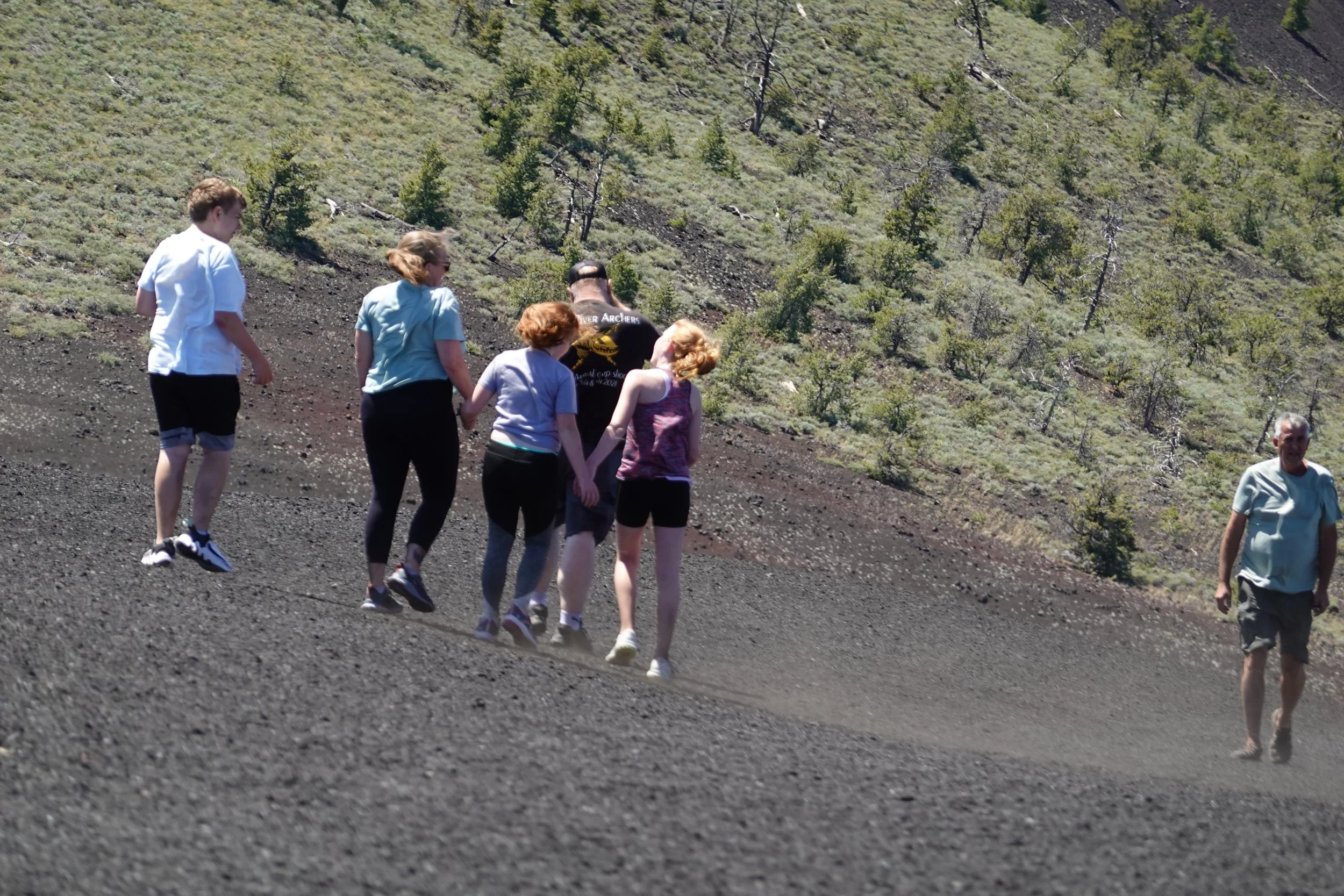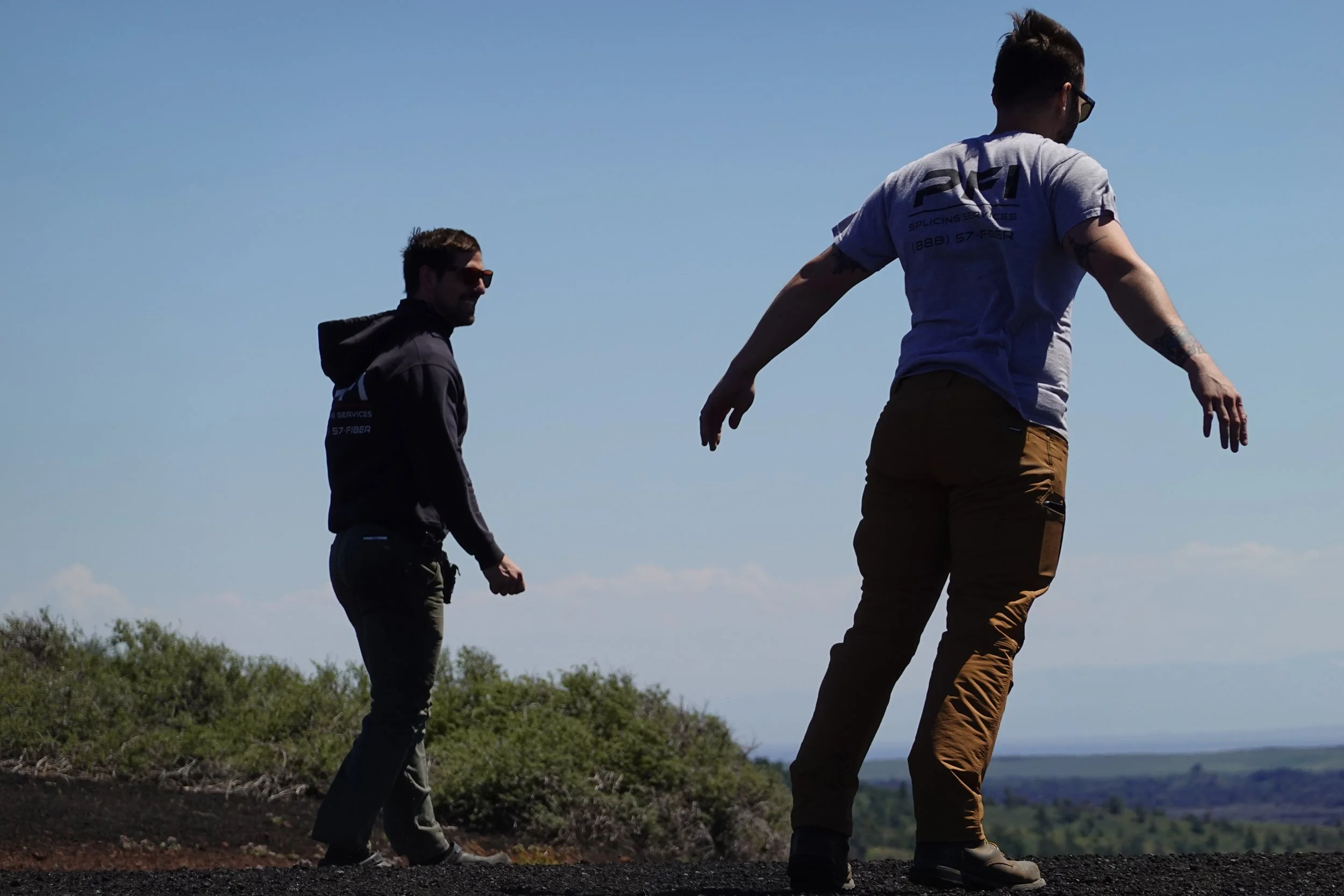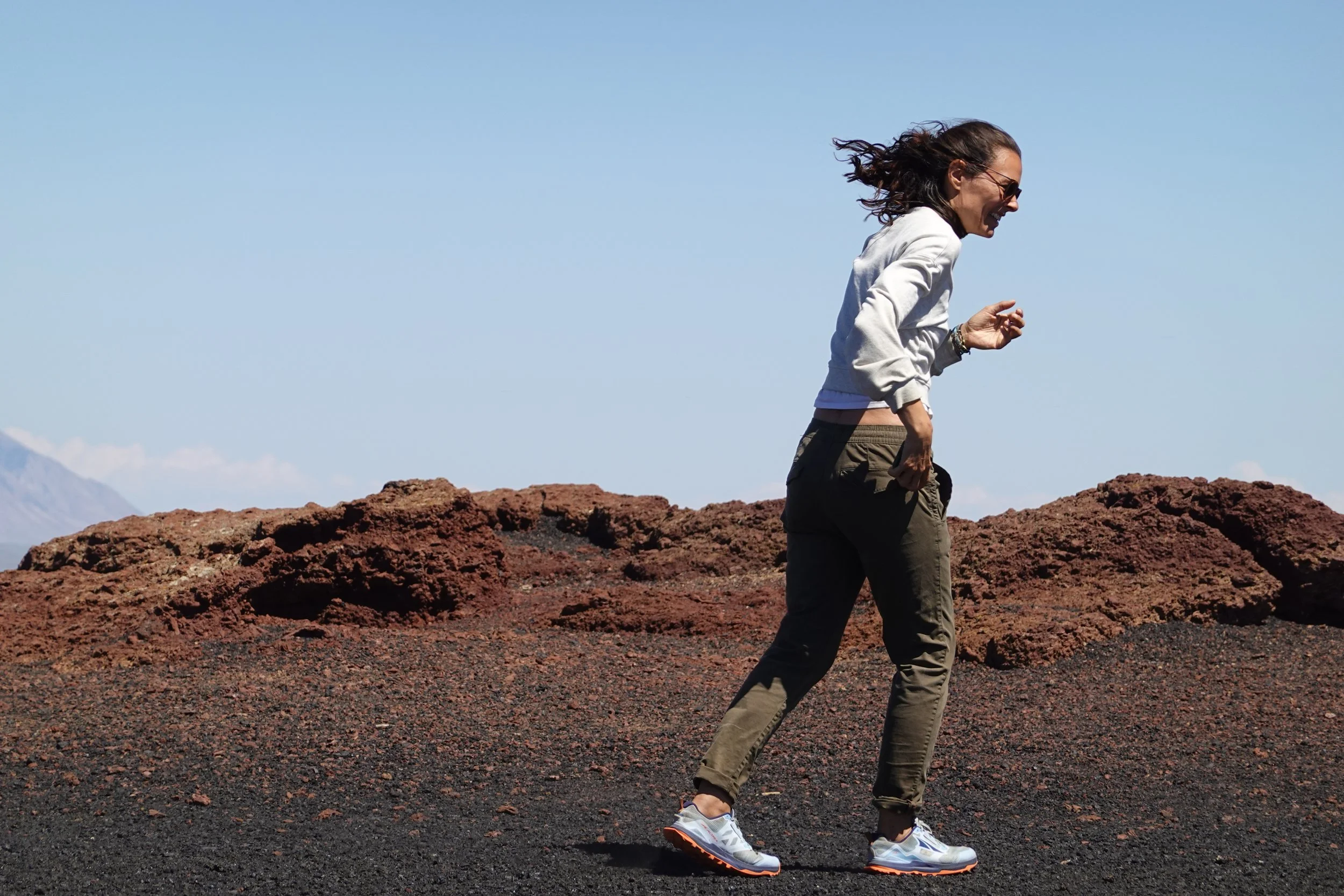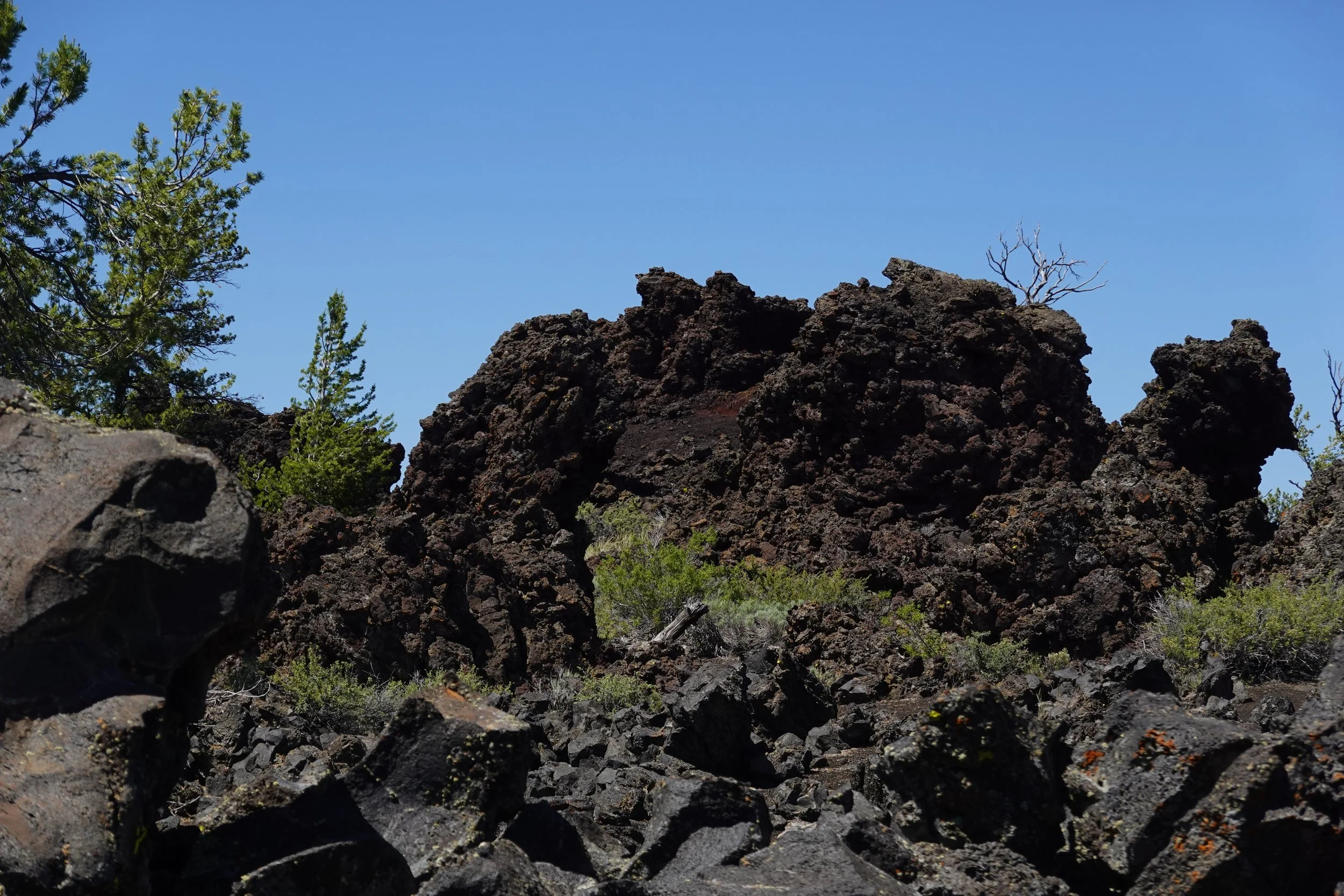Cambridge
Cambridge is nestled in a valley of the rolling hills of rural Idaho, one of those small American towns that the county highway passes through, where you gradually slow down from 55 mph to 45 mph to 35 mph and eventually, 25 mph as you cruise through the main drag. It feels natural, organic as if the road itself invited you to pull over for a break, a pause and a deep breath to refocus on the world around you. Established in the early 1900s as a ranching and agricultural hub, time here moves slow, like the shadows of a hot summer day. It seems to have proudly held onto its roots and keeping that small town way of life where store owners sweep the sidewalk in from of their small business, where families gather at the town diner and friday nights come well earned .
And nowhere is that charm more evident than at Loveland's General Store, a place that could easily be the poster child for small-town America. Walking through its doors instantly put me back home growing up as a kid, a virtual reality time capsule, a blast from the past boasting a full Hotwheels section, those paddles with a ball attached from a string that i never figured out how to bounce for more than maybe 5 times, old skool watermelon Laffy Taffy flavor, that had those little black candy seeds scattered throughout the green rectangular strip of taffy, cans of pork and beans the size of Nicole’s noggin and one hell of a Cambell’s soup section, where all the cans lay horizontal and when you grab the bottom one, all the cans above it violently fall, filling the newly opened space.
Sawtooth Range
I had been wanting to visit Idaho ever since hearing it is what Colorado used to be like before its small mountain towns were swallowed by boutique storefronts and neighborhoods lined with vacation homes occupied for a handful of weeks each year. Where during the slow season it might take 3 minutes to drive from one side of town to the other, but in peak season you could find yourself on the same road sitting it stop and go traffic for 45 minutes. I’m no Colorado native, but there’s a difference between shopping at City Market and Patagucci or seeing the wildlife vs feeding the wildlife and im pretty sure those bald tires are not going to make it up that hill.
The sawtooths of Idaho contain not one Starbucks nor a single fast food restaurant and the biggest town is Ketchum, with a whooping 3,000 residents and home to the only ski resort, Sun Valley. The rest is silent mountains, winding rivers and forests that could give a shit about you.
We took our time crossing from Boise to Arco, a quiet five-day journey without hurry or agenda. We stopped where it felt right, from slamming sourdough flapjacks at a roadside café, The Sourdough Lodge, to soaking in natural hot springs hidden along the bends in the river and watching the occasional rafters and kayakers bounce their way along the whitewater.
Our first night in Idaho was quiet, until it wasn’t.
Just as we were beginning to slip into sleep, a sound sliced through the stillness. Shorter than a fart, but long enough to detect. It was unmistakable: the crisp crinkle of a wrapper being nibbled. My ears perked up like a startled dog. I held my breath, unsure if I’d really heard something or if my brain was simply weaving stories in the dark. A long, peaceful silence followed, enough to convince me I’d imagined it. But then, again, the telltale the pucker of plastic packaging penetrated the peace once again. A rhythm ensued, silence-noise-listen.. silence-noise-listen…silence-noise-listen. Over and again, until I eventually fell asleep. I went through my morning rituals thinking about it, unsure whether I was hearing things or not.
However, the next night erased all doubts. Just as we were falling asleep, the mouse noises returned only this time frequent enough that it was brought to the surface.
“You hear that?” i asked nicole
“Yes, i heard them last night too”
“Fuckers”
Headlamp on, i scrounged beneath the bed and rifled throughout the car, looking for a mangled hole in some wrapper, a tiddly droplet of turd or tiny trail of crumb. Nothing. I laid out some sacrificial crackers and found my way back under the covers, holding my breath and the silence of the night. And then, right on cue, just as sleep began to pull me under, the scurrying returned. Louder now. Purposeful. This wasn’t a passing-through. They were scouting, staking claim, sending a silent, whiskered declaration: we’re here now.
With nothing left to do, I slid in my foam earplugs and let the sharp rustling dull to a distant murmur, drifting into a shallow sleep somewhere between irritation and surrender, wondering, not without a hint of humor, just how many of us were sleeping in that vehicle.
Stanley
Stanley is a massive mountain town tucked beneath the jagged embrace of the Sawtooth Mountains. Despite its grandeur, it holds a population that barely crests 119 in the off-season, swelling only slightly in summer with the arrival of dirtbag raft guides and seasonal wanderers. There’s no boundary between the road and the sidewalk because there are no sidewalks. No pavement either, except for highway 21 running through it, all other streets embrace the timeless tradition of gravel.
Founded in 1919 and named after Captain John Stanley, a gold prospector who passed through the region decades earlier, Stanley began as a waypoint for miners chasing veins of silver and gold through the nearby Yankee Fork. Then later, as logging and ranching took hold, it quietly evolved into a basecamp for outdoor explorers, fishermen, and those simply trying to breathe a little easier.
With our nighttime visitors on the forefront of our awareness, today was for preparation. Since mice are nocturnal, there was no hunting that could be done during the day except the hunting down of mouse traps, which we found at the town’s one-stop-shop, the Mountain Village Mercantile, equal parts grocery store, hardware supplier, gas station and camping outfitter, serving as the town’s pulse, humming softly beneath the mountains. Afterwards, we made our way to Stanley Baking Co. & Café, what could be argued the warm, woody heart of the town.
The café looked like it was built with Paul Bunyan in mind, vaulted ceilings held up by thick, exposed logs, hewed and lacquered to a smooth amber shine. The air smelled of freshly brewed coffee and baked goods mingled with sweet mountain breeze drifting through the screen door, whose hinge squeaked and frame clapped shut each time someone passed through. Cups of coffee in local hand-thrown ceramic mugs stood like tall stumps before the patrons, its steam catching the morning light through the classic, 4-pane cabin style windows.
The seating was arranged by instinct more than logic, a sort of organized chaos that balanced itself. A smooth granite, diner style counter that seated 5-6 people comfortably looked into the kitchen, behind them, stand alone tables with rustic, sturdy wooden chairs, hewed and lacquered like their grandparent logs above them. A few booths hugged the far wall.
With out bellies full and mouse traps purchased, we followed a forest service road just north of town that winded its way up to a good thousand feet before bestowing a multitude of free campsites overlooking Stanley and the Sawtooth range. We chose one that was apparently so breathtaking, that just before sunset, as the sawtooths were being glazed with the sweet nectar of the golden hour rays, a small army of SUVs pulled up next to our site and from them emerged a bunch of nerdy looking older gentleman, clad in REI hiking attire and armed with comically large camera lens. The ringleader approached us, camera swinging from his neck like a pendant of authority.
“mind if we shoot a few frames?” he asked like a proud toddler who finally learned how to wipe his ass. “I’m a photography tour guide and this here is the spot I took all these pictures” he finished, whipping out his phone and showing us photos taken from this very spot, each one just slightly different from the last.
“Yep, its called Alpine glow, looks like cotton candy don't it? It’s rare. Only happens when the water molecules suspended in the air hit the fading light just right” he explained, pausing on a photo.
“Well i better get going, show these folks a thing or two about how to take a picture” he finally finished, giving us a wink.
He had them spread like a tactical team of marines, shutters clicking in manic bursts. The sound filled the hillside like a swarm of digital cicadas. They fired off a few hundred shots, crouched down, fired off a few hundred more, stepped to the right, and did it all again. We listened as they murmured to each other about aperture, shutter speed, focal length, how does one get laid. The guide scurried from one guy to the next, give a few tips, quick hump their leg and tell them what an amazing shot they just took. This circus lasted until we finished cooking dinner.
“Dinner time huh, what are ya having? Looks like grilled cheese. Oh yea, i know a grilled cheese when i see one. Well, we didn't get the shot, photography is much more than having a nice camera, you really gotta know the settings.” he finished with an air of noble aristocracy.
With mousetraps baited, loaded with cheese and tucked away throughout Ravie, we hit the hay. The sound of shutters still echoed faintly throughout the forest behind us and the Sawtooths reduced to a jagged silhouette on the horizon ahead. All that was left to do was wait. For sleep, and maybe, hopefully, the snap of a mouses vertebrae.
As always, we got a late start for out hike, but who else is going to slowly enjoy that morning poo?? We ended up getting burt as fuck, one of those sunburns that lasts a full week, but found some snow we were shooting for up in the alpine valleyas we reached Sawtooth Lake, cradled beneath the jagged spires of Mount Regan.
Arco
Originally named Root Hog, Arco was the first city in the world to be powered by nuclear energy. On July, 17 1955, for about one measly hour, a small research reactor called the Experimental Breeder Reactor-I located at the Idaho National Laboratory, provided all of the towns energetic needs solely from Nuclear power. Now, when i think of Nuclear energy, i imagine the two hourglass shaped cement silos from The Simpsons or a bunch of eroding 55 gallon metal barrels oozing green slime from rusty cracks and plastered with radioactive stickers, leaking into the ground, streaming and making hissing noises all the while. I thought it was the green slime that had been used to create energy, like the chemical reaction just produced energy and that energy went straight into large batteries or whatever the hell energy is stored as. However, that is not the case at all, rather the atoms of uranium-235 or plutonium-239 are split in a nuclear reactor, releasing a huge amount of energy in the form of heat, which is used to boil water and create high-pressured steam which spins a turbine, which is connected to a generator which converts this mechanical energy into electricity, which is then sent to power grids or directly to homes and businesses. Nope, no romantic boiling green slime, bubbling and churning in a huge cauldron with some black hat wearing witch stirring and casting spells into the abyss that just turns into energy, just hot water and turbines…
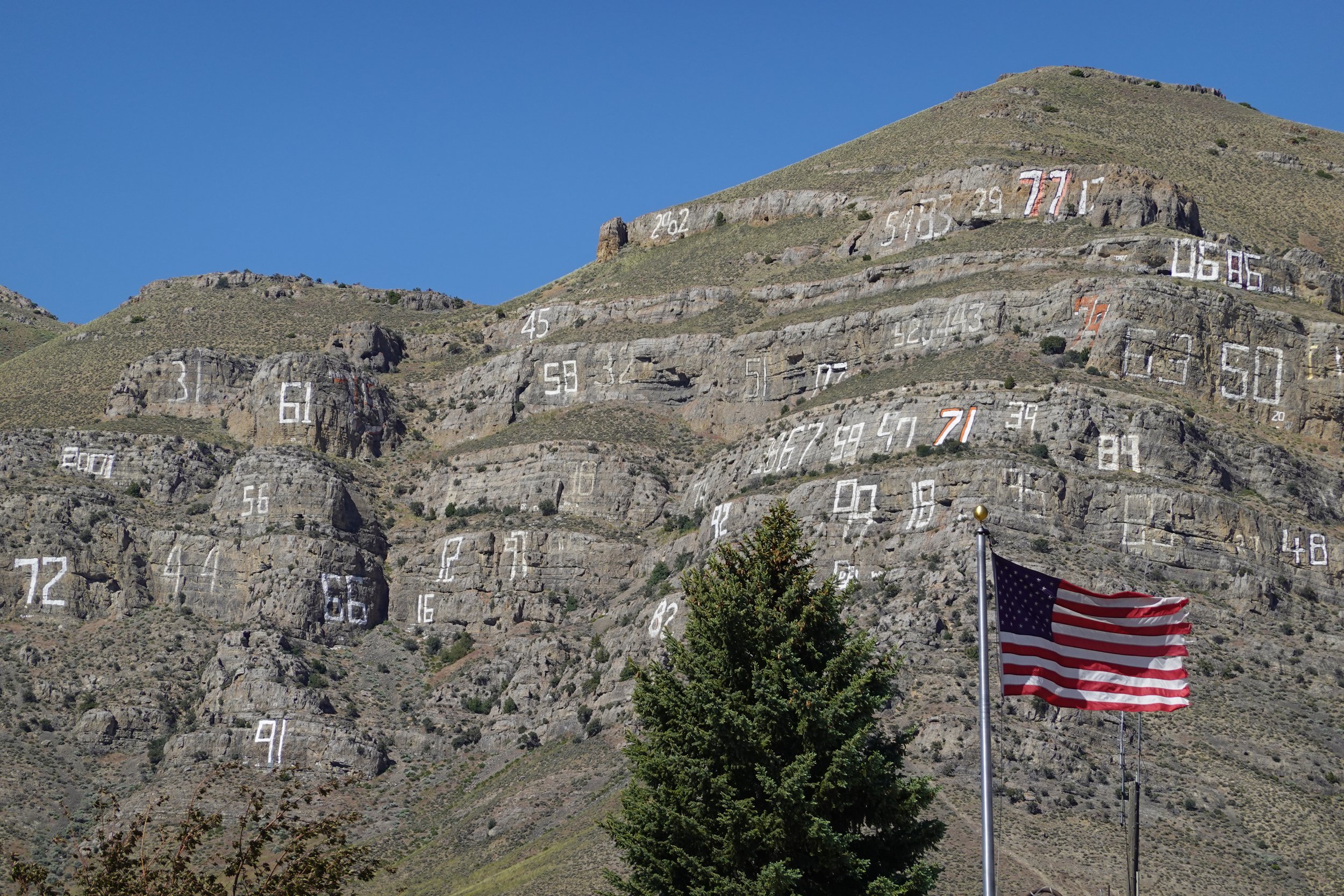

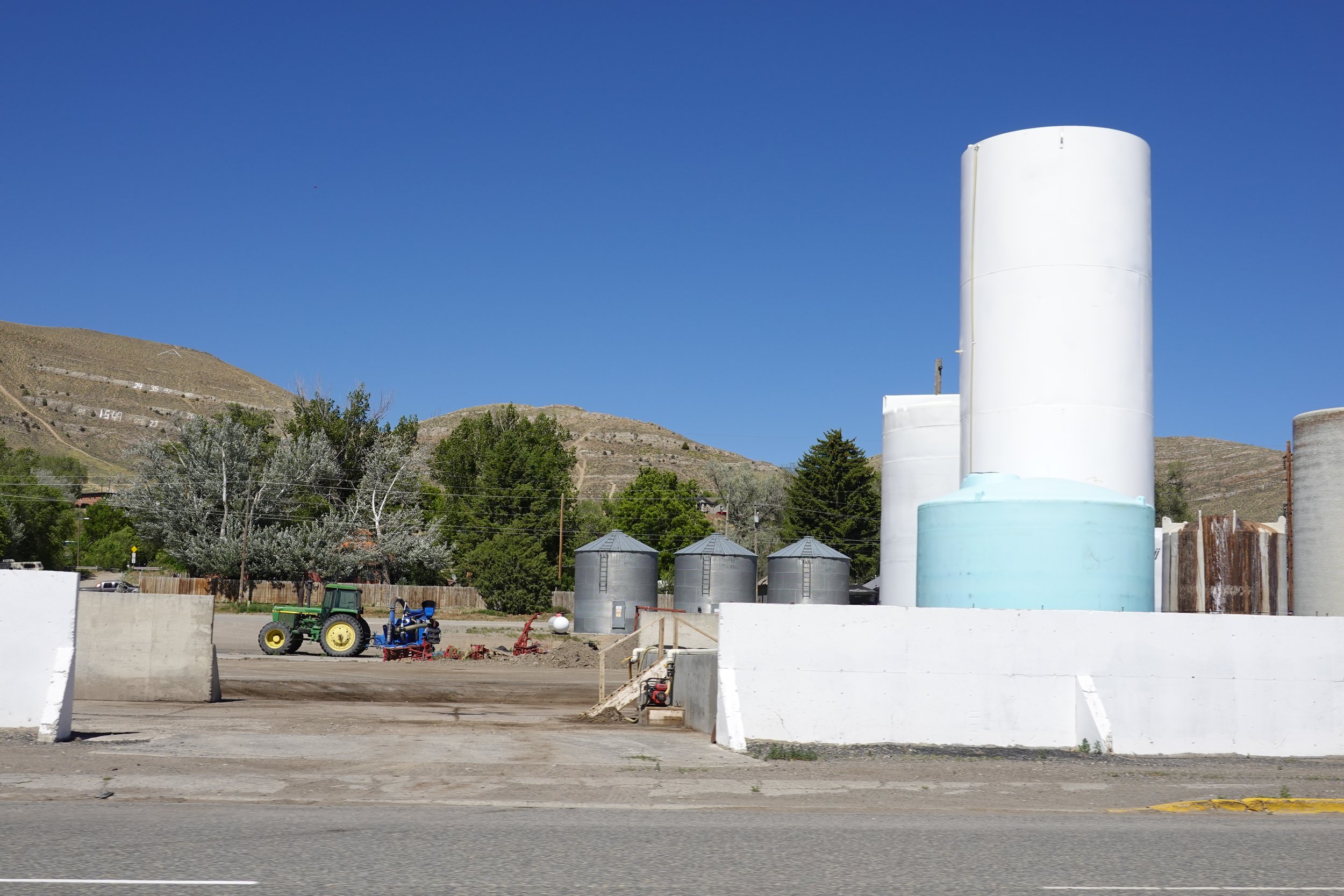
Craters of the Moon National Park
Craters of the Moon National Park was a volcano that never rose, rather it just lazily rolled around underground and scratched its belly, casually oozing lava from various fissures along a 52 mile long crack the Earth’s crust called the Great Riff. It spread its moon-like features over more than 600 square miles with basalt secretions that were so moon-like, NASA sent astronauts there in the 1960’s to train and learn before heading to the moon. Unlike their towering, orgasmic spewing relatives: the volcano, Crater of the Moon prefers foreplay over ejaculation, releasing its viscous semen throughout multiple phases over thousands of years, the last being just around 2,000 years ago, a relatively new feature for our mother Earth.
There were three types of lava to ooze each originating from the Hawaiian language:
Pāhoehoe (pronounced pah-hoy-hoy) – which means “smooth, unbroken lava” in Hawaiian. It describes lava that cools into a ropy, billowy, or smooth surface. It forms when lava flows slowly and retains its heat, allowing it to stretch and create rippling patterns.
‘A‘ā (pronounced ah-ah) – which translates to “stony, rough lava” in Hawaiian. It refers to sharp, jagged lava flows that form when lava moves faster and cools quickly, breaking into rough, angular chunks.
Komoiwannalaya (pronounced come-on-i-want-to-lay-you) – which translates to “going in and out or penetration lava”. It explains how when two lavas rub against one another or penetrate, the lavas get excited and invite other lavas to join, eventually trembling and spewing out large, rectangular chucks that, when exposed to oxygen, release spores like mushrooms and dissolve the negative energy in the air.

